Yesterday was ultrasound day.

The day began and ended very differently as far as weather. This is how I was dressed for morning chores, just has I have been for the last few weeks with the drizzly fog. The vets arrived at 9 and we got to work.
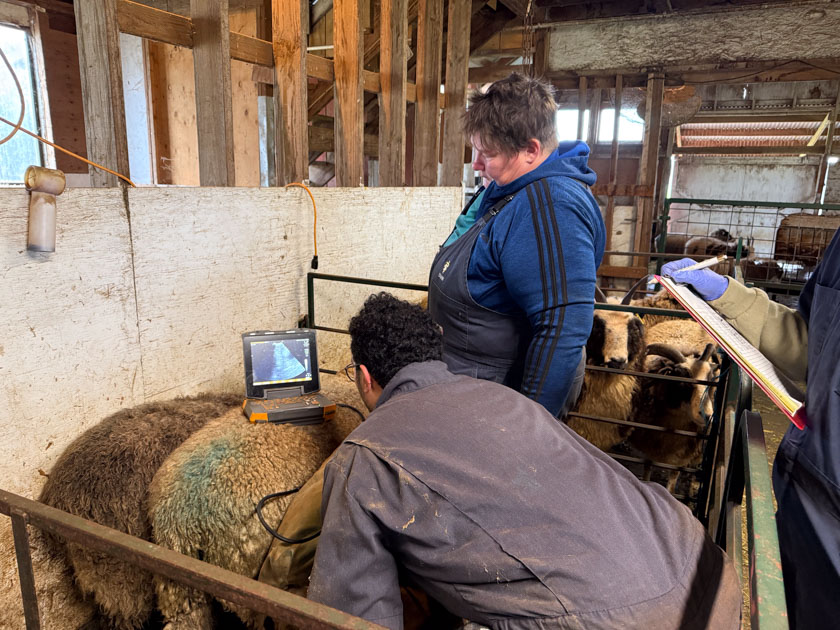
It’s worth it for me to be have confirmation of pregnancy, confirmation of due dates, and idea of how many lambs to expect. It’s not an exact science. I remember a couple of years ago when the prediction was two sets of triplets and there were eight! Some of it is about the timing of the ultrasound. Breeding season this year was from September 27 to November 11. We scheduled ultrasound day so that the timing would be right to confirm pregnancy for the sheep bred the latest. For those bred at the beginning of breeding season, the vets can certainly confirm pregnant or not, but may not be able to get an accurate count of the number of lambs because of the size of them at that point.
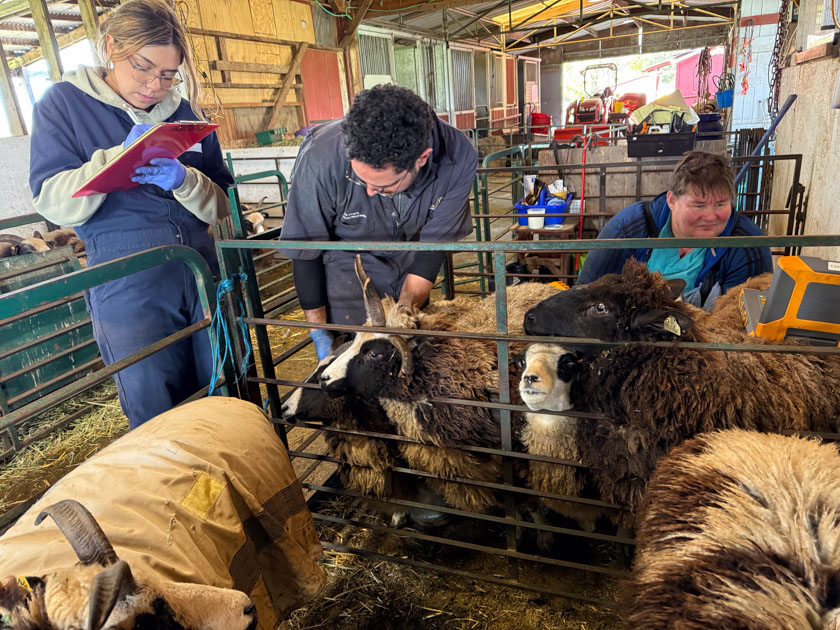
I gathered all the sheep in the barn and we put three or four in each lambing pen. When they are lined up four across it’s easier to keep them in one place, with the added advantage of a place to put the ultrasound unit.
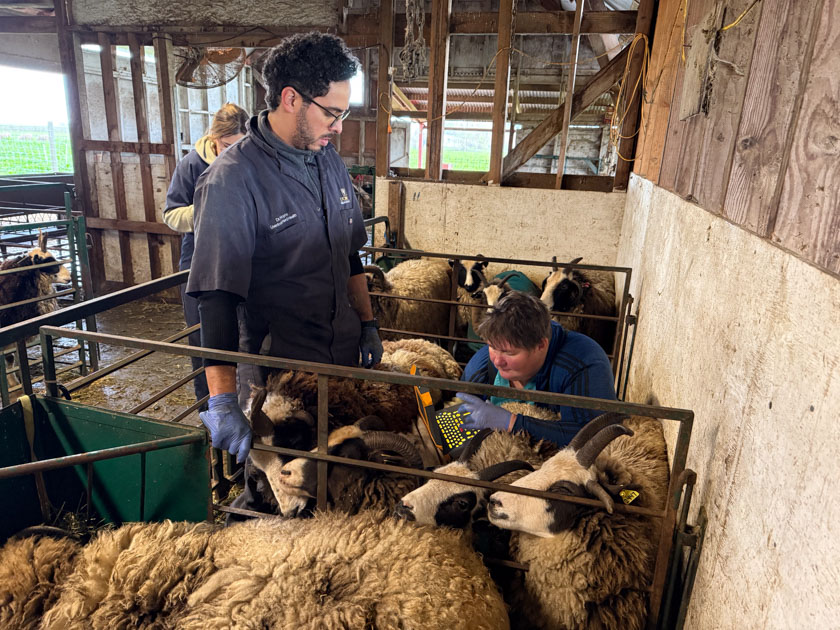
One of the vets is a resident, having earned his DVM, but getting additional experience and training. So the visit probably took longer because he was getting help from Dr. Smith and then she also double checked some of the sheep.

I took a few photos, but I sure can’t make out what is what. Whatever is important in this one is up in that top right part of the image.
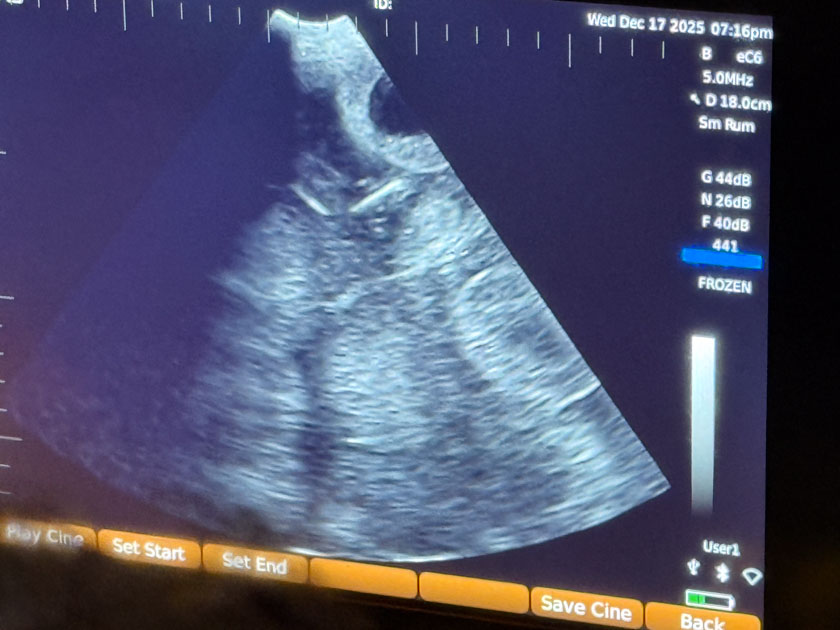
It’s what is in the upper part of this image that is significant but I can’t tell you about this either…
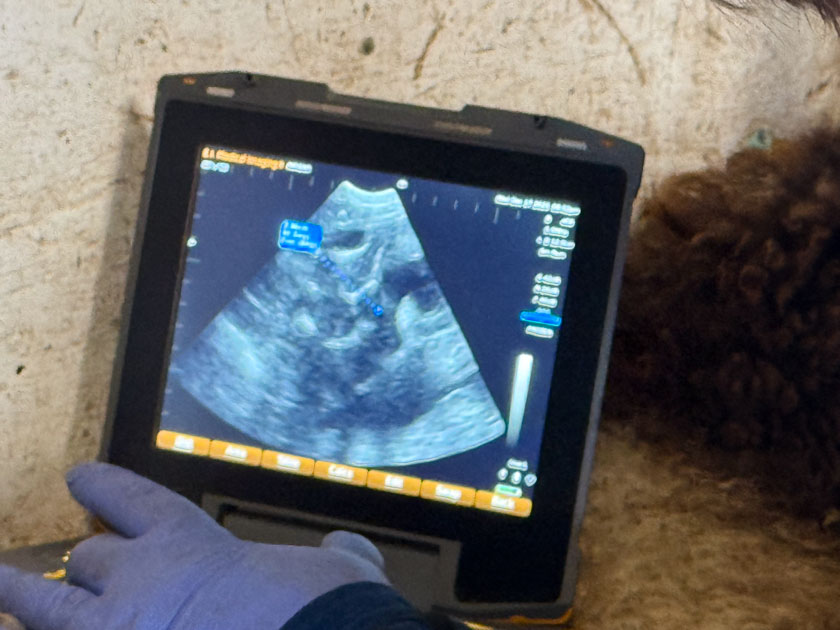
…or this one…
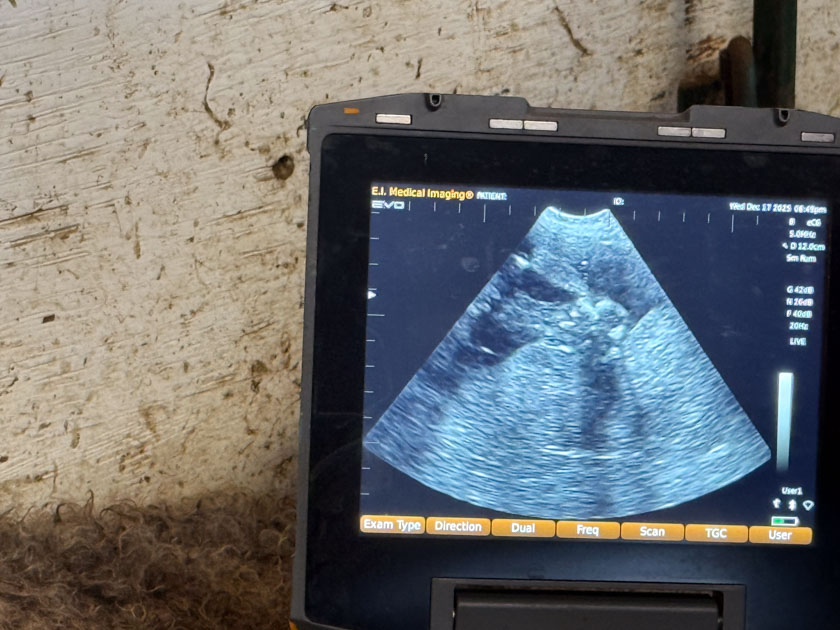
…or this one.

The sun came out–this was significant since it had been 23 days or so since we’d seen it! After the vets had left and I cleaned the barn I had to get out for a walk. The sheep that were Across the Road were moved a couple of days ago, but that is another story when I can get to it.

The vet tech wrote notes while they were working but this is how my spreadsheet looked when we were finished. Those people in Farm Club would recognize this as my breeding chart. Breeding groups are color coded on the left and dates are recorded as we go. (In case you’re getting a close-up look the dates on the left are hoof trimming, not breeding.) But all those circles and other notes are how I transcribed what the vets were saying. Fortunately I was able to take the vet tech’s notes and redo this spreadsheet, putting the rows into order of due date. That’s what we’ll refer to when breeding season starts.
One important item–when the rams got in with the ewes on September 1 at least one sheep was bred. The first due date is at the end of January while all the rest are due towards the end of February.

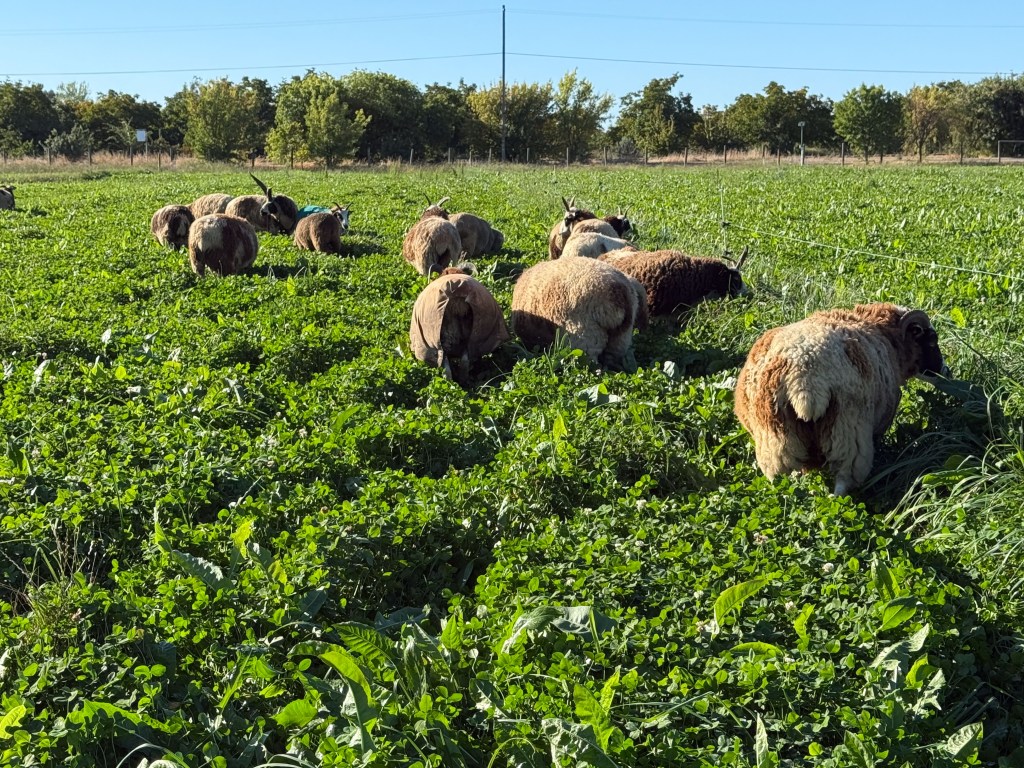


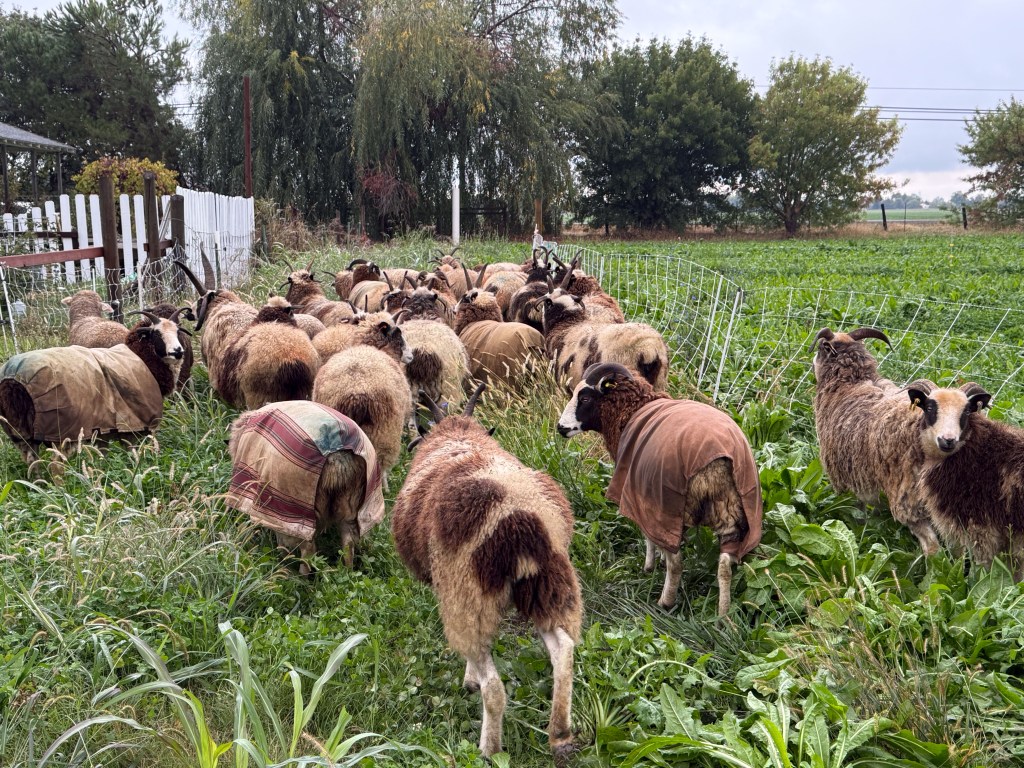
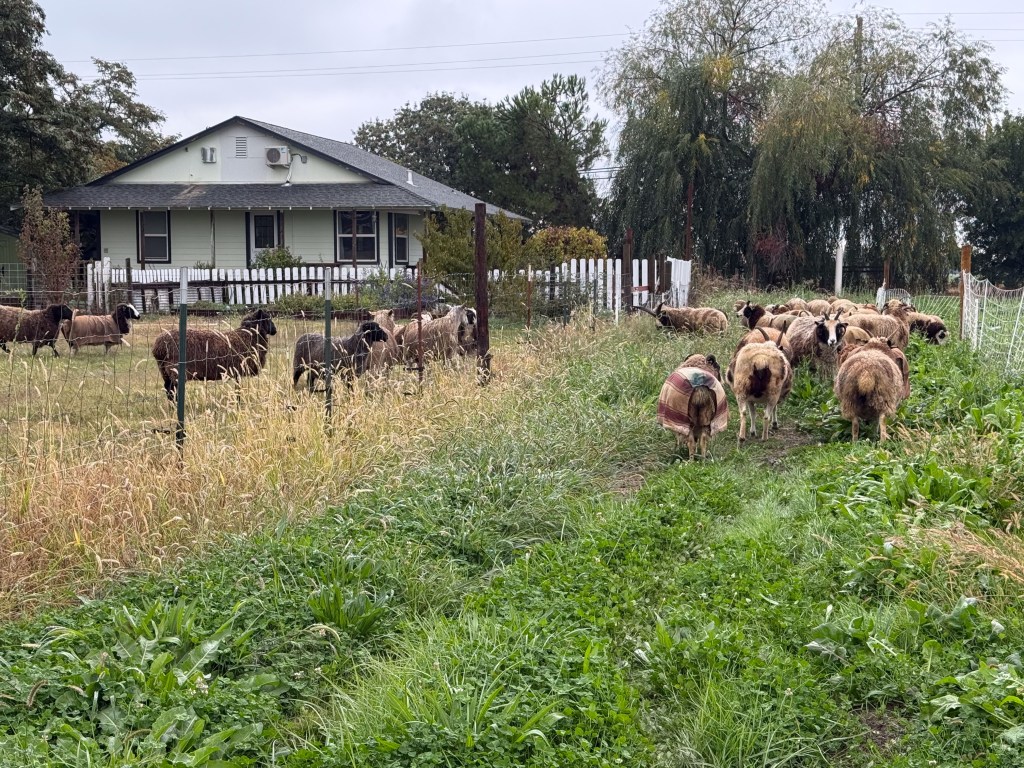

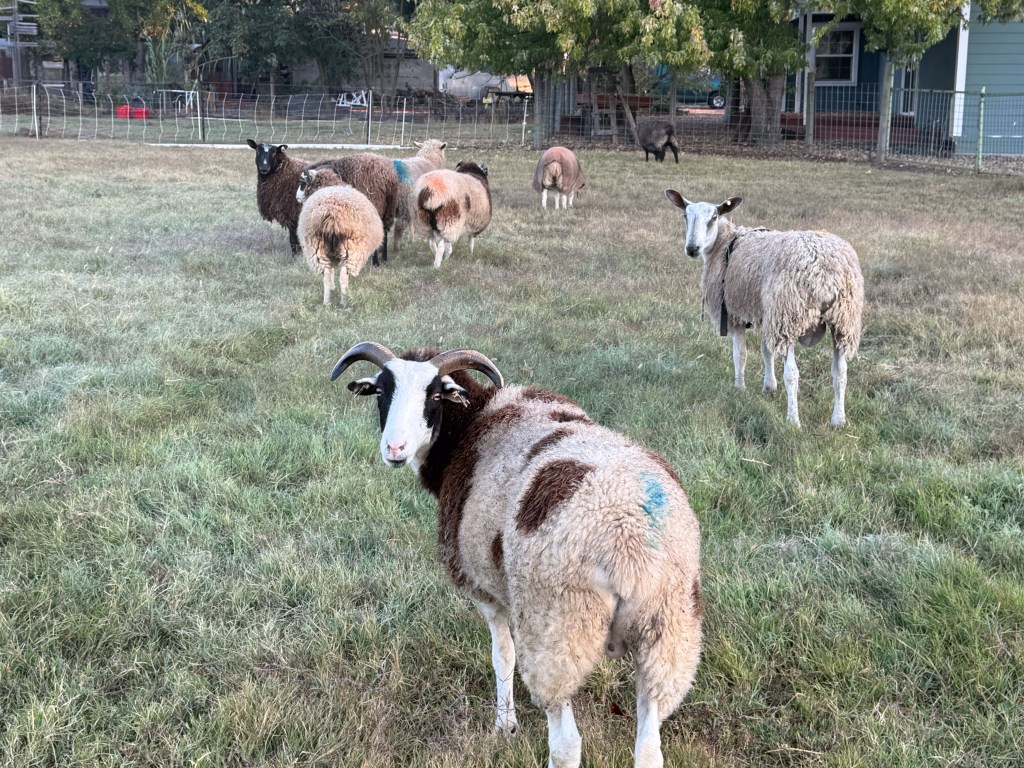
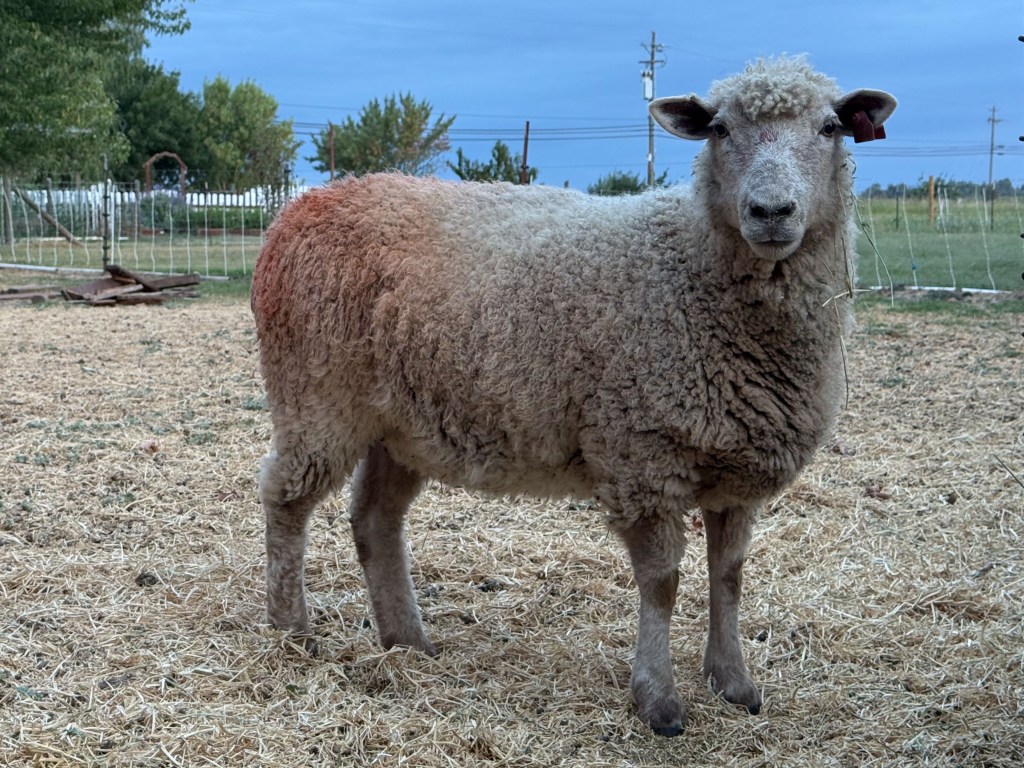
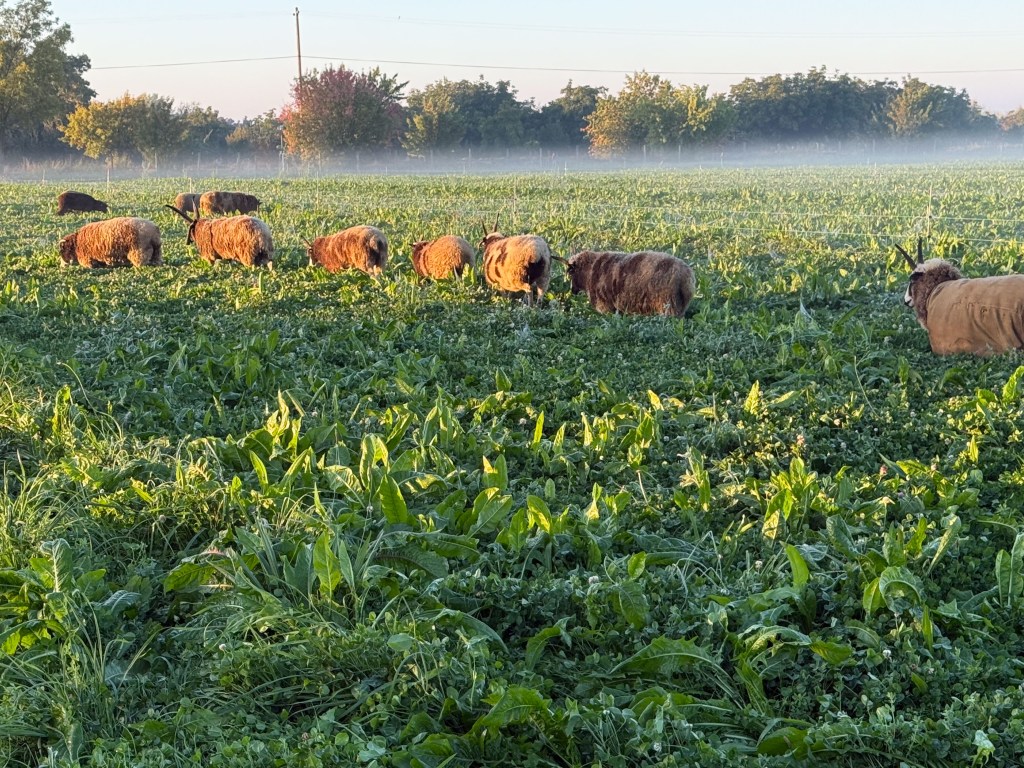



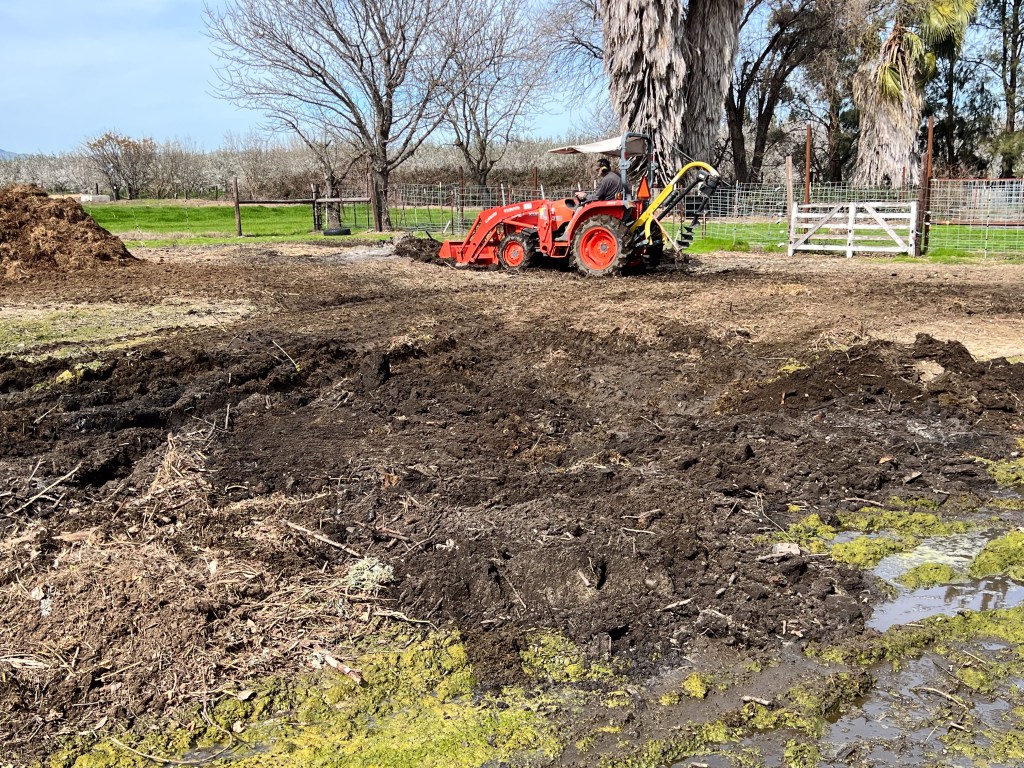





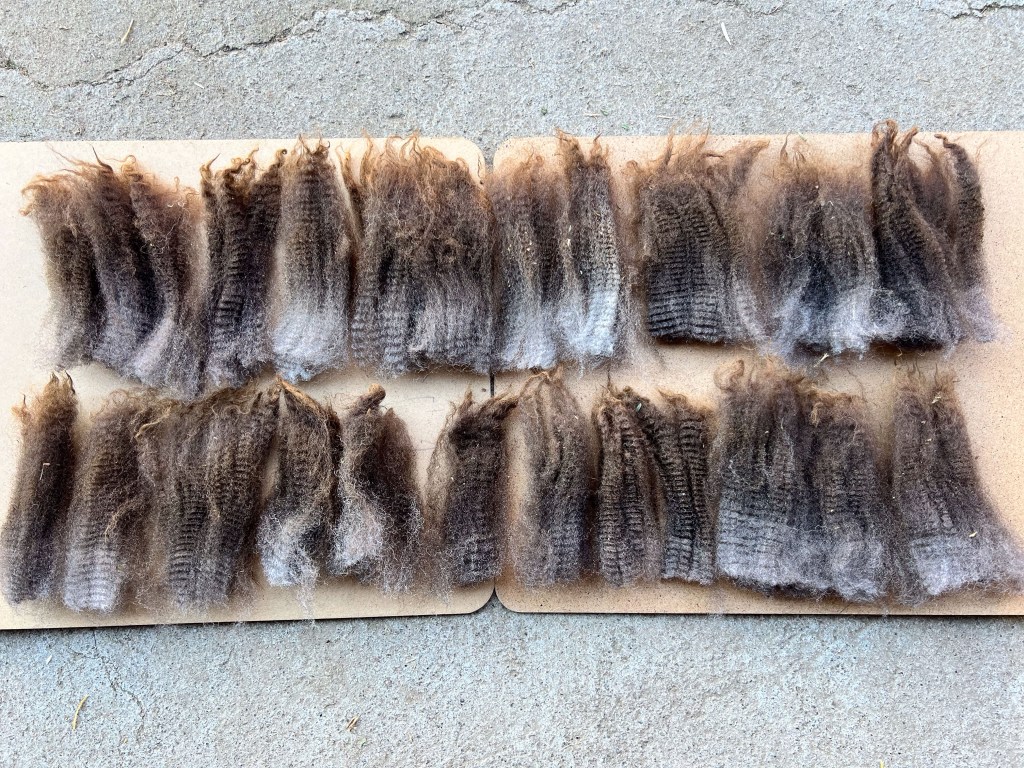

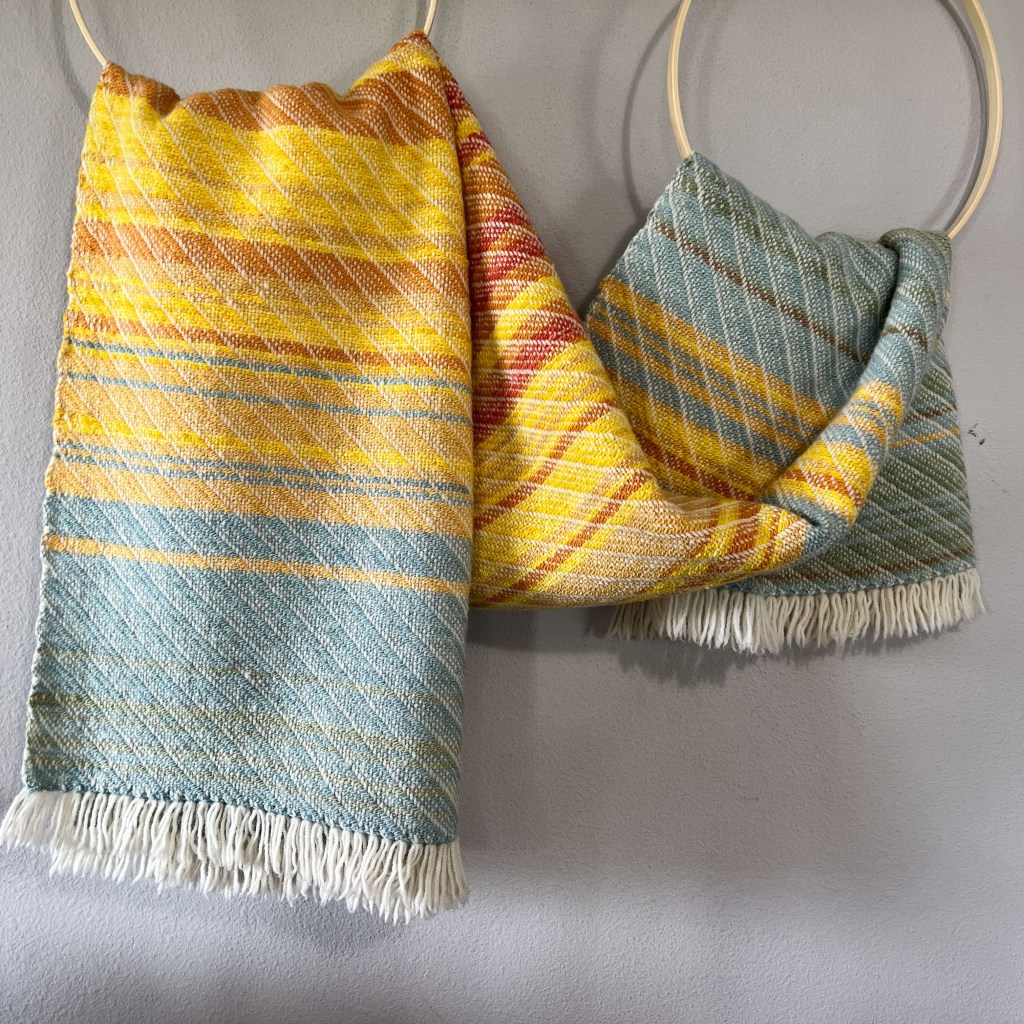
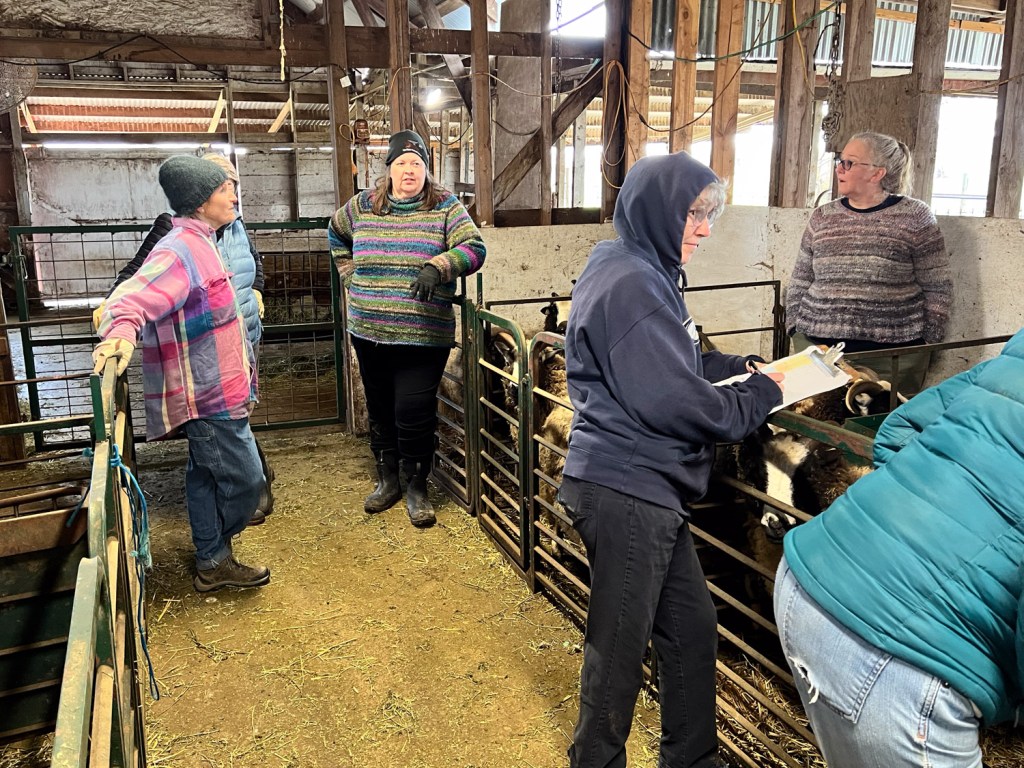

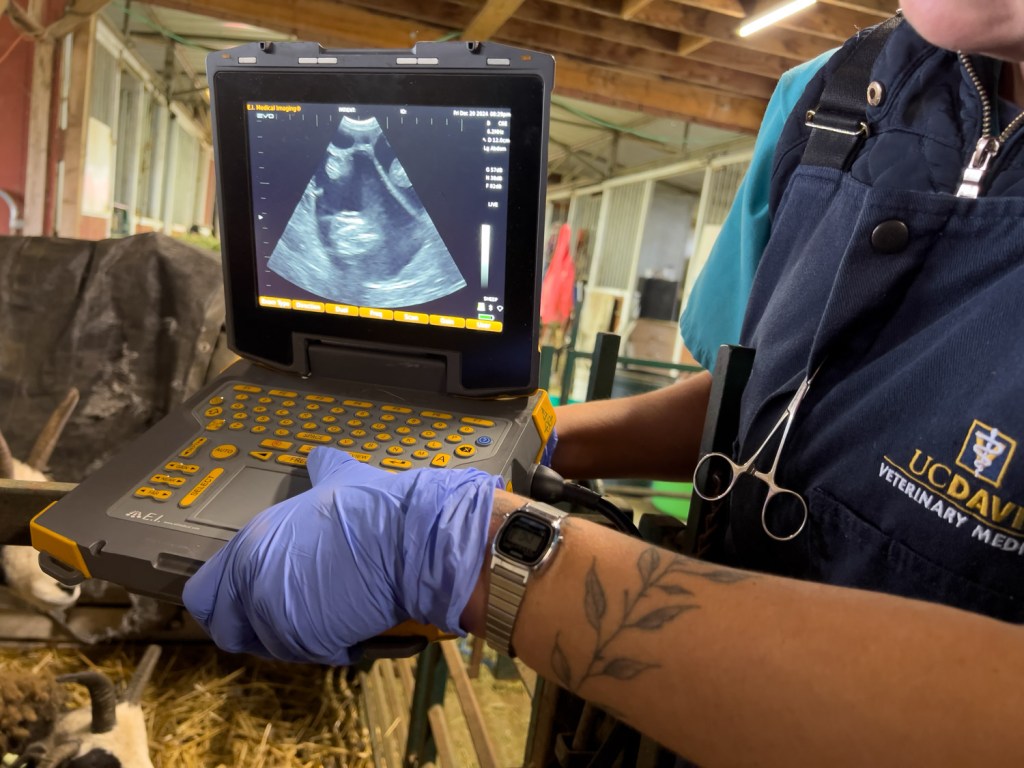


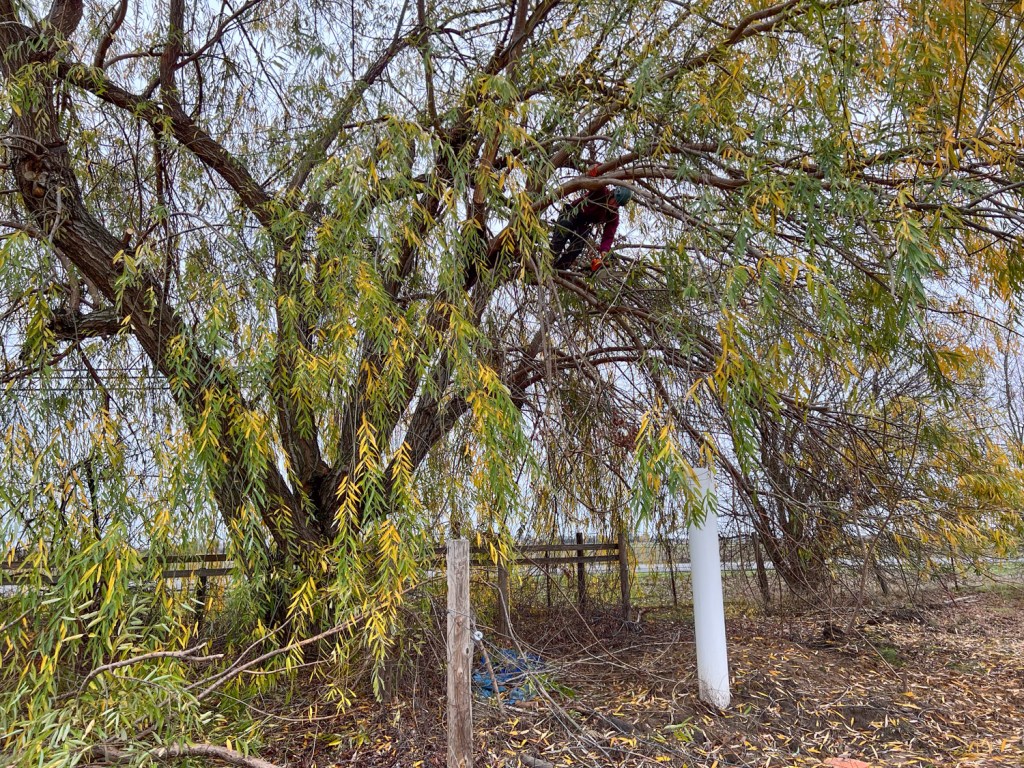

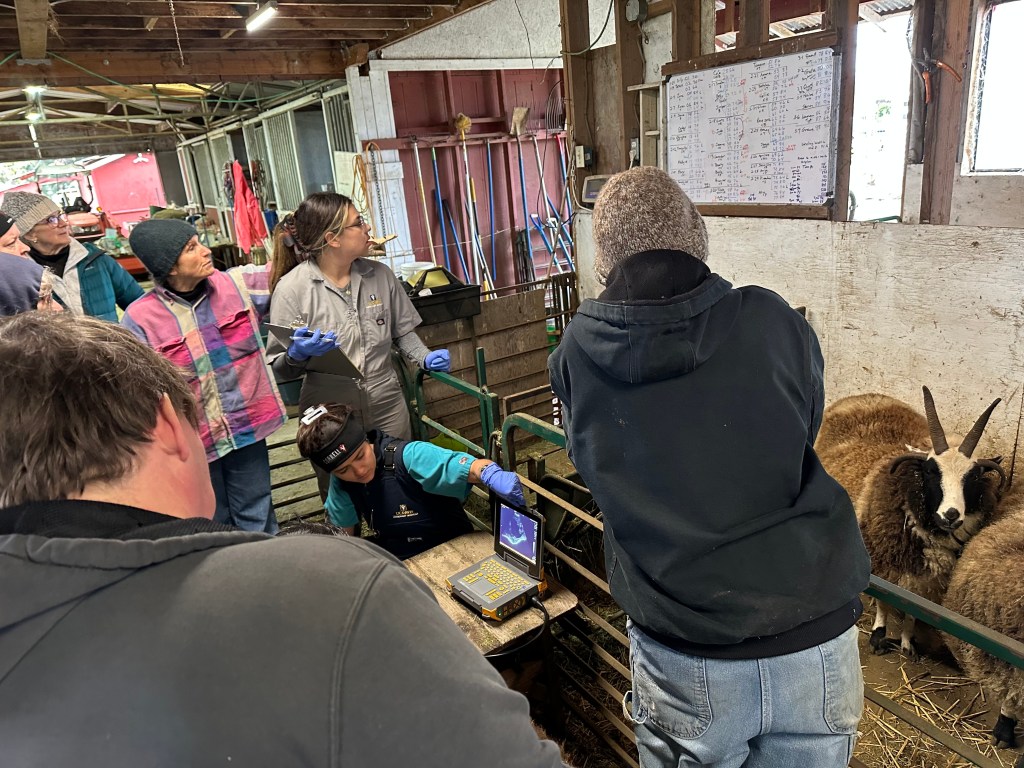

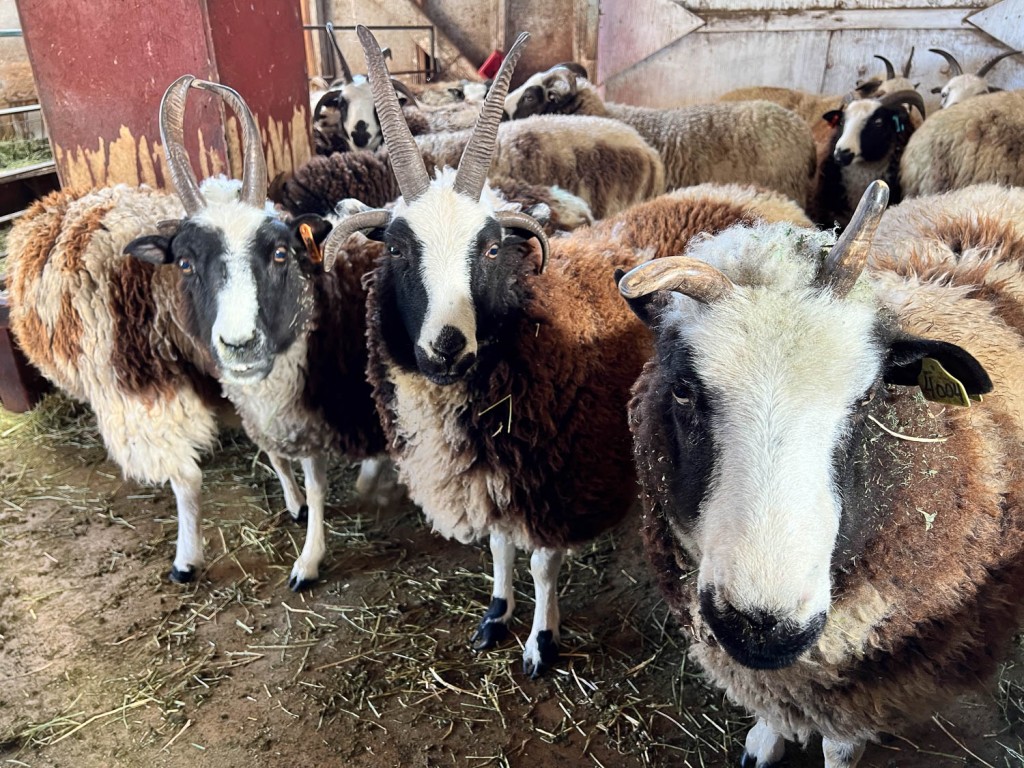

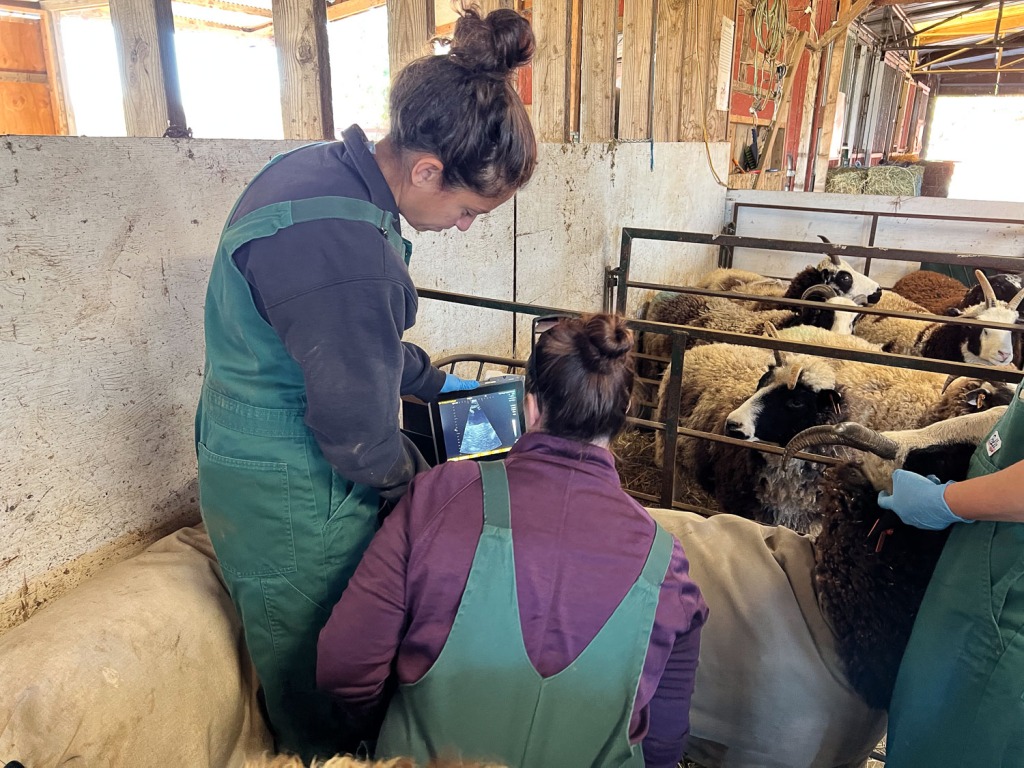

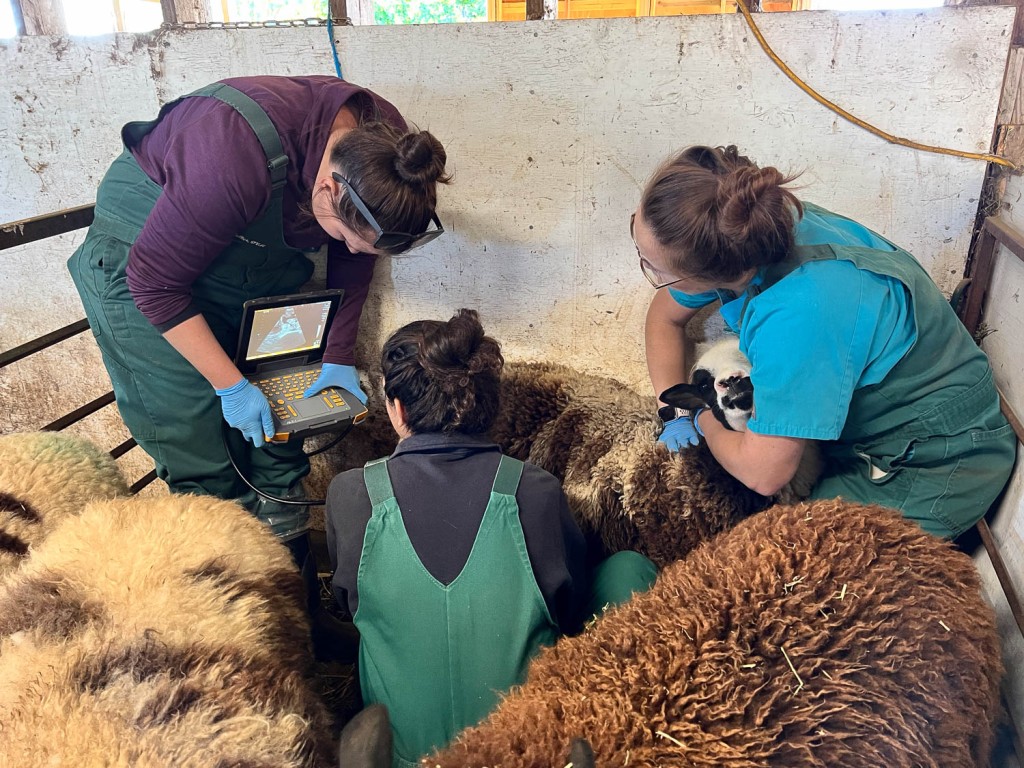


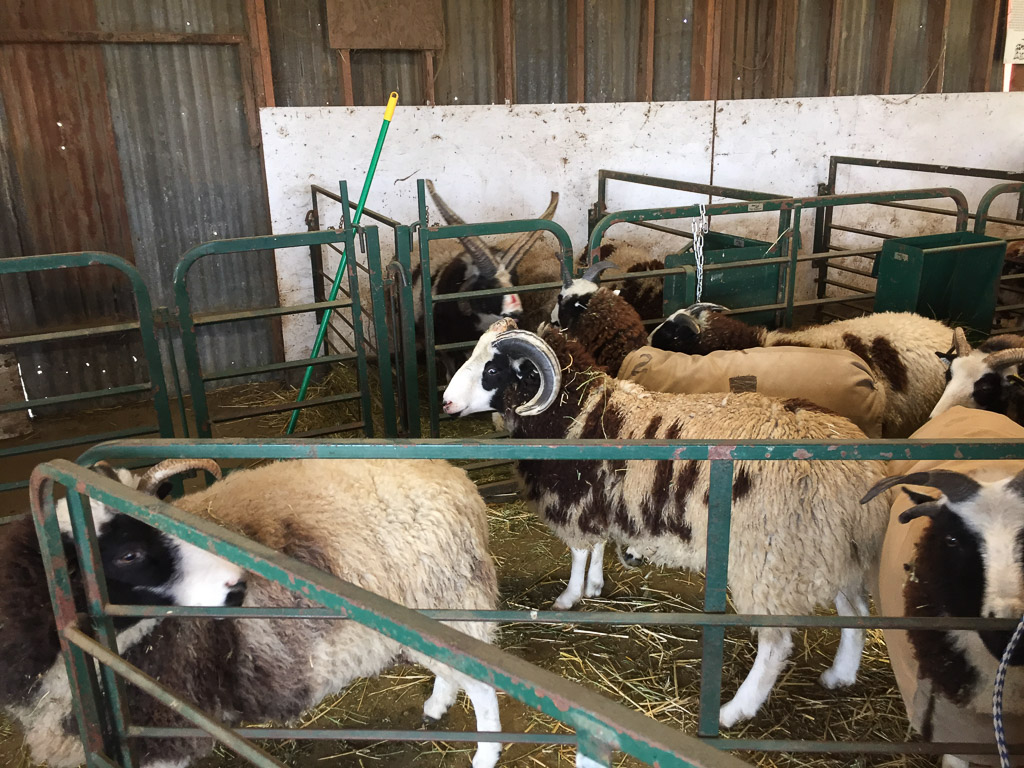 I brought the groups in one at a time and separated the rams. That’s Buster in the pen. His nose is already bloody because he was ramming the panel to try to get to Axle, the young 2-horn ram in the middle of the photo.
I brought the groups in one at a time and separated the rams. That’s Buster in the pen. His nose is already bloody because he was ramming the panel to try to get to Axle, the young 2-horn ram in the middle of the photo. Most of the ewe flock was back together now and that was Clark’s lucky day! That’s him in the background with his head turned away.
Most of the ewe flock was back together now and that was Clark’s lucky day! That’s him in the background with his head turned away.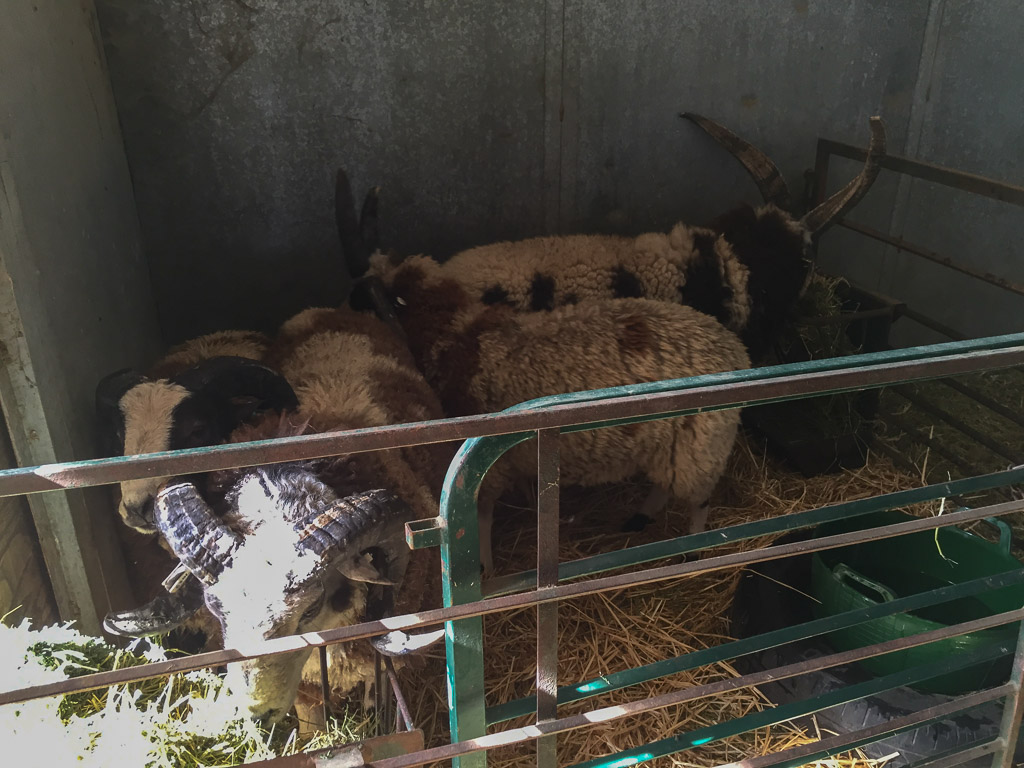 Meanwhile the other four rams went into their “buddy-up” pen. The point of this is that they are confined enough that they can’t do much damage. That doesn’t mean that they don’t hit each other but at least they can’t back up 10 feet and come charging.
Meanwhile the other four rams went into their “buddy-up” pen. The point of this is that they are confined enough that they can’t do much damage. That doesn’t mean that they don’t hit each other but at least they can’t back up 10 feet and come charging.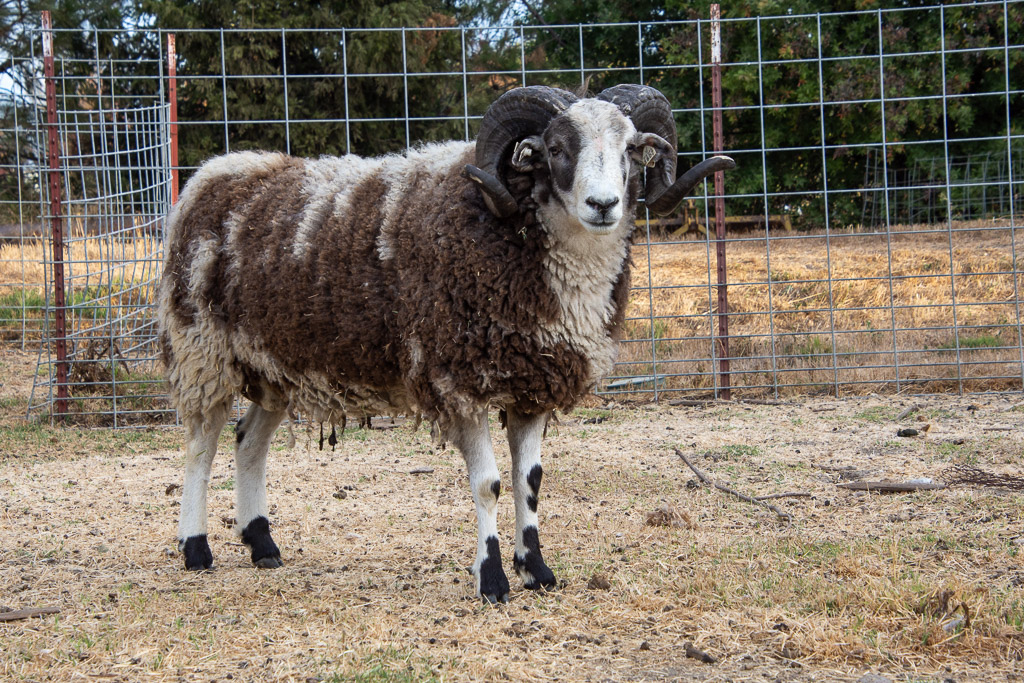 After a few days of learning to be buddies again they went back to the ram pen with minimal fuss. They all had figured out the pecking order. Cayenne (above) is #2.
After a few days of learning to be buddies again they went back to the ram pen with minimal fuss. They all had figured out the pecking order. Cayenne (above) is #2.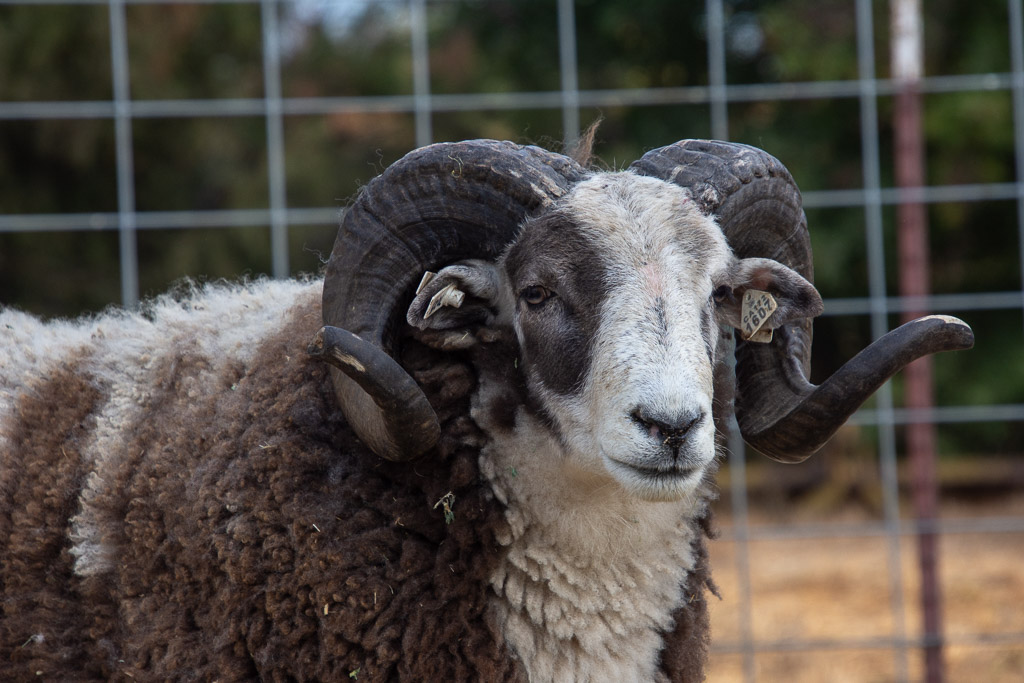 Cayenne. I love a nice two horn head.
Cayenne. I love a nice two horn head.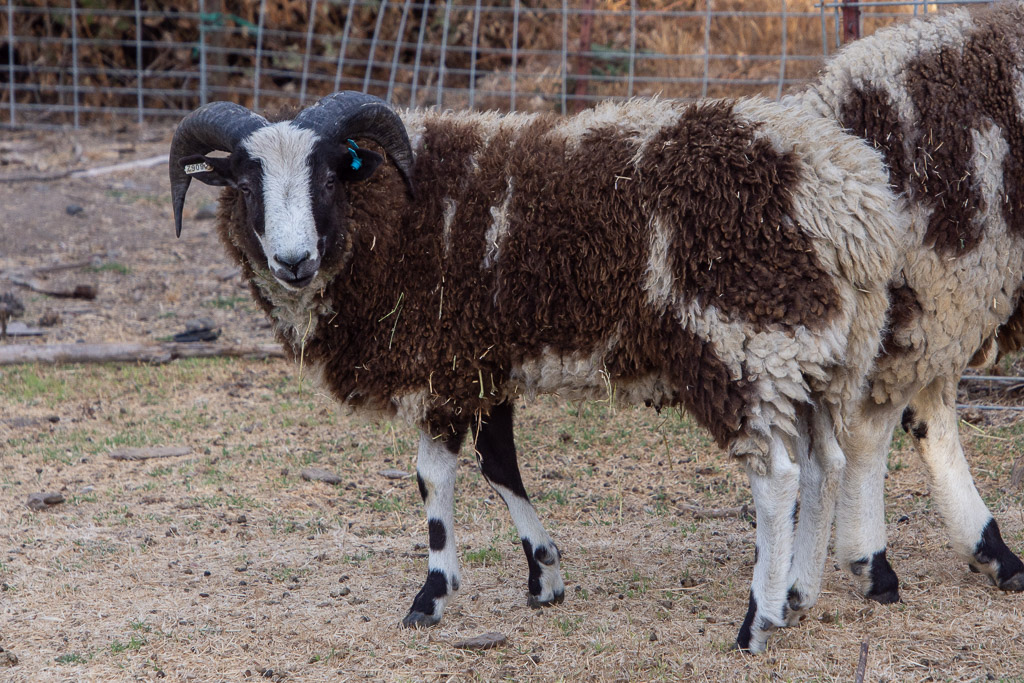 This is Spark, Cayenne’s full brother, born this year. There is the difference a year makes. Cayenne was born last year.
This is Spark, Cayenne’s full brother, born this year. There is the difference a year makes. Cayenne was born last year.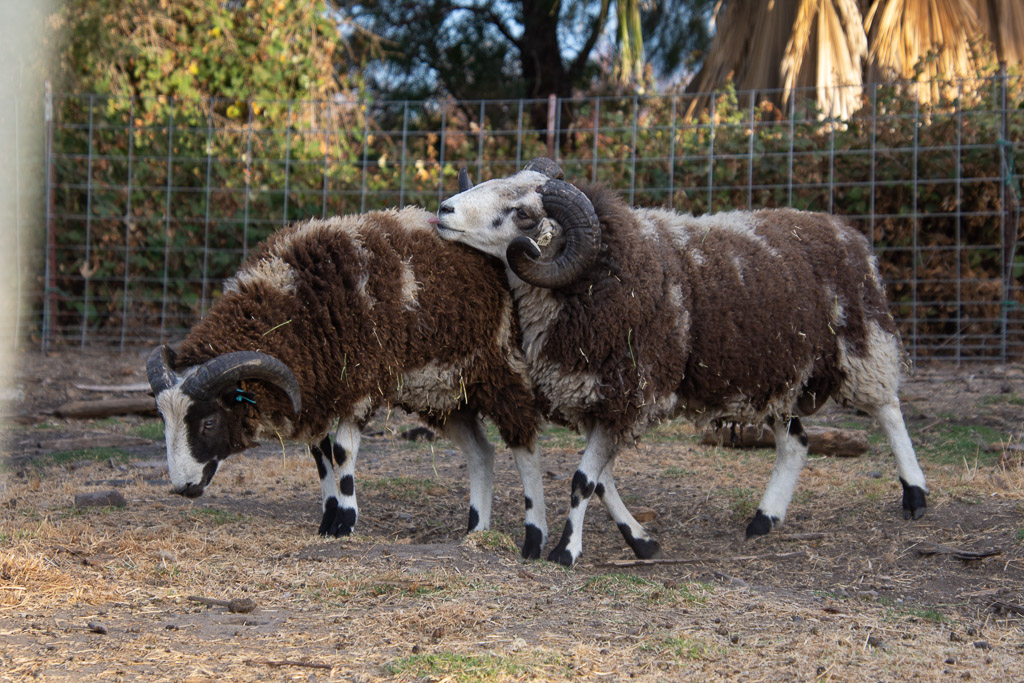 Brothers.
Brothers.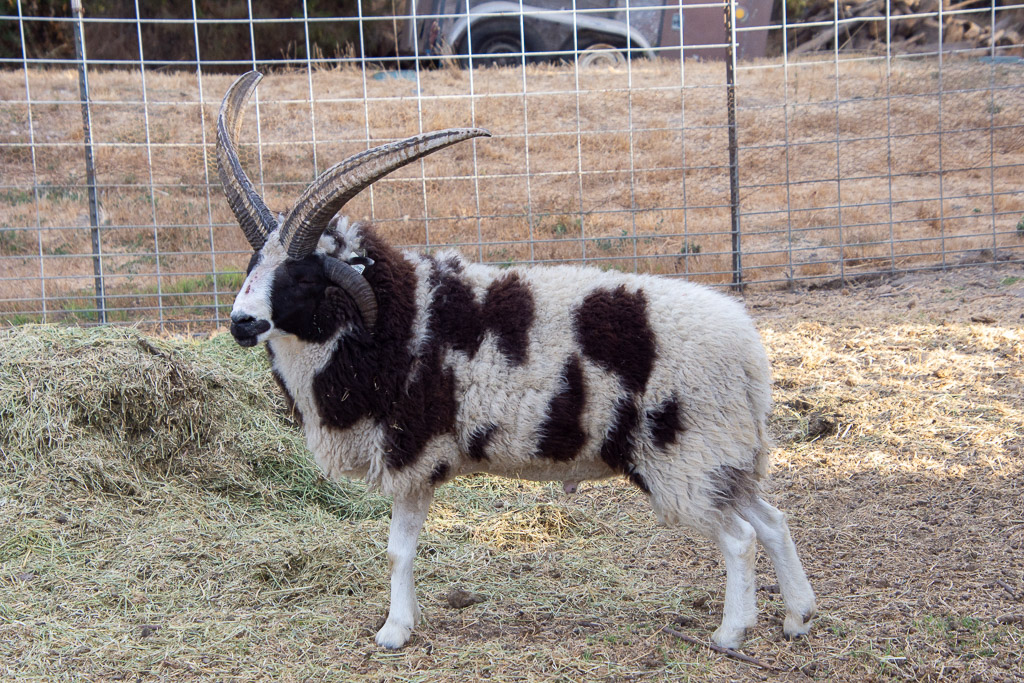 Bide a wee Buster is #1 in the ram pen.
Bide a wee Buster is #1 in the ram pen.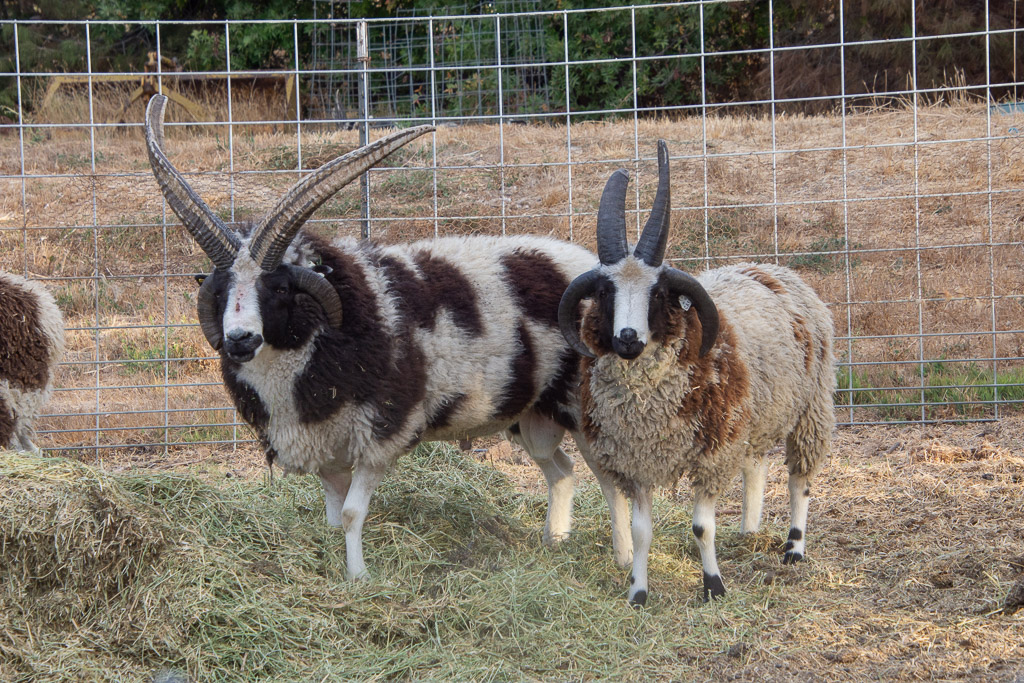 Buster is 3 years old and Clark is his son from this year.
Buster is 3 years old and Clark is his son from this year. 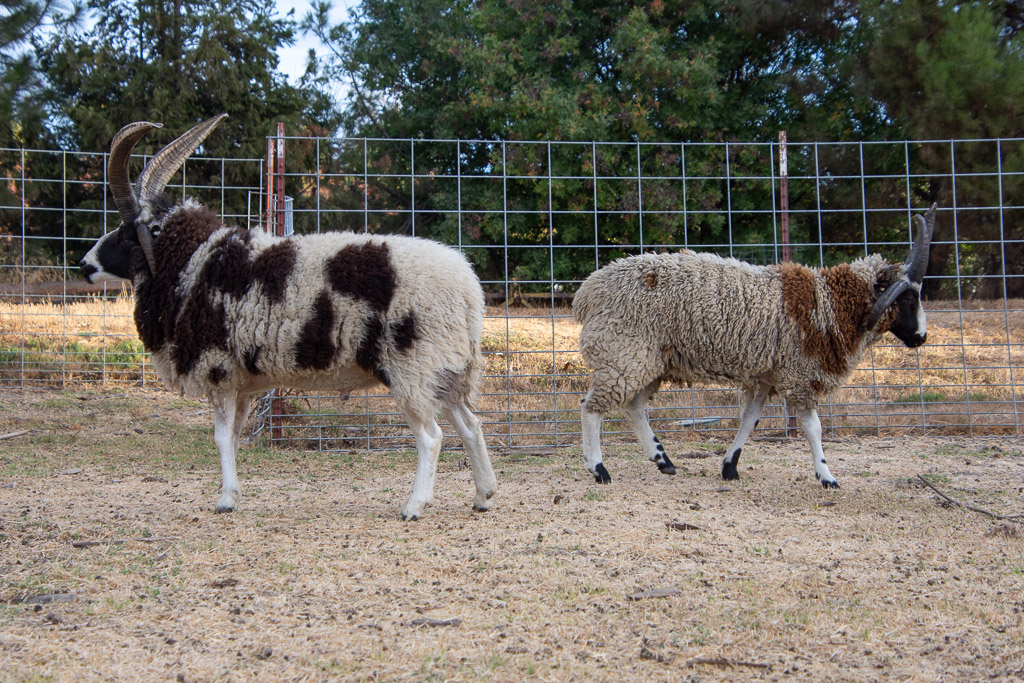 Bookends?
Bookends?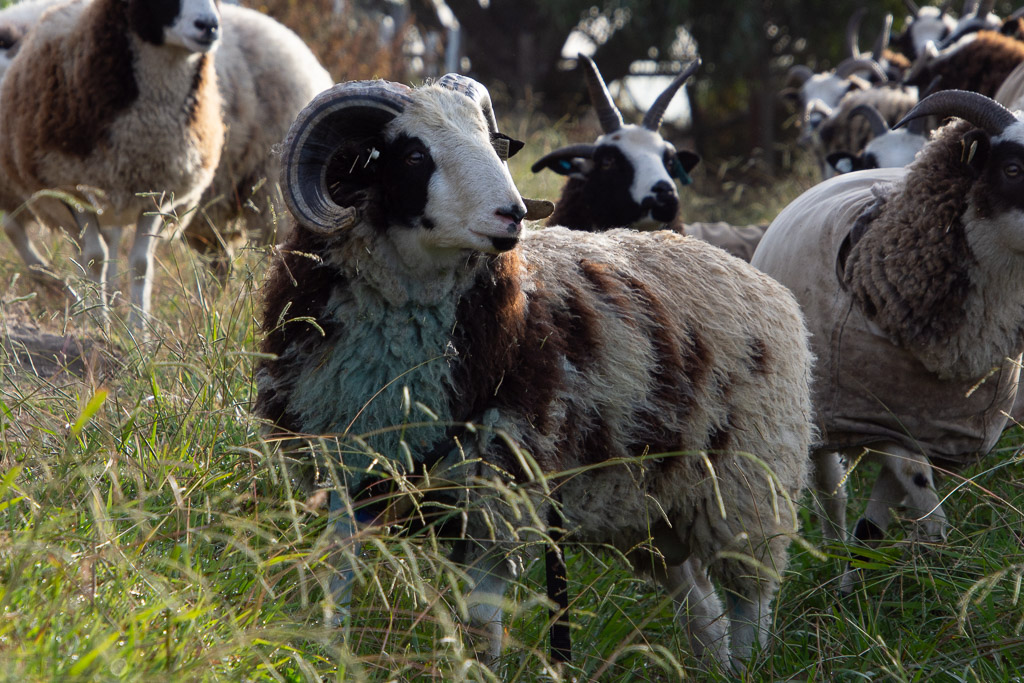 Here’s the lucky ram who gets to stay out with the ewes for another few weeks. This is Axle, also a 2018 ram. He is wearing a blue marker…
Here’s the lucky ram who gets to stay out with the ewes for another few weeks. This is Axle, also a 2018 ram. He is wearing a blue marker…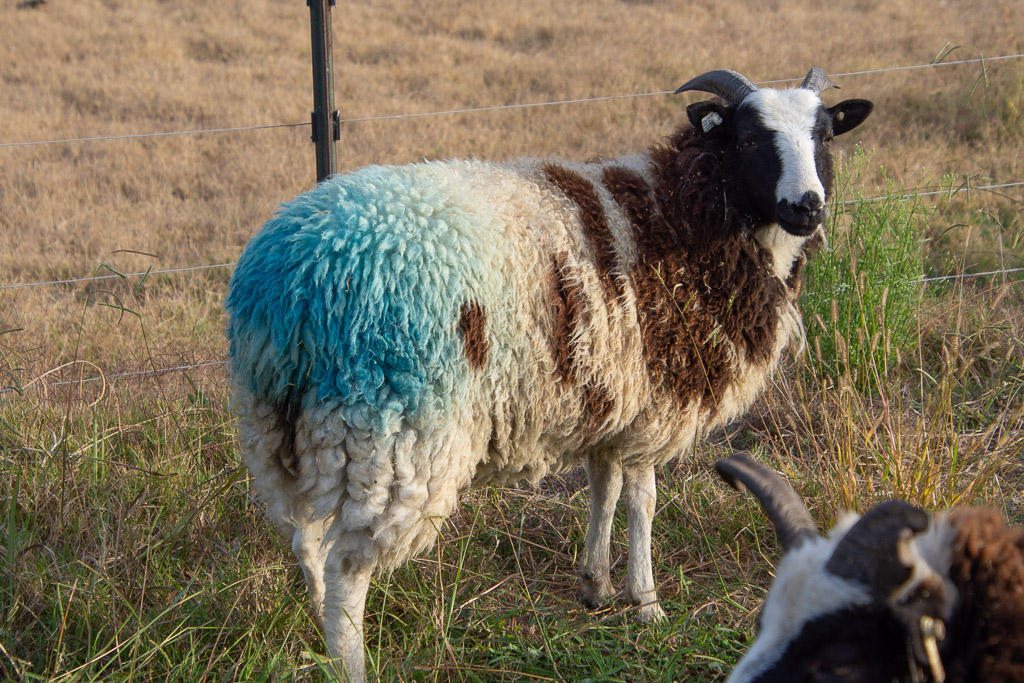 …and I finally saw some real color. This is ewe lamb, Soprano.
…and I finally saw some real color. This is ewe lamb, Soprano.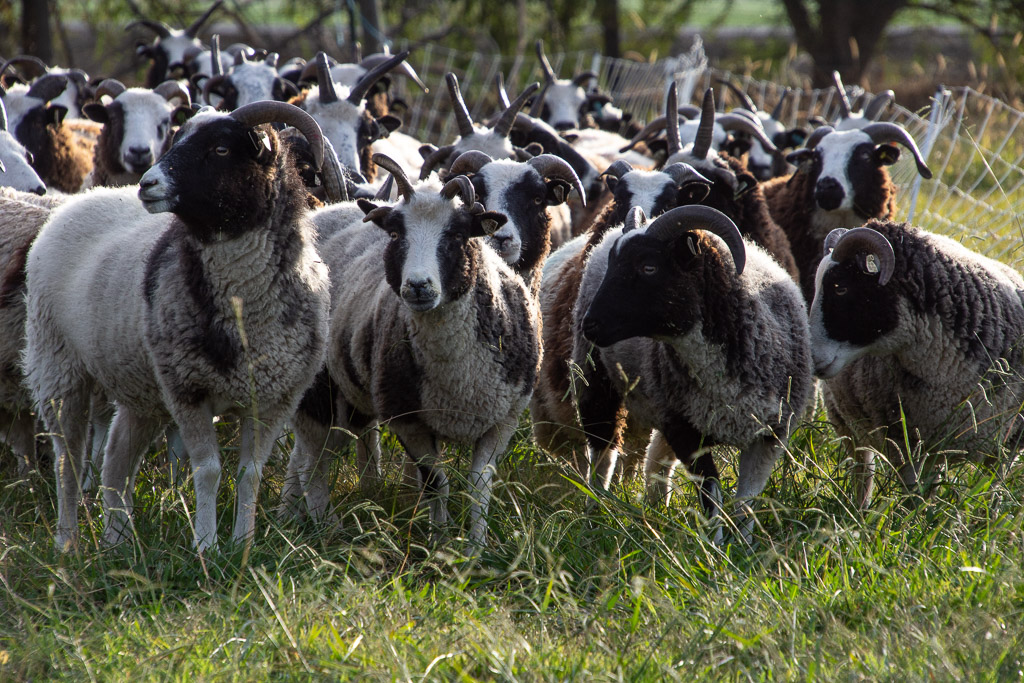 Today I moved most of Peyton’s ewes back to the flock. Three of them were the Pope Valley sheep that came this summer, and they immediately found their two friends. That’s the five or them in the front. Large Triangle, 4-Horn, Small Triangle, White Ear, and Crooked Blaze in the back. (They do have names but I remember them better by what I called them at first.)
Today I moved most of Peyton’s ewes back to the flock. Three of them were the Pope Valley sheep that came this summer, and they immediately found their two friends. That’s the five or them in the front. Large Triangle, 4-Horn, Small Triangle, White Ear, and Crooked Blaze in the back. (They do have names but I remember them better by what I called them at first.)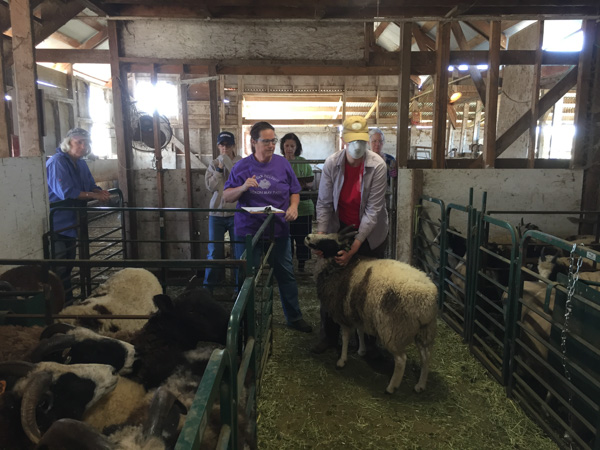
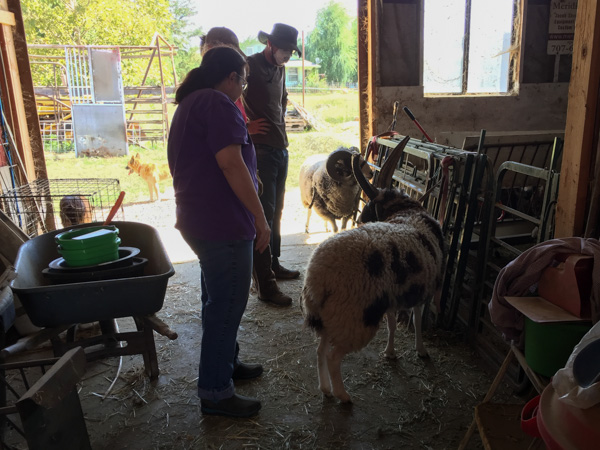
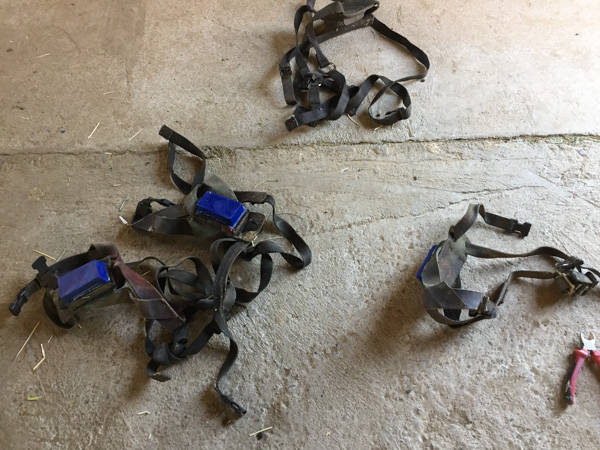
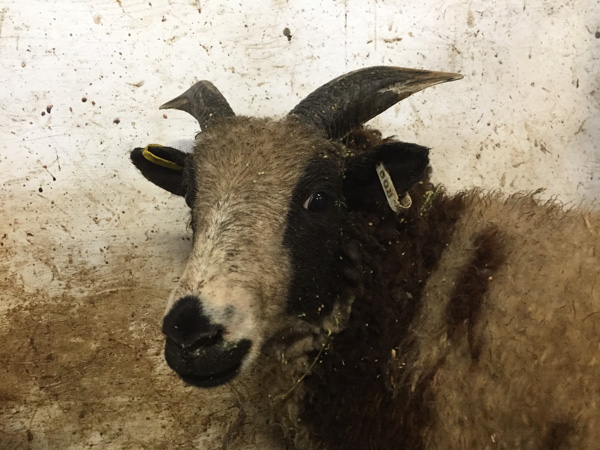
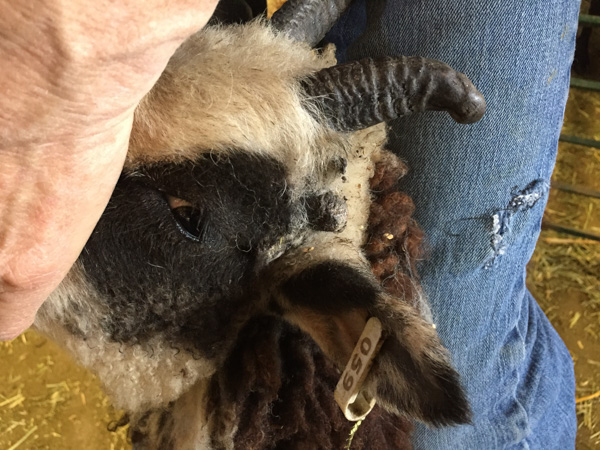
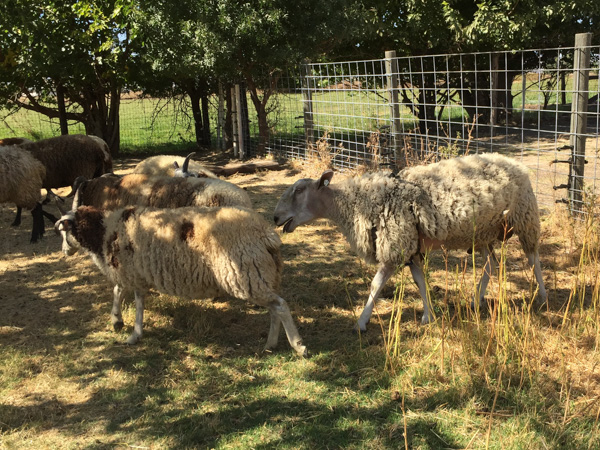

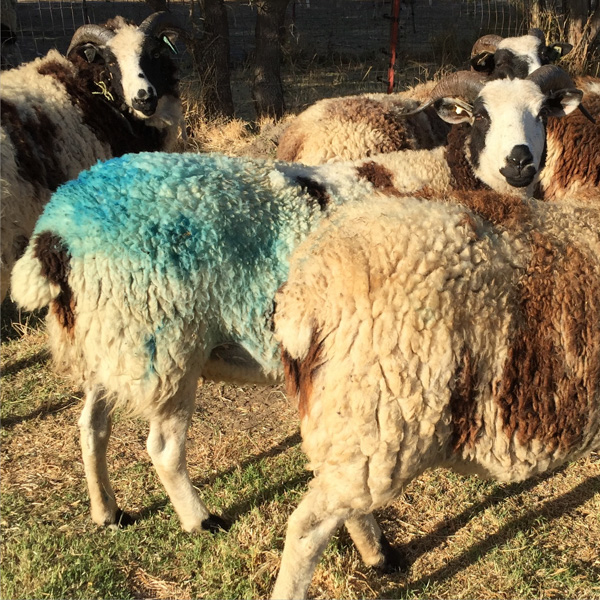
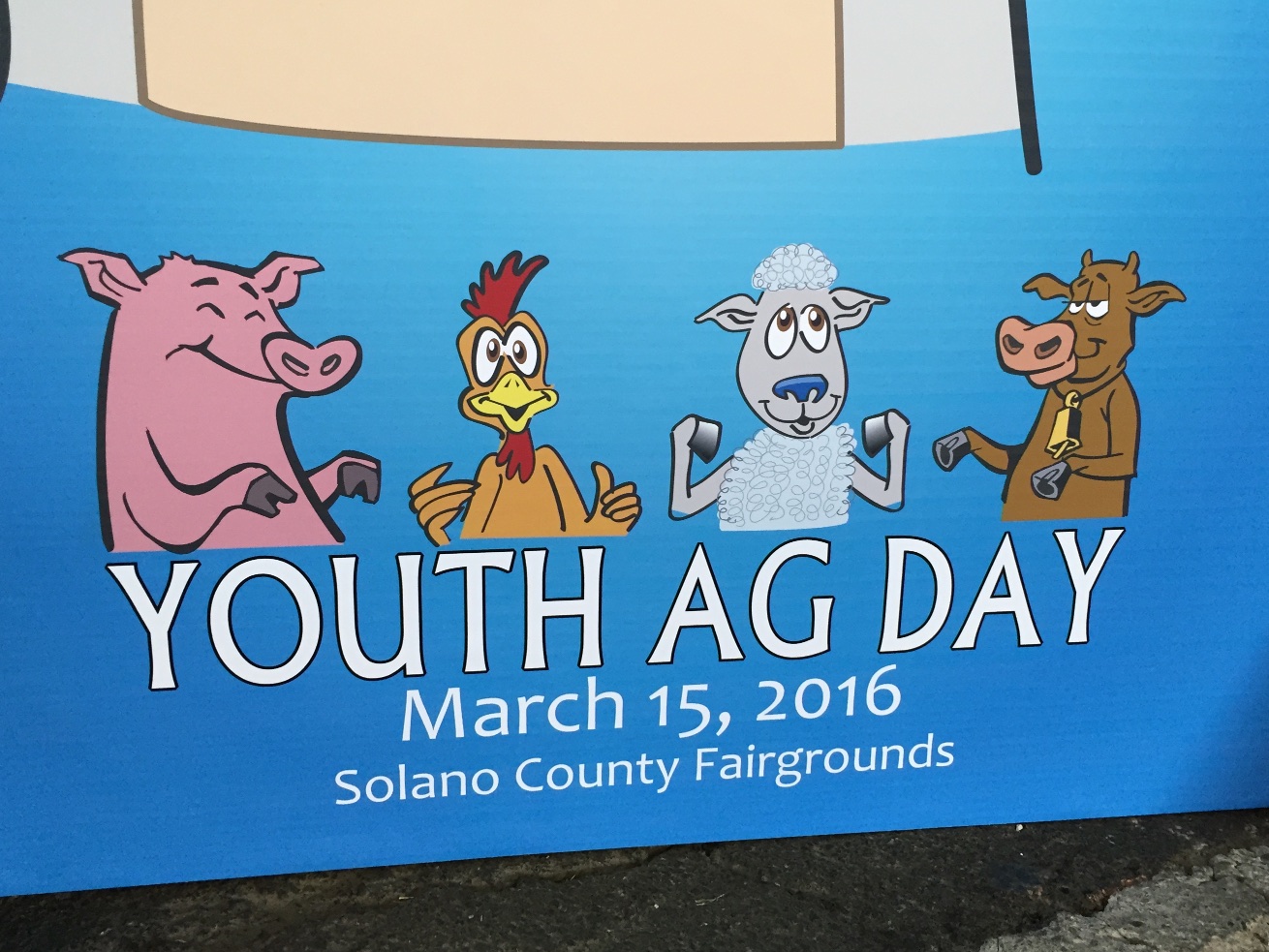 This event is attended by almost 3000 third graders and their teacher and parent helpers.
This event is attended by almost 3000 third graders and their teacher and parent helpers.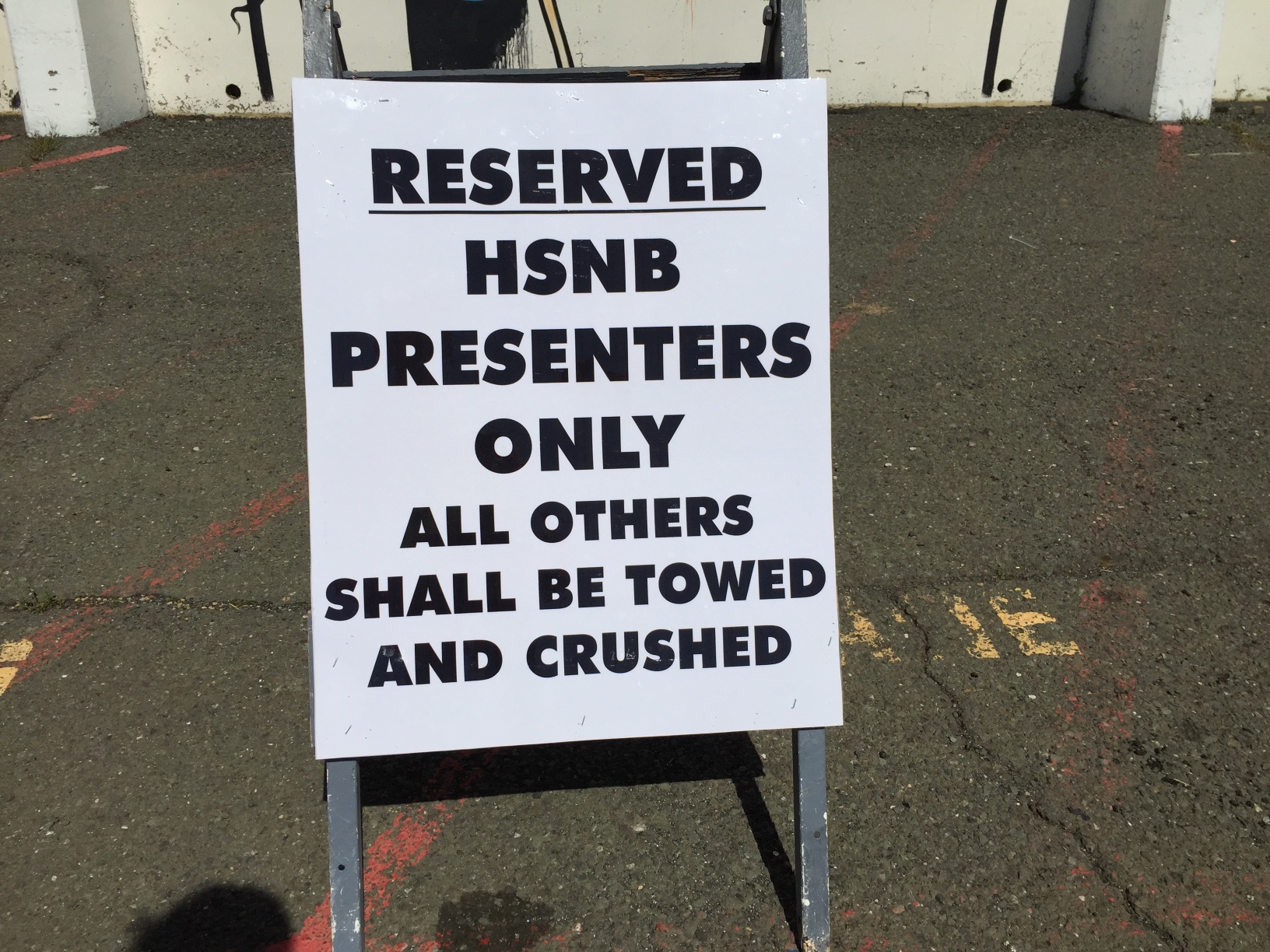 I was amused by this sign.
I was amused by this sign.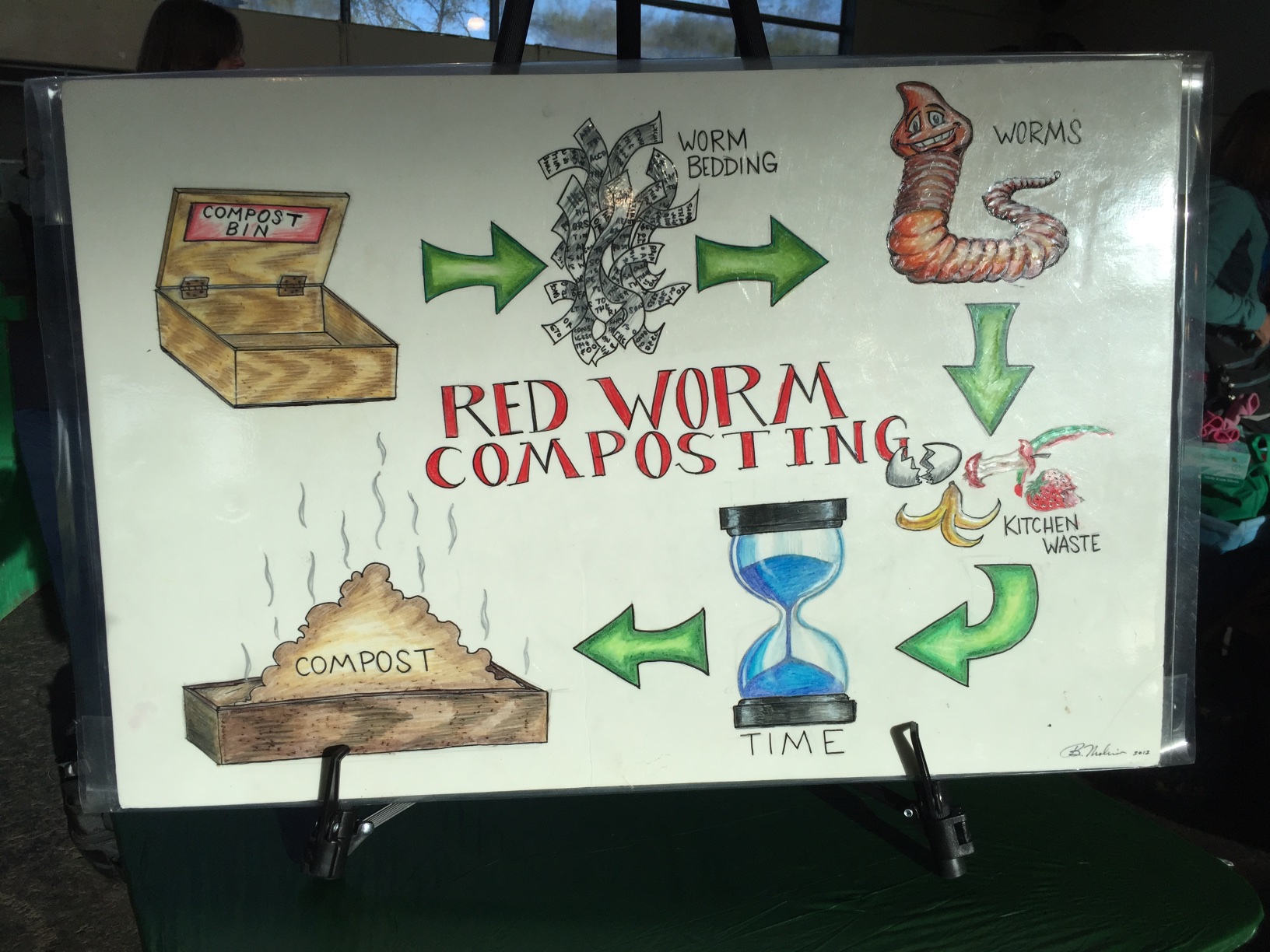 Kids are exposed to everything involving agriculture.
Kids are exposed to everything involving agriculture.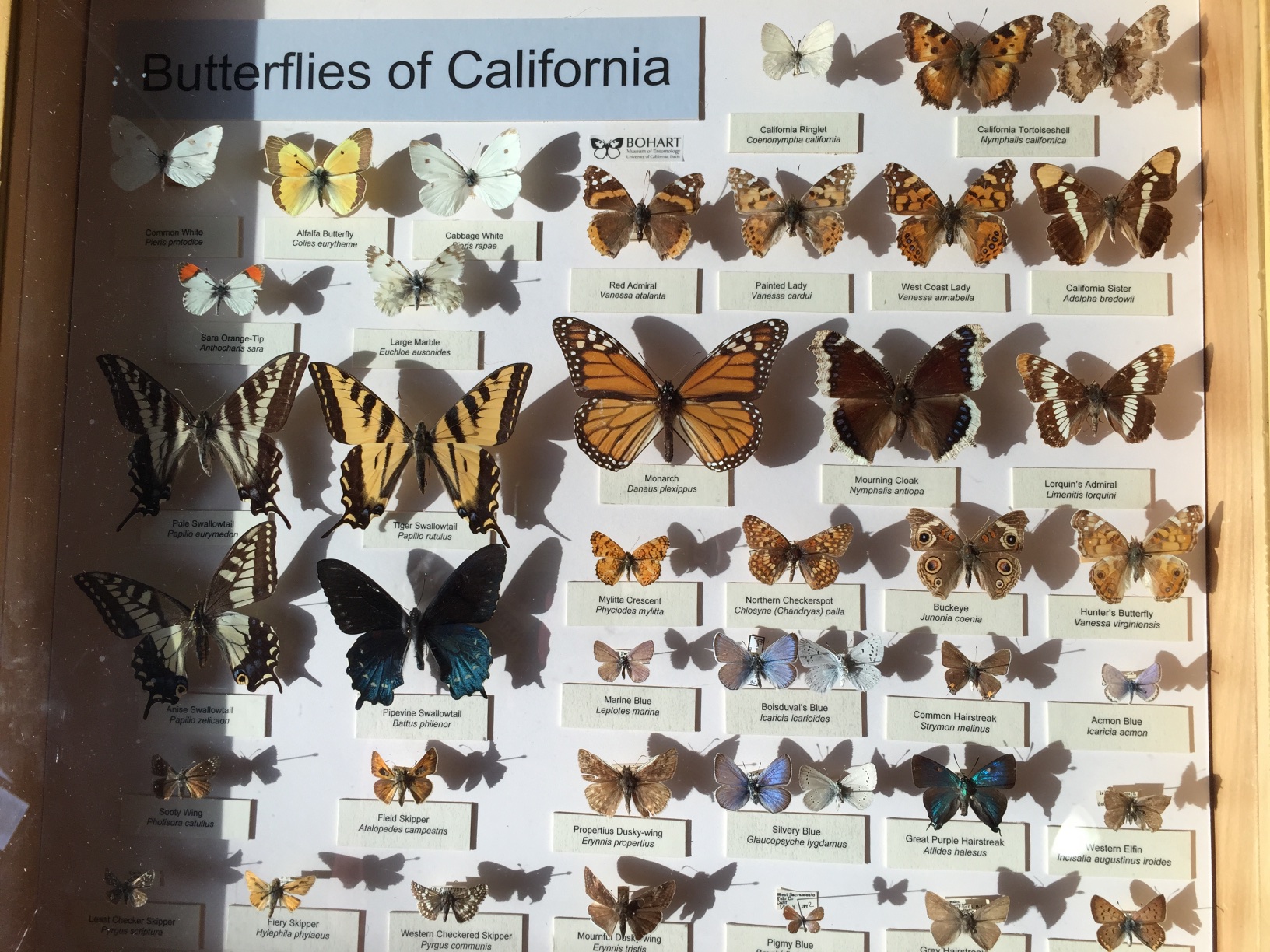 A variety of local volunteer groups, agencies, and 4-H/FFA members bring exhibits and hands-on activities.
A variety of local volunteer groups, agencies, and 4-H/FFA members bring exhibits and hands-on activities.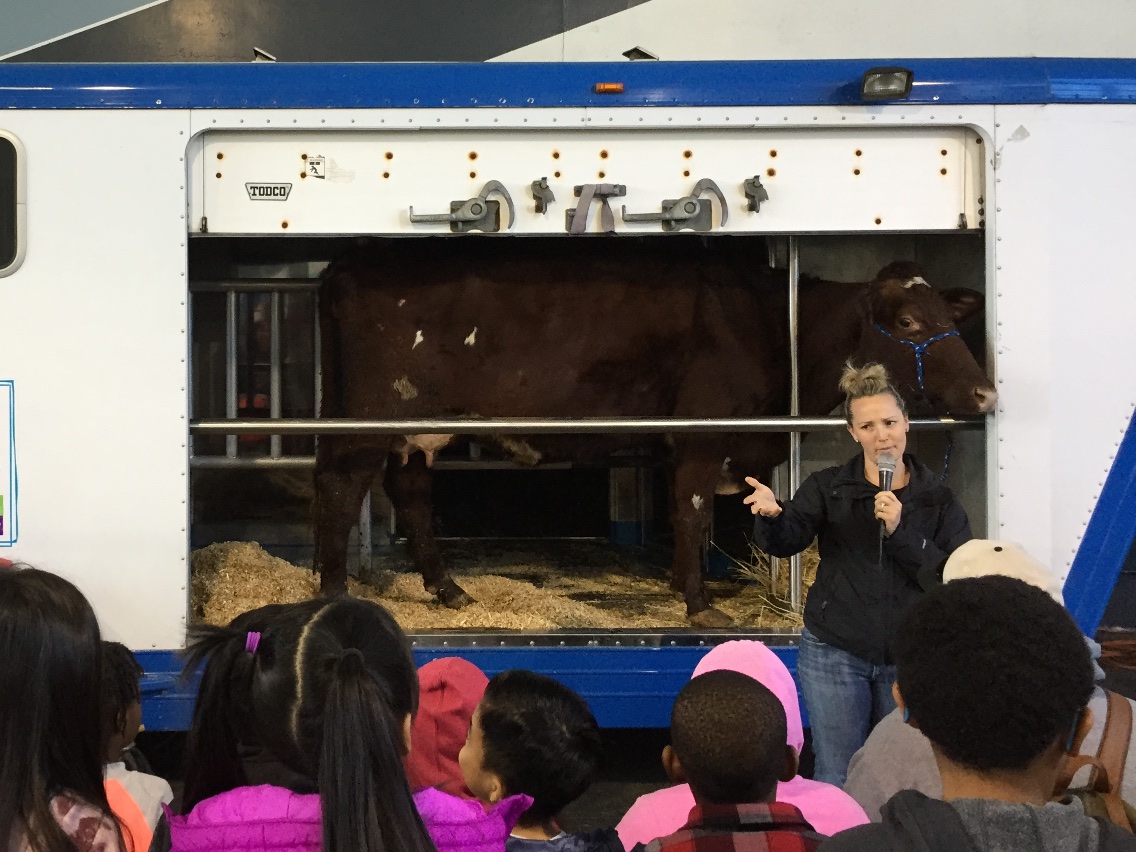 Kids sat in bleachers while learning about dairy products and dairy cows.
Kids sat in bleachers while learning about dairy products and dairy cows.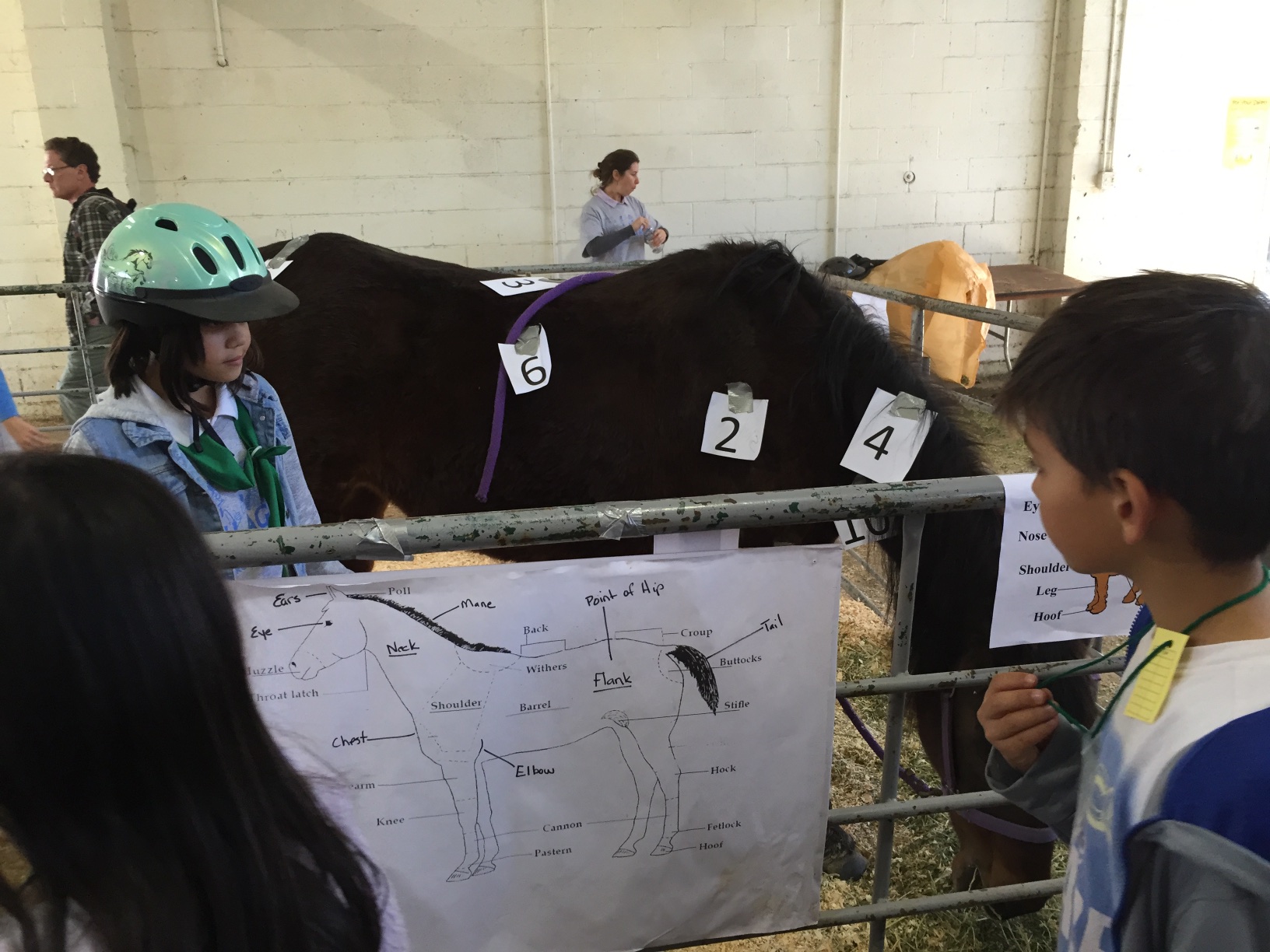 This 4-Her had labeled the parts of her horse.
This 4-Her had labeled the parts of her horse. There was even a roping demonstration. There were also herding dogs, police dogs and horses, and dozens of other activities over the whole fairgrounds.
There was even a roping demonstration. There were also herding dogs, police dogs and horses, and dozens of other activities over the whole fairgrounds.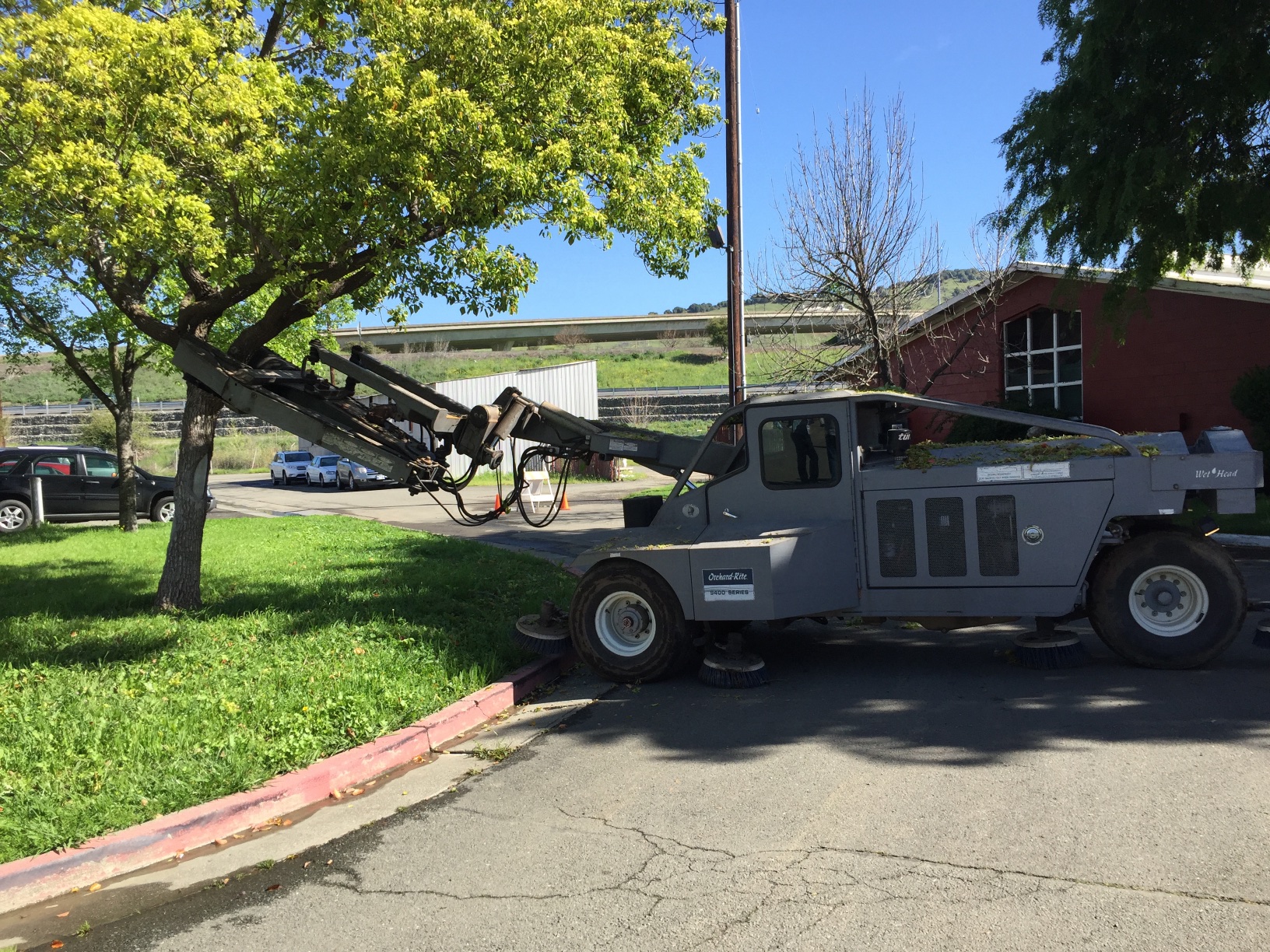 This equipment is what they use to shake nut trees, but it was fun to see the leaves shake in this demo.
This equipment is what they use to shake nut trees, but it was fun to see the leaves shake in this demo.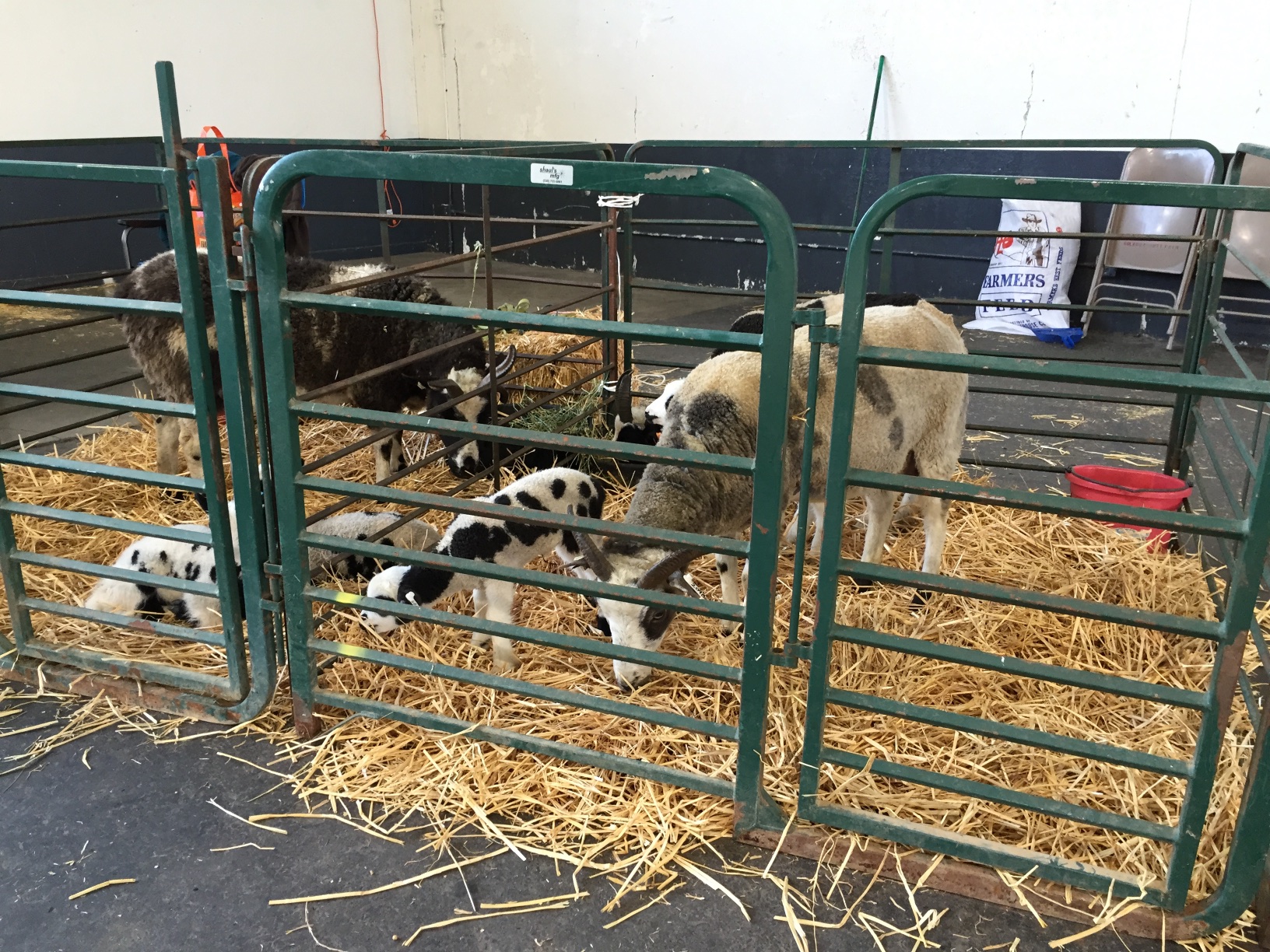 We brought two ewes with month old and week old lambs. The morning started out calm.
We brought two ewes with month old and week old lambs. The morning started out calm. Kids enjoyed petting the lambs.
Kids enjoyed petting the lambs.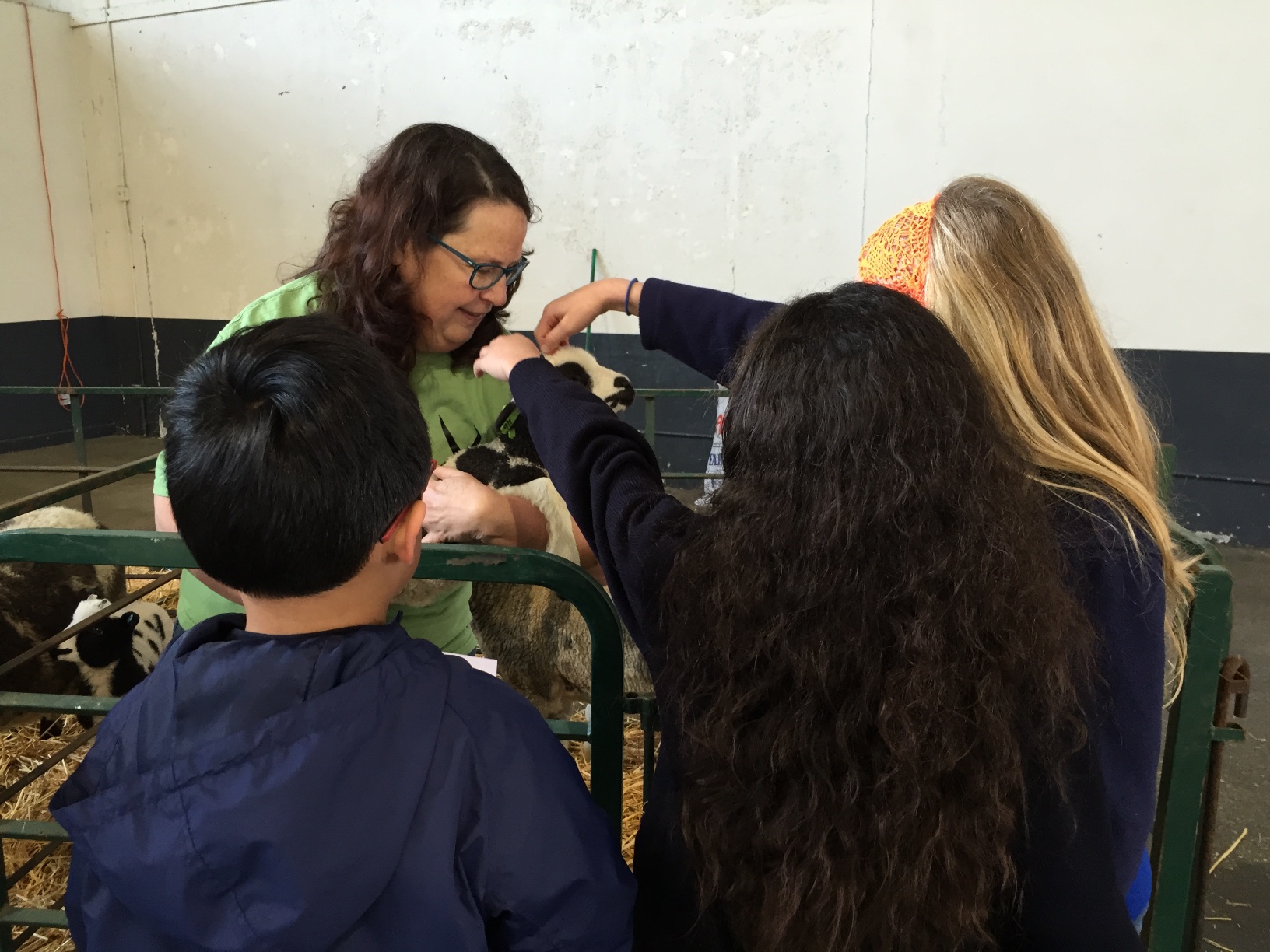 But that was when the kids were just starting to get there.
But that was when the kids were just starting to get there.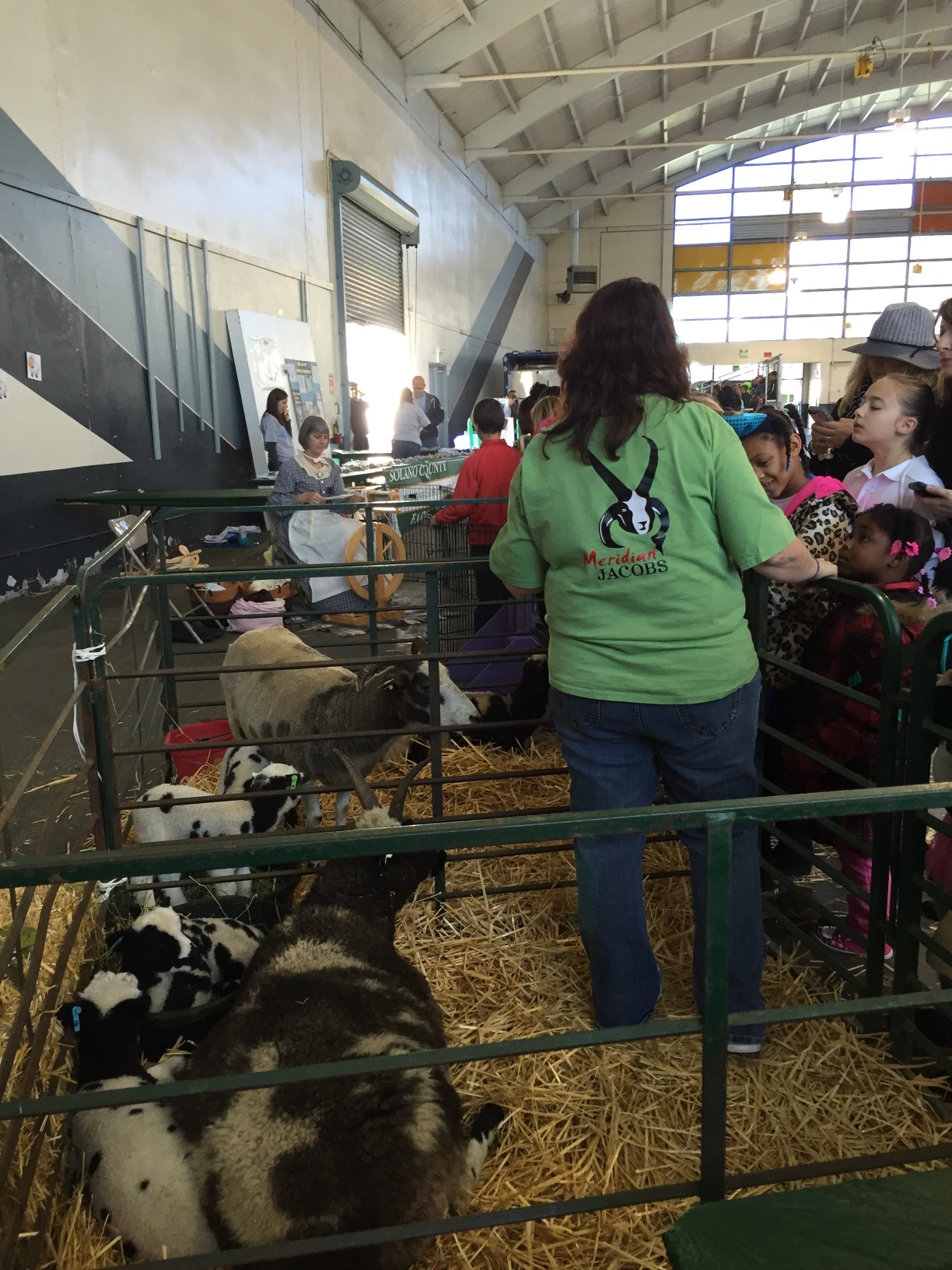 After awhile the ewes and lambs were stressed with the number of people and the noise level. So we talked to the kids, but didn’t handle the lambs anymore. Fortunately I had brought out tame sheep, Jade.
After awhile the ewes and lambs were stressed with the number of people and the noise level. So we talked to the kids, but didn’t handle the lambs anymore. Fortunately I had brought out tame sheep, Jade.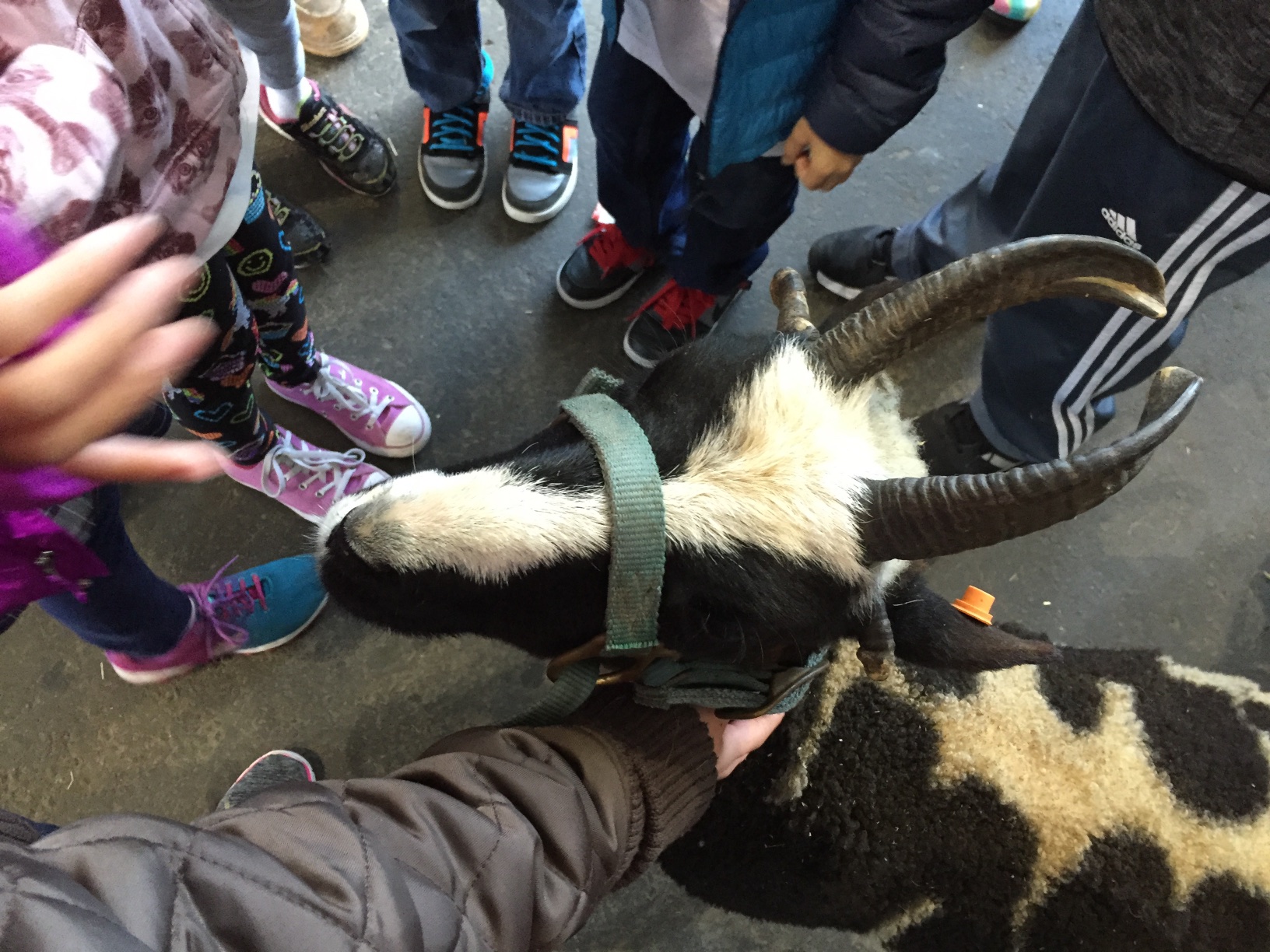 I took her out on a halter and she loved the attention. I told the kids who were standing around watching that they could pet…
I took her out on a halter and she loved the attention. I told the kids who were standing around watching that they could pet…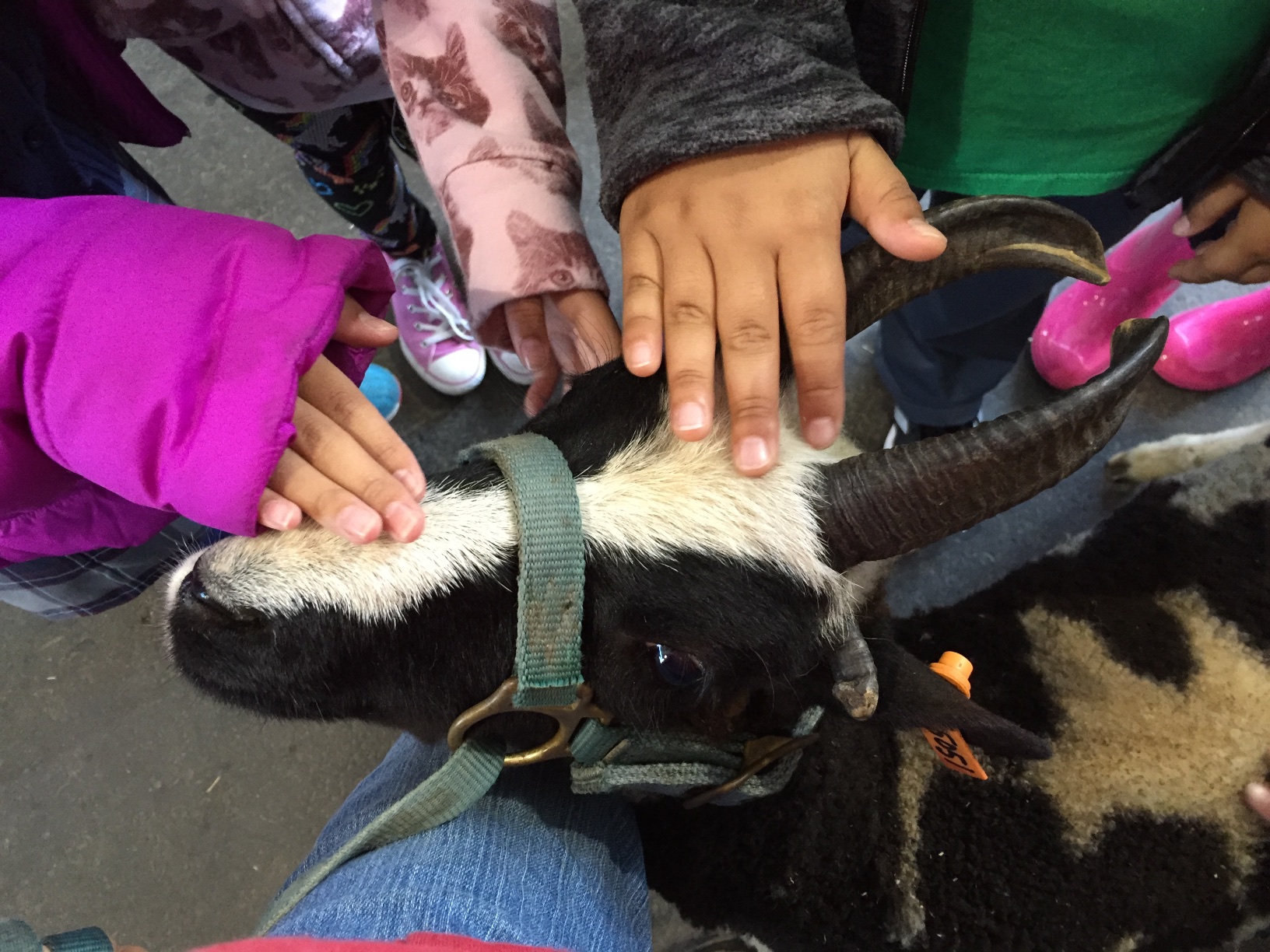 …and pet they did…
…and pet they did…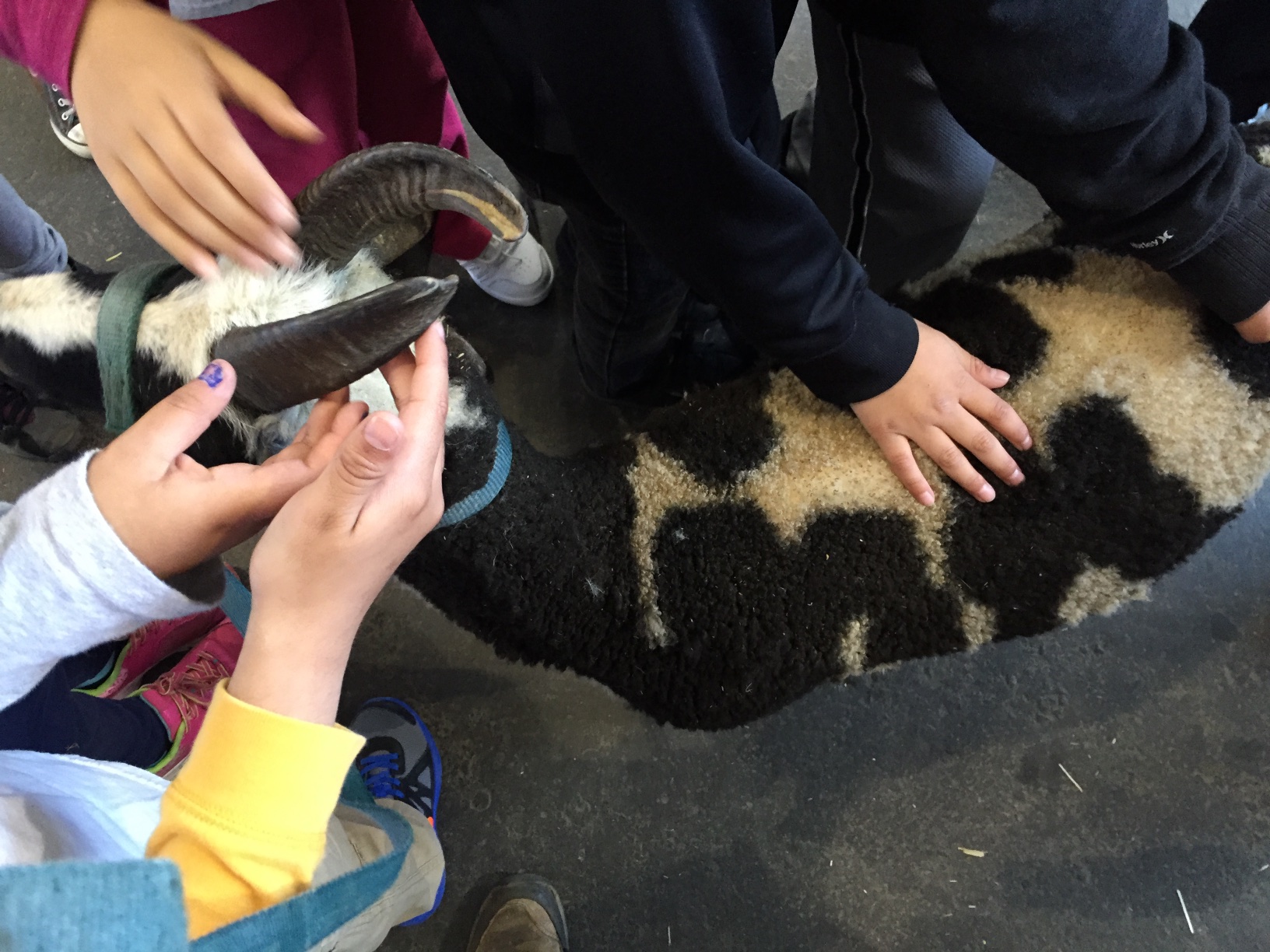 …feeling horns…
…feeling horns…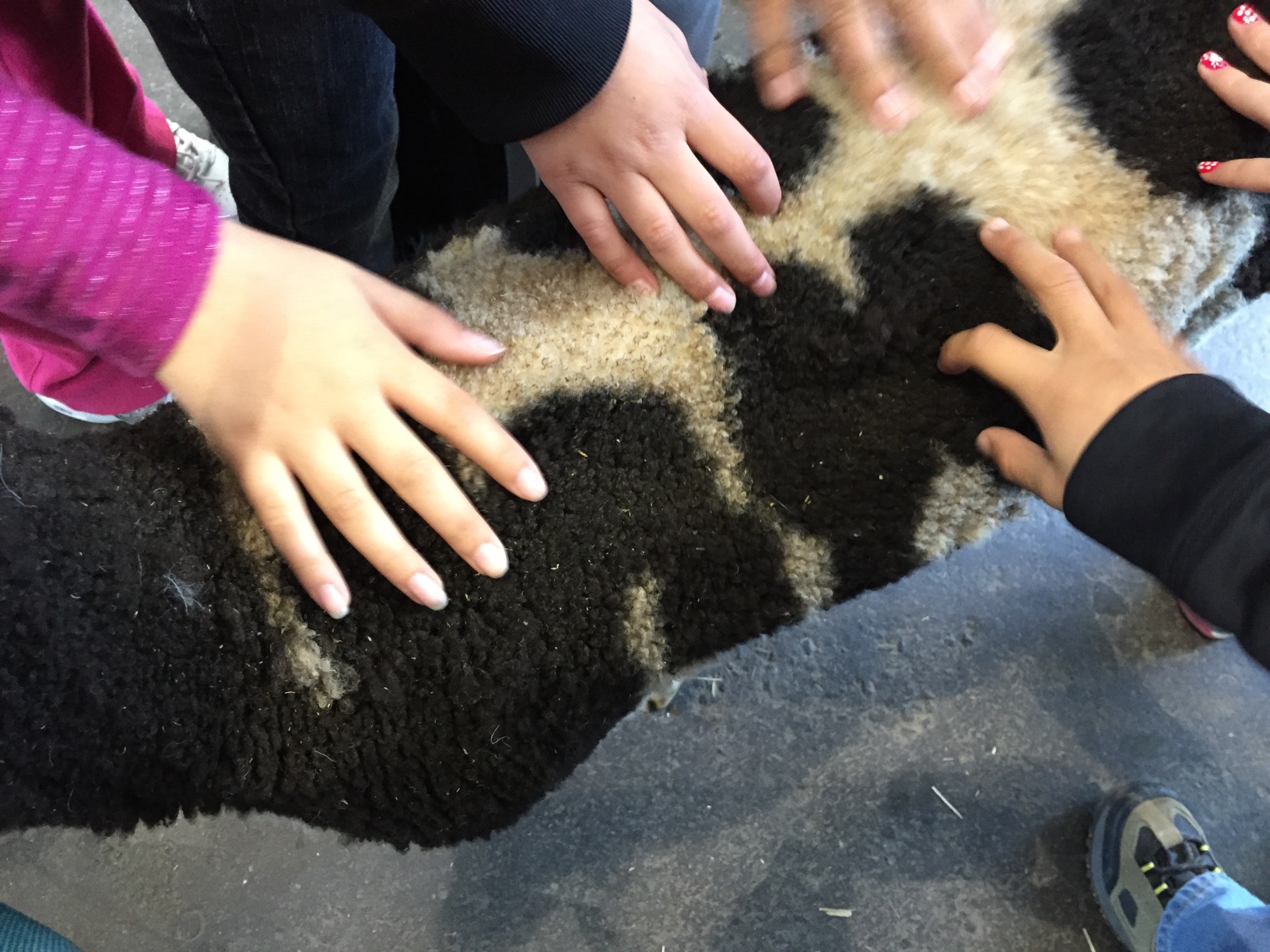 …and wool.
…and wool.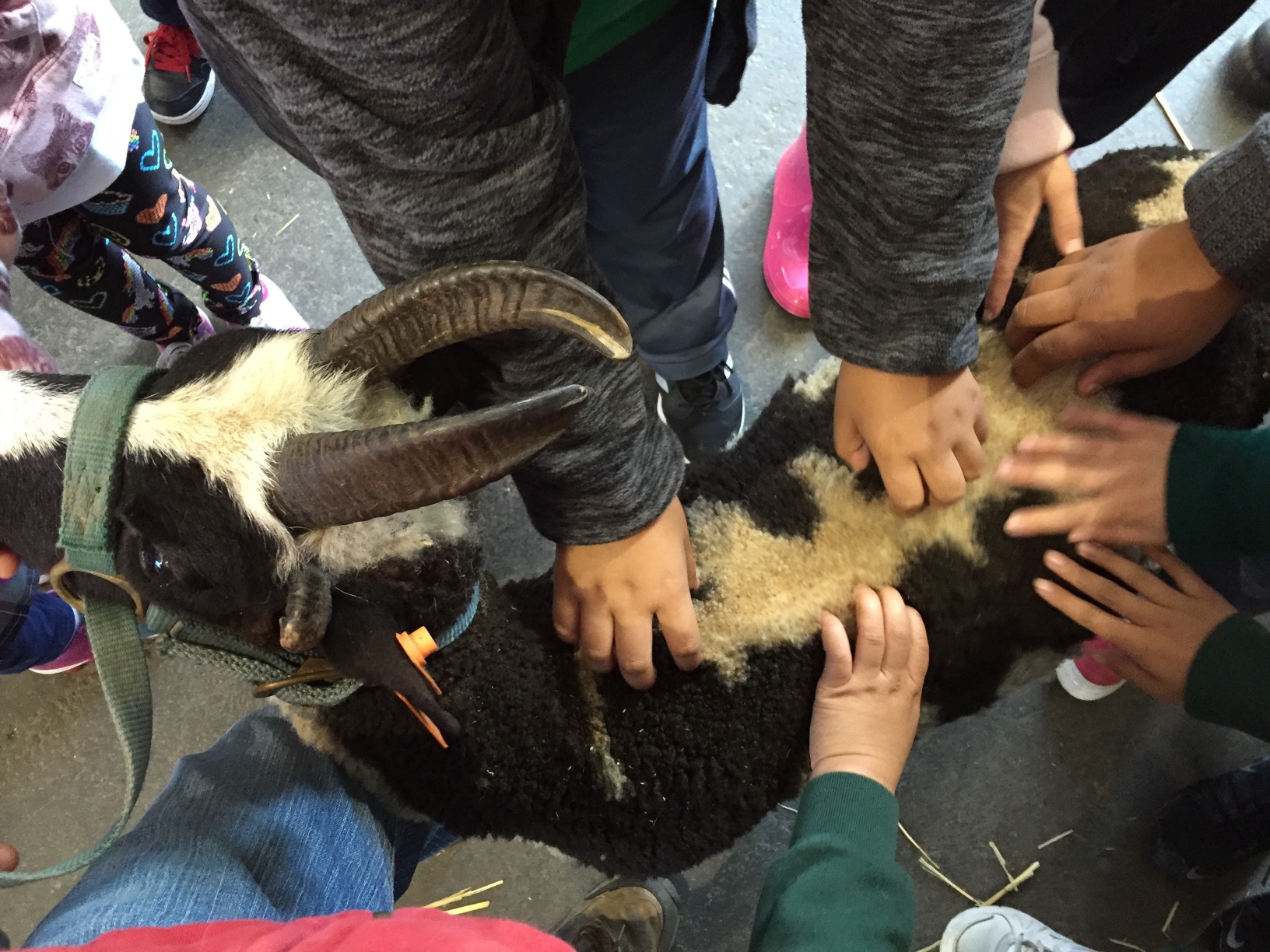 This sheep is amazing.
This sheep is amazing. 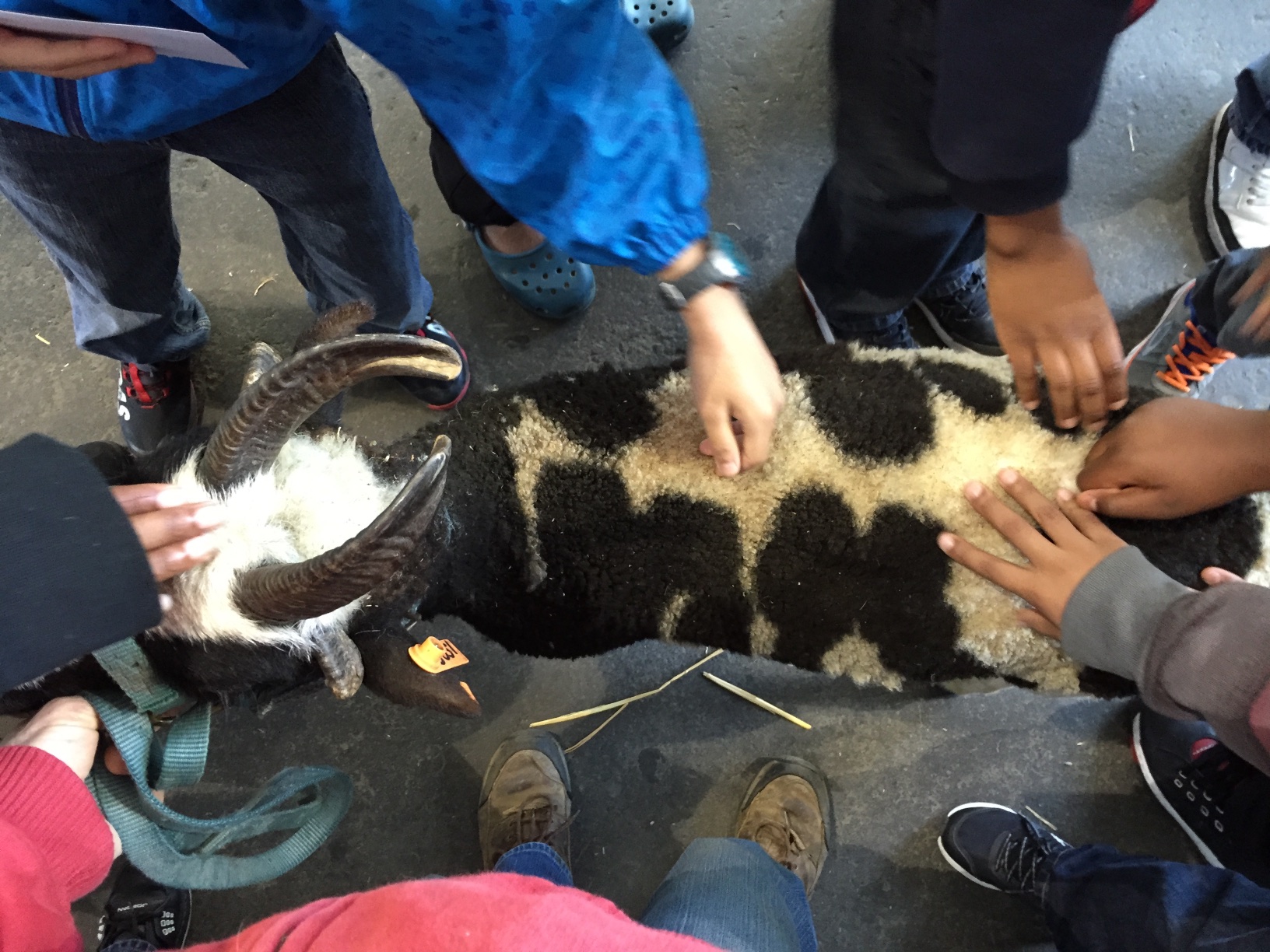 When people wandered away she wanted more.
When people wandered away she wanted more.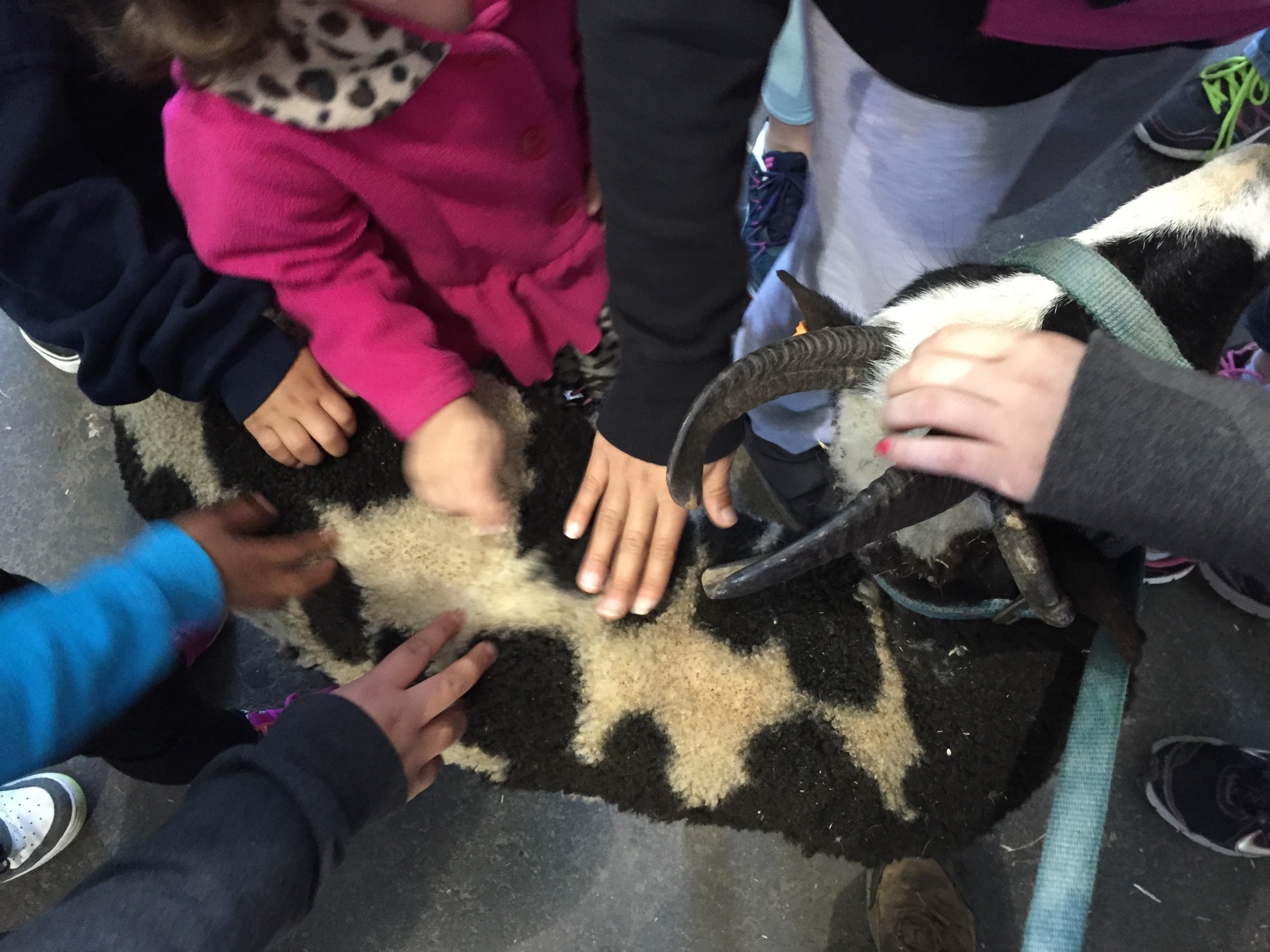 Eventually her handler (me) got tired and put her away…
Eventually her handler (me) got tired and put her away…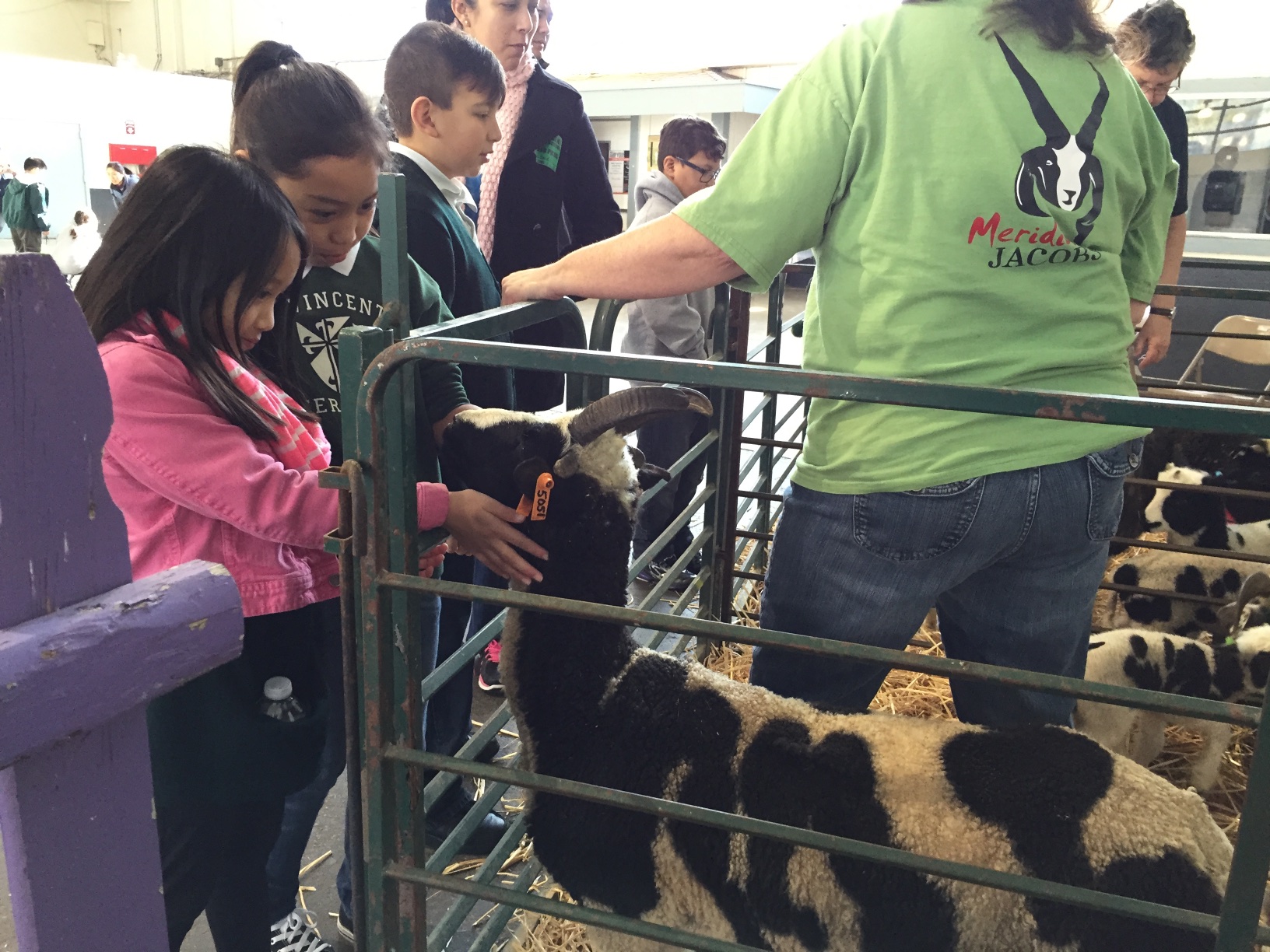 …but she still hadn’t had enough.
…but she still hadn’t had enough. Western redbud near the house. I wish it would bloom all spring.
Western redbud near the house. I wish it would bloom all spring.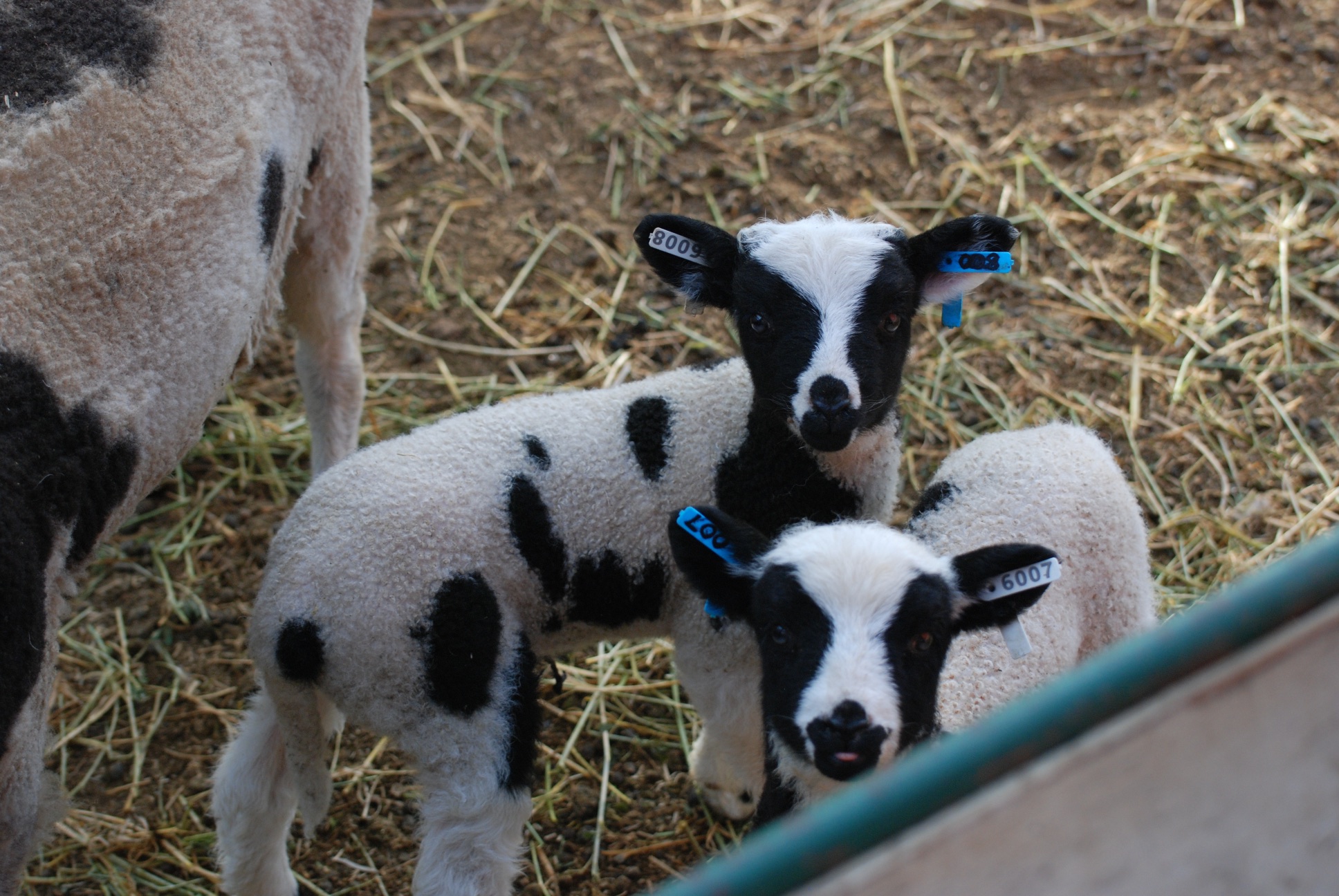 These are Mae’s lambs.
These are Mae’s lambs.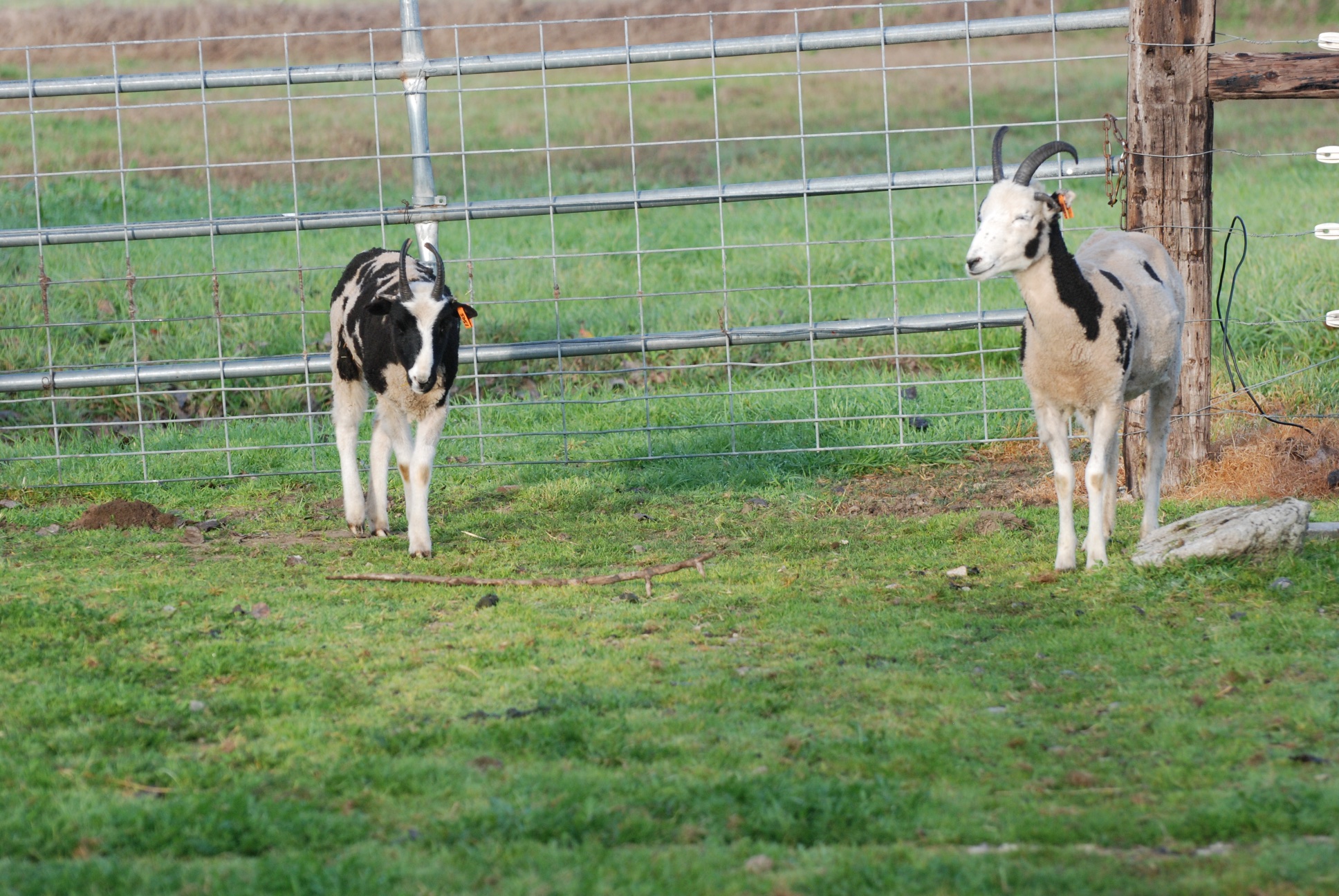 Sisters from last year, Jade and Jillian, waiting to go to the pasture. Jade wasn’t bred but Jillian is pregnant.
Sisters from last year, Jade and Jillian, waiting to go to the pasture. Jade wasn’t bred but Jillian is pregnant.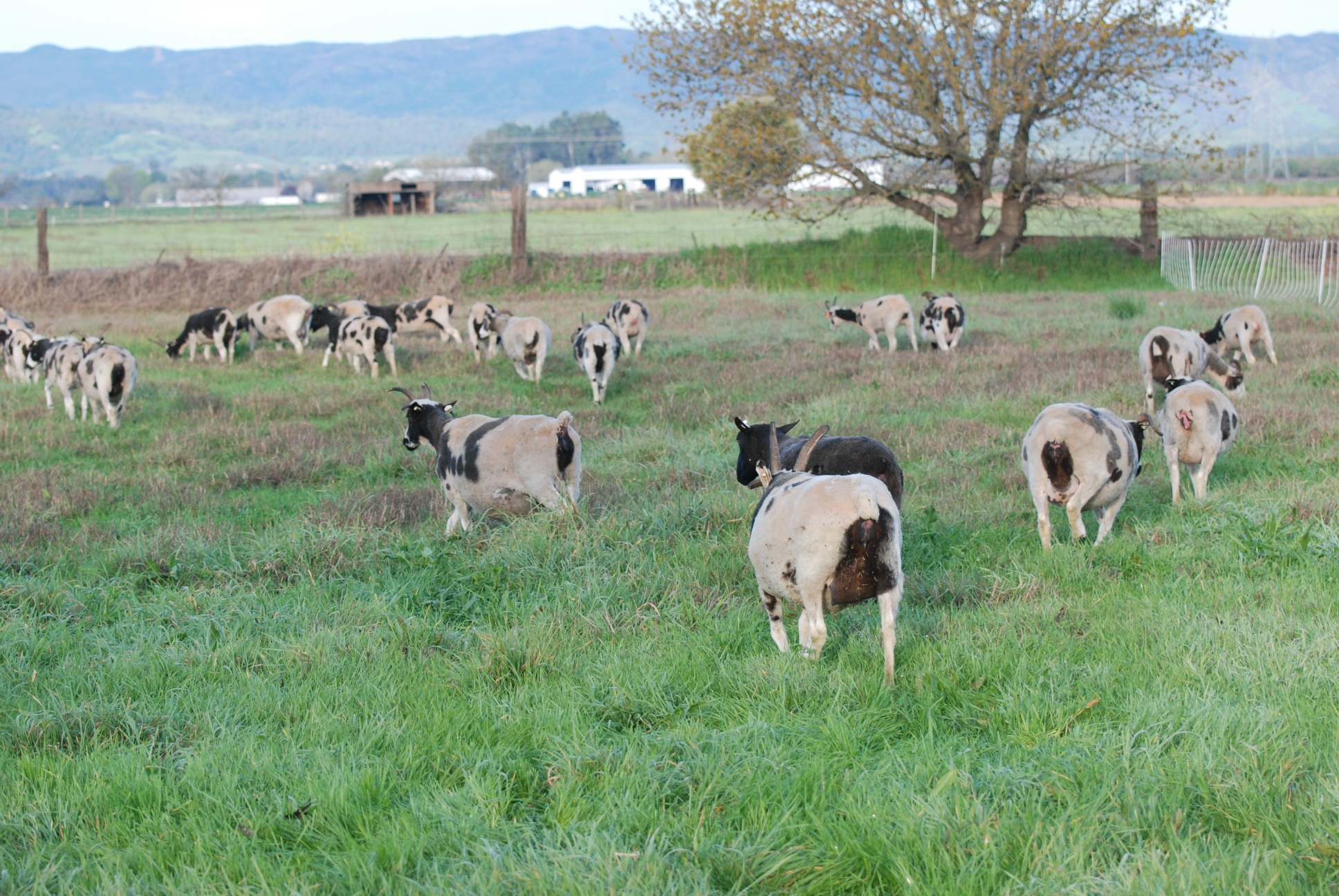 Sending the pregnant ewes out in back.
Sending the pregnant ewes out in back.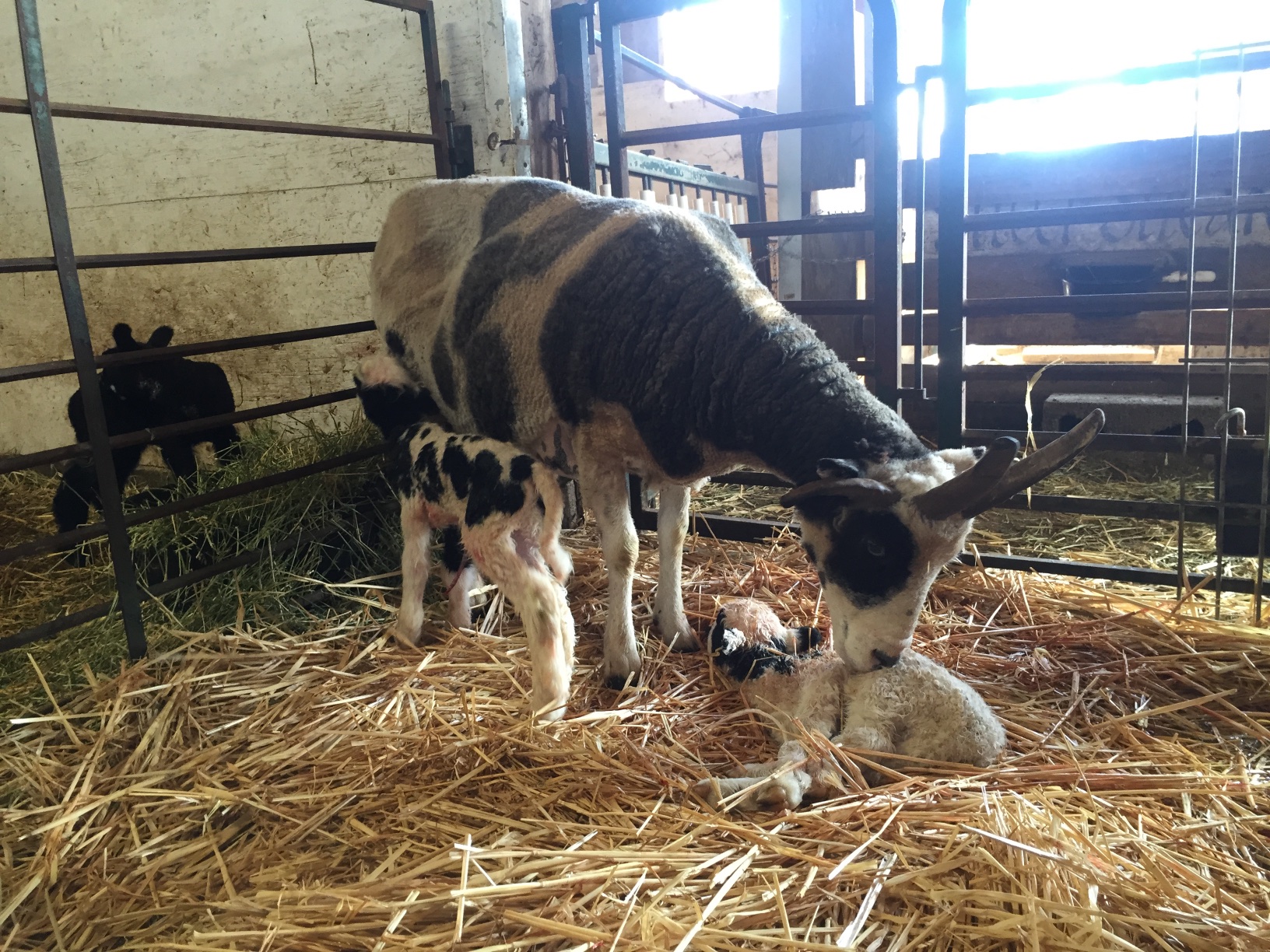 Loretta and a single ram, standing. The one on the ground is the lamb that Raquel rejected a couple of days ago. I successfully “slime grafted” her to Loretta. More about that in a future post.
Loretta and a single ram, standing. The one on the ground is the lamb that Raquel rejected a couple of days ago. I successfully “slime grafted” her to Loretta. More about that in a future post.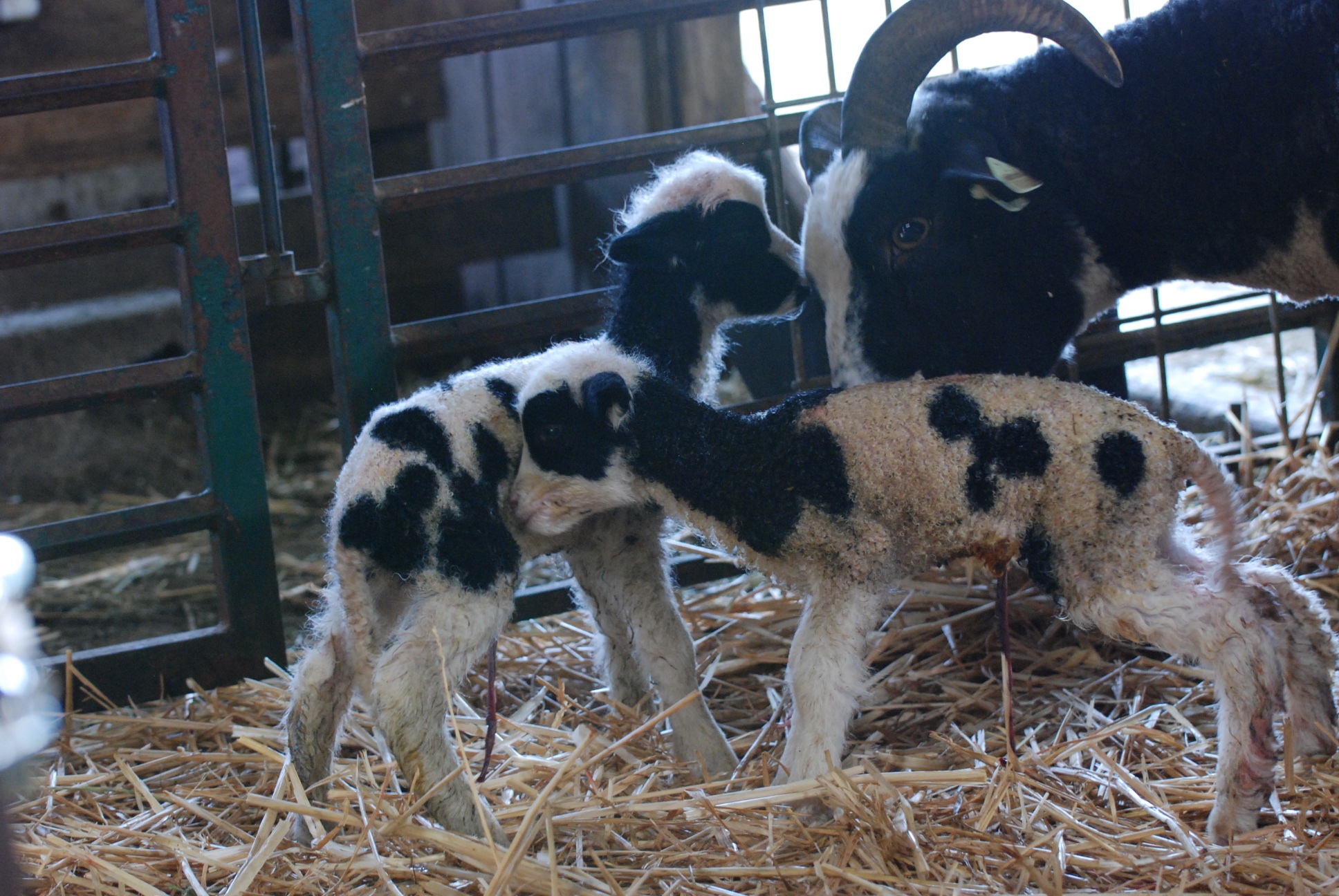 Later in the day Alexandria lambed with little tiny lambs, both under 5 pounds, but vigorous and healthy.
Later in the day Alexandria lambed with little tiny lambs, both under 5 pounds, but vigorous and healthy.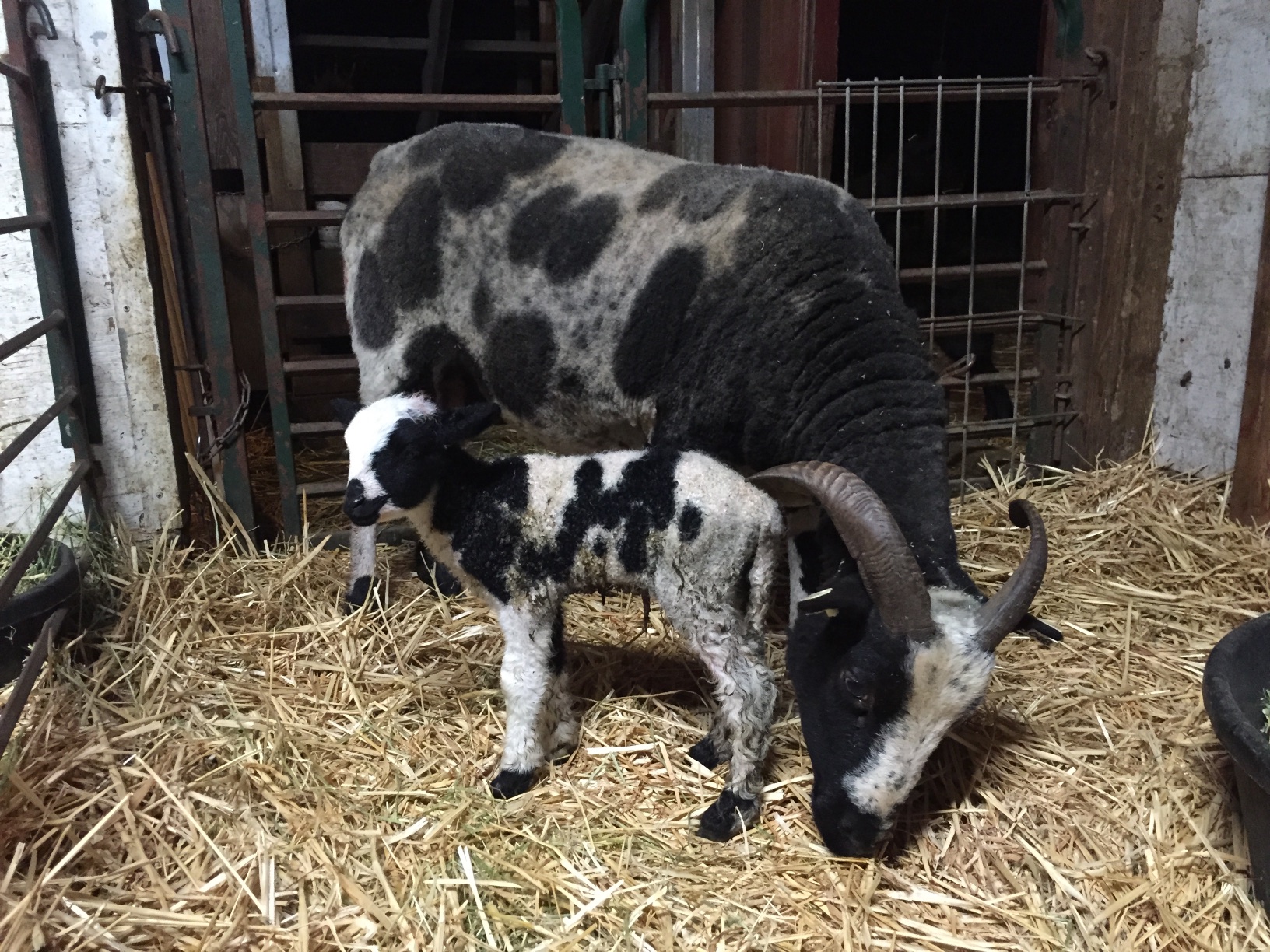 Cascade lambed with a single ram last night. That lamb is to me an average size but weights only one pound more than Alexandria’s combined.
Cascade lambed with a single ram last night. That lamb is to me an average size but weights only one pound more than Alexandria’s combined.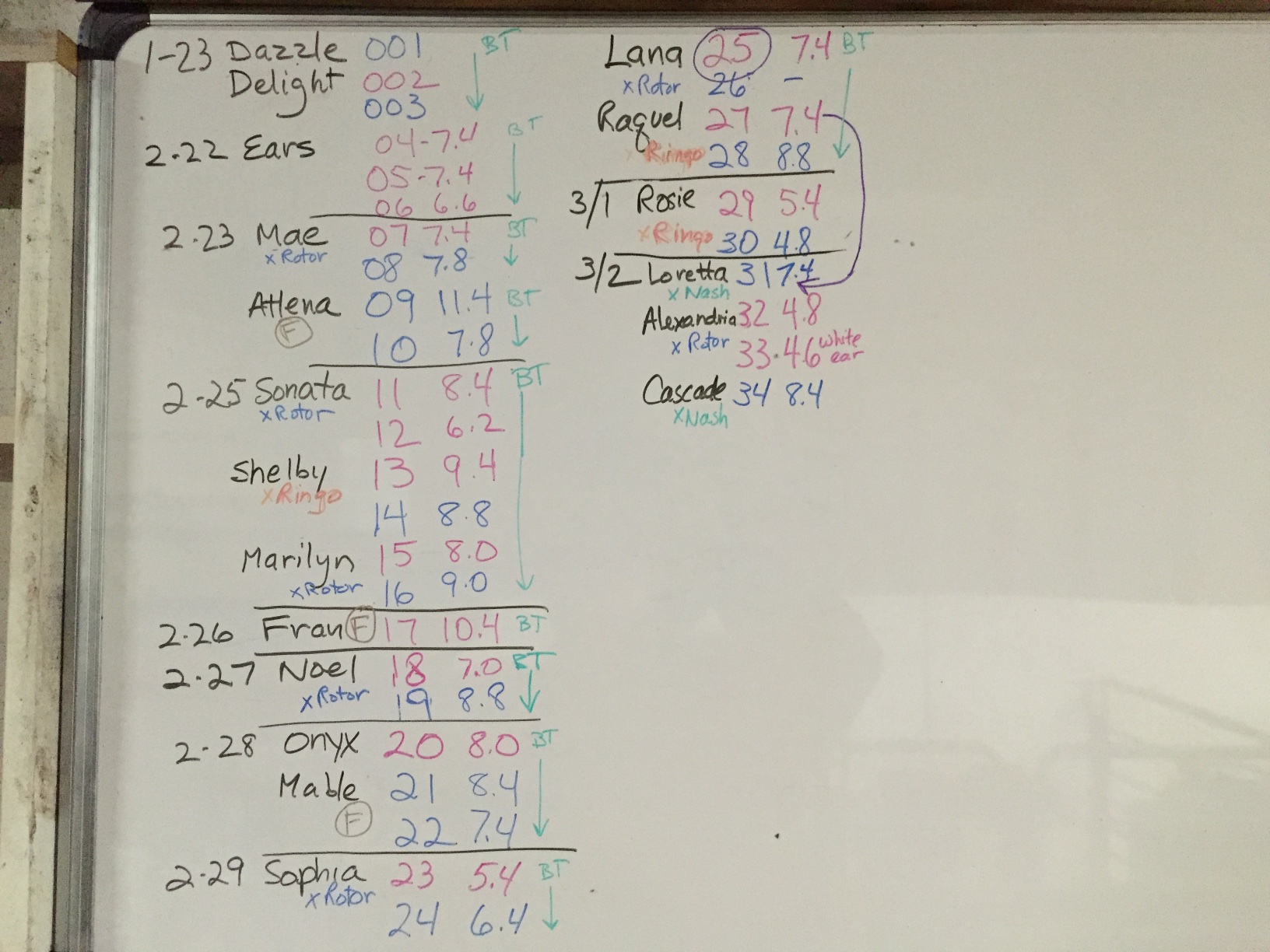 Here is the status so far. Color coding for girl/boy. BT means that the lambs have had BOSE (selenium and Vitamin E supplement) injections and their tails have been banded. Sires are
Here is the status so far. Color coding for girl/boy. BT means that the lambs have had BOSE (selenium and Vitamin E supplement) injections and their tails have been banded. Sires are 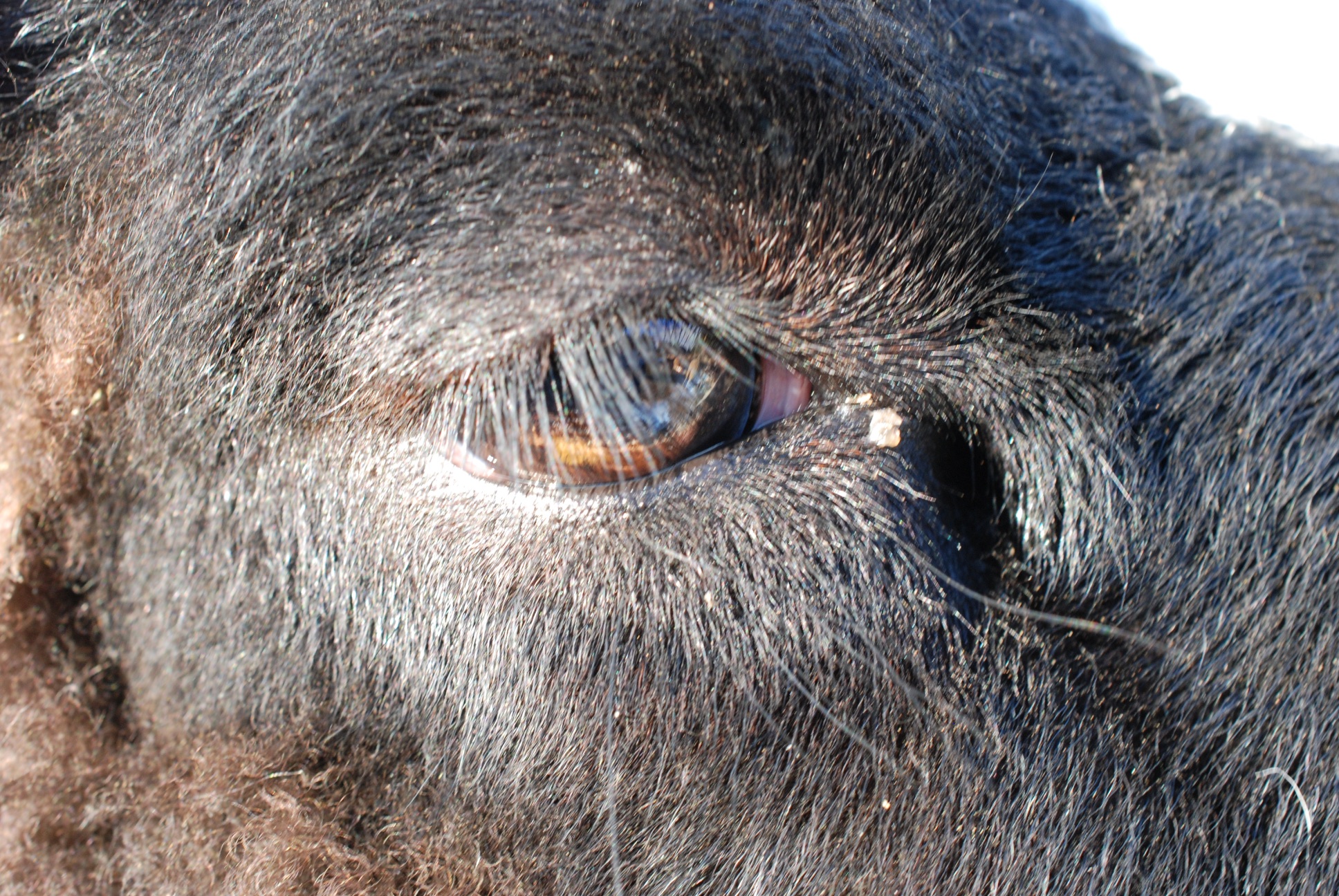
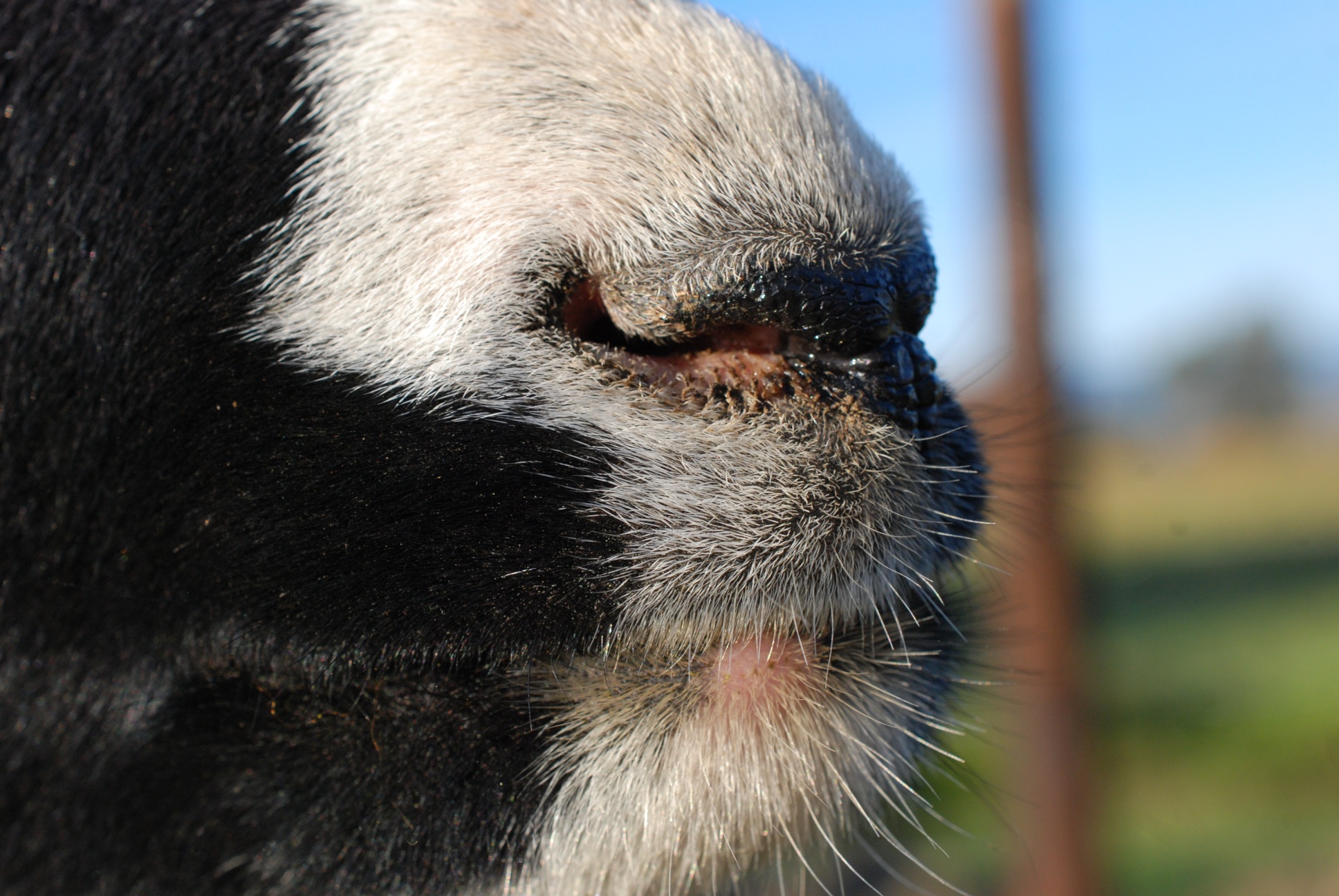
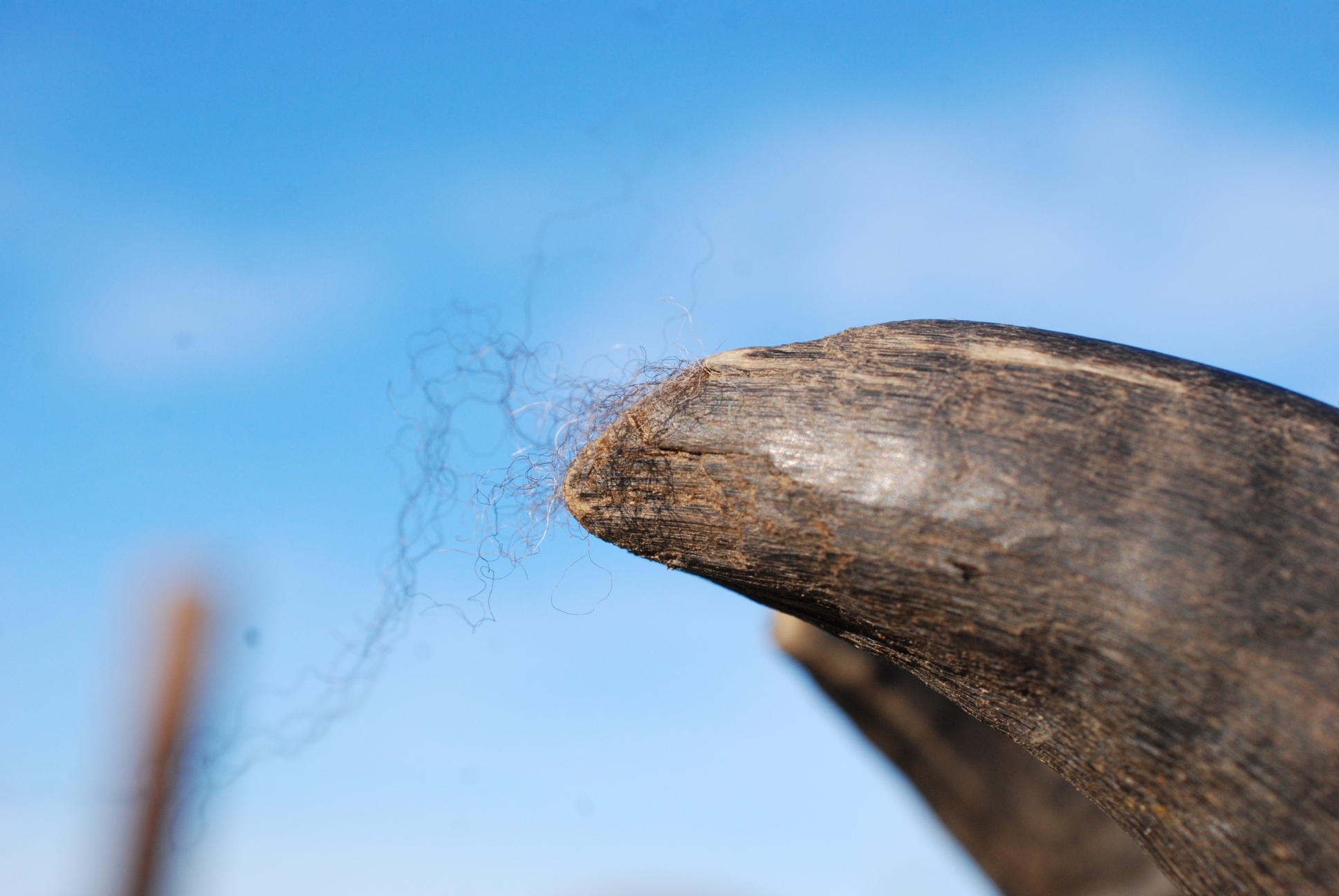
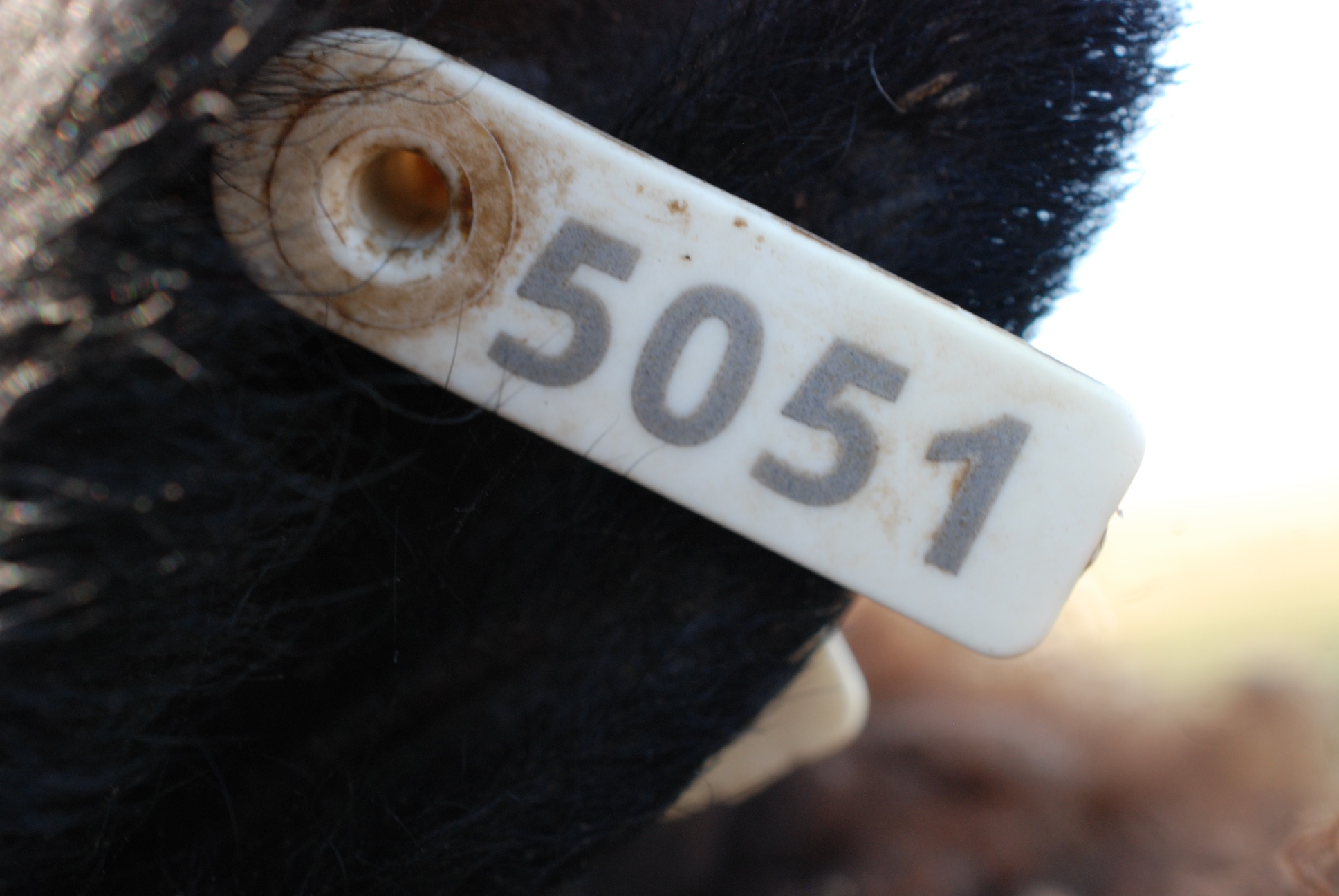
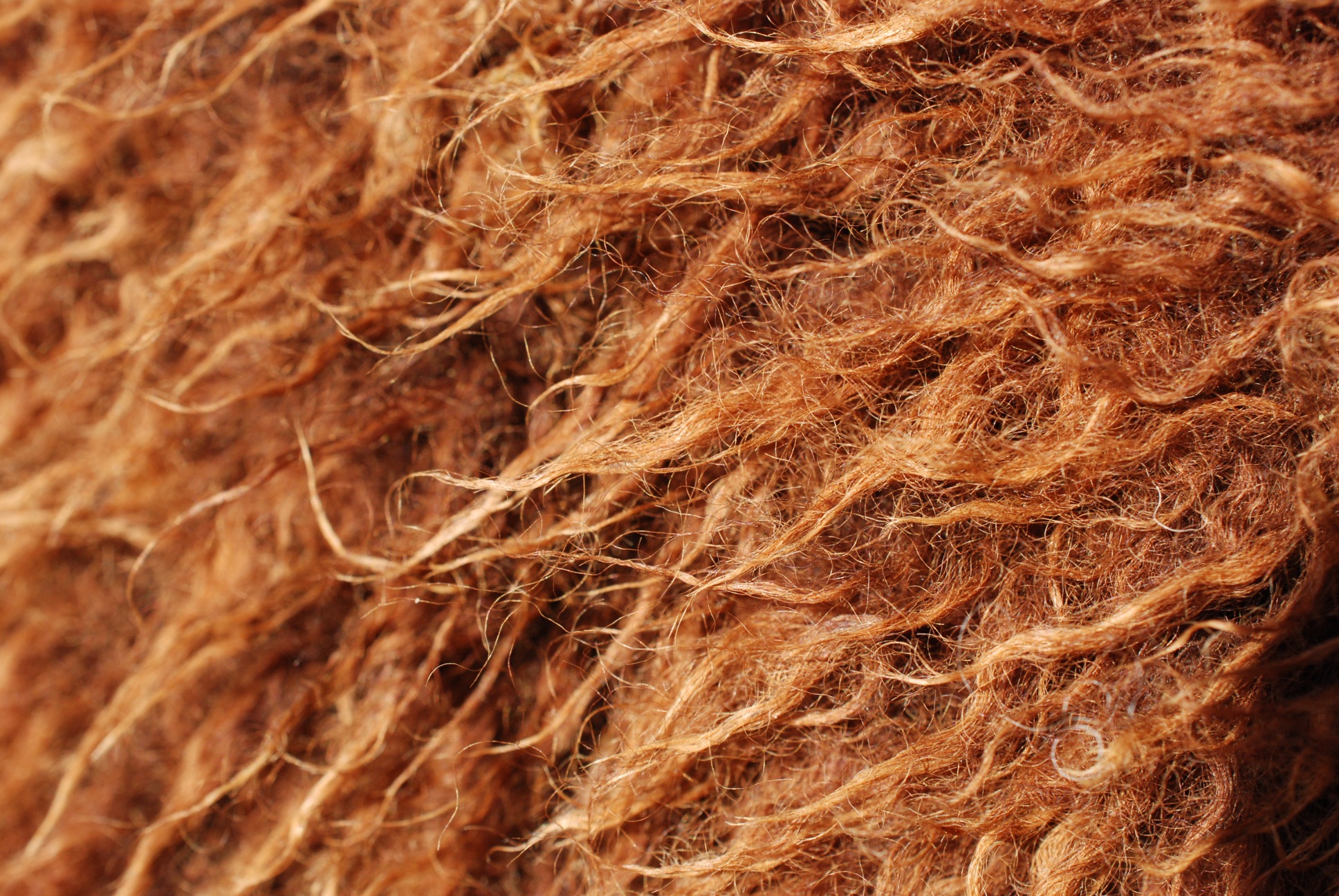
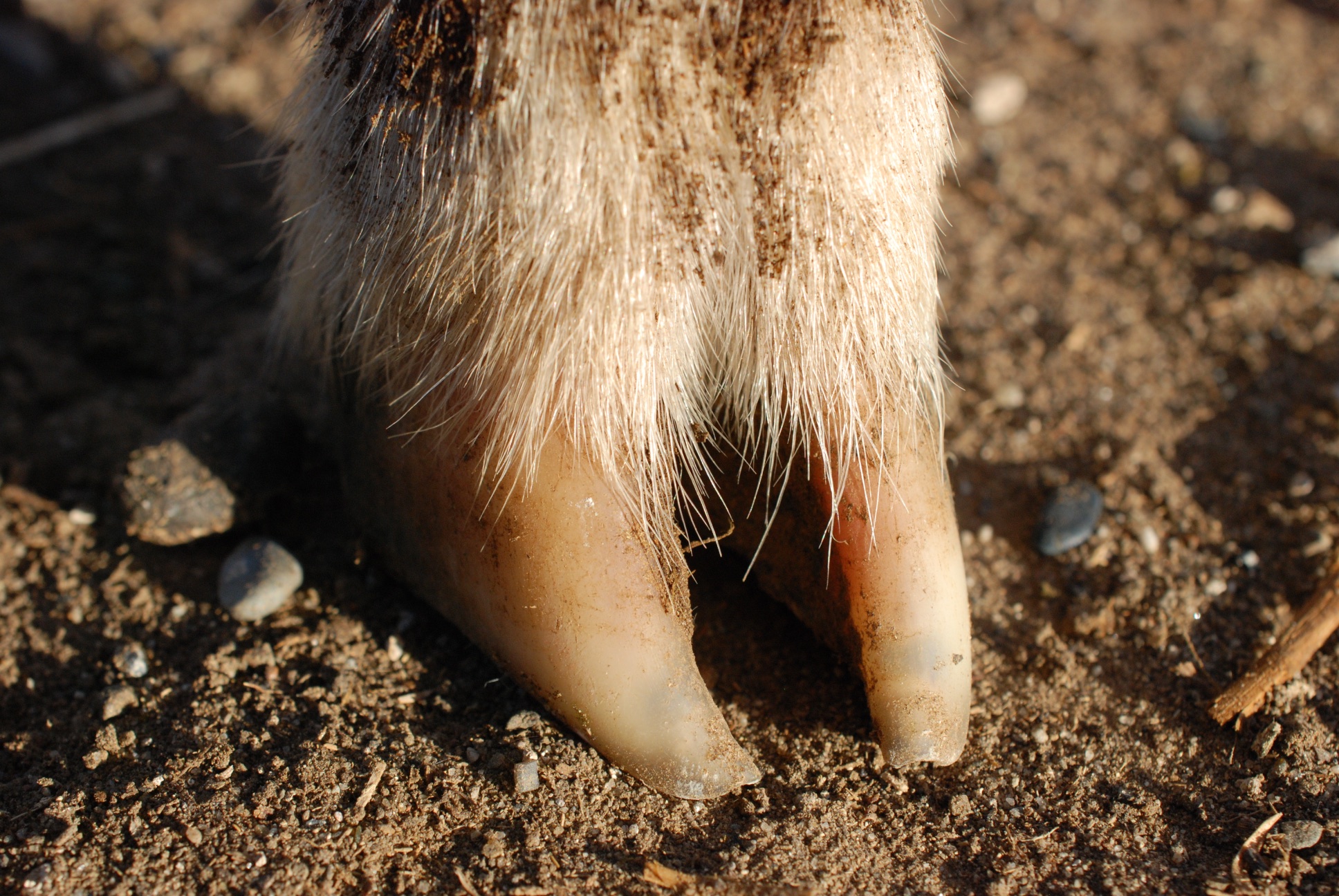
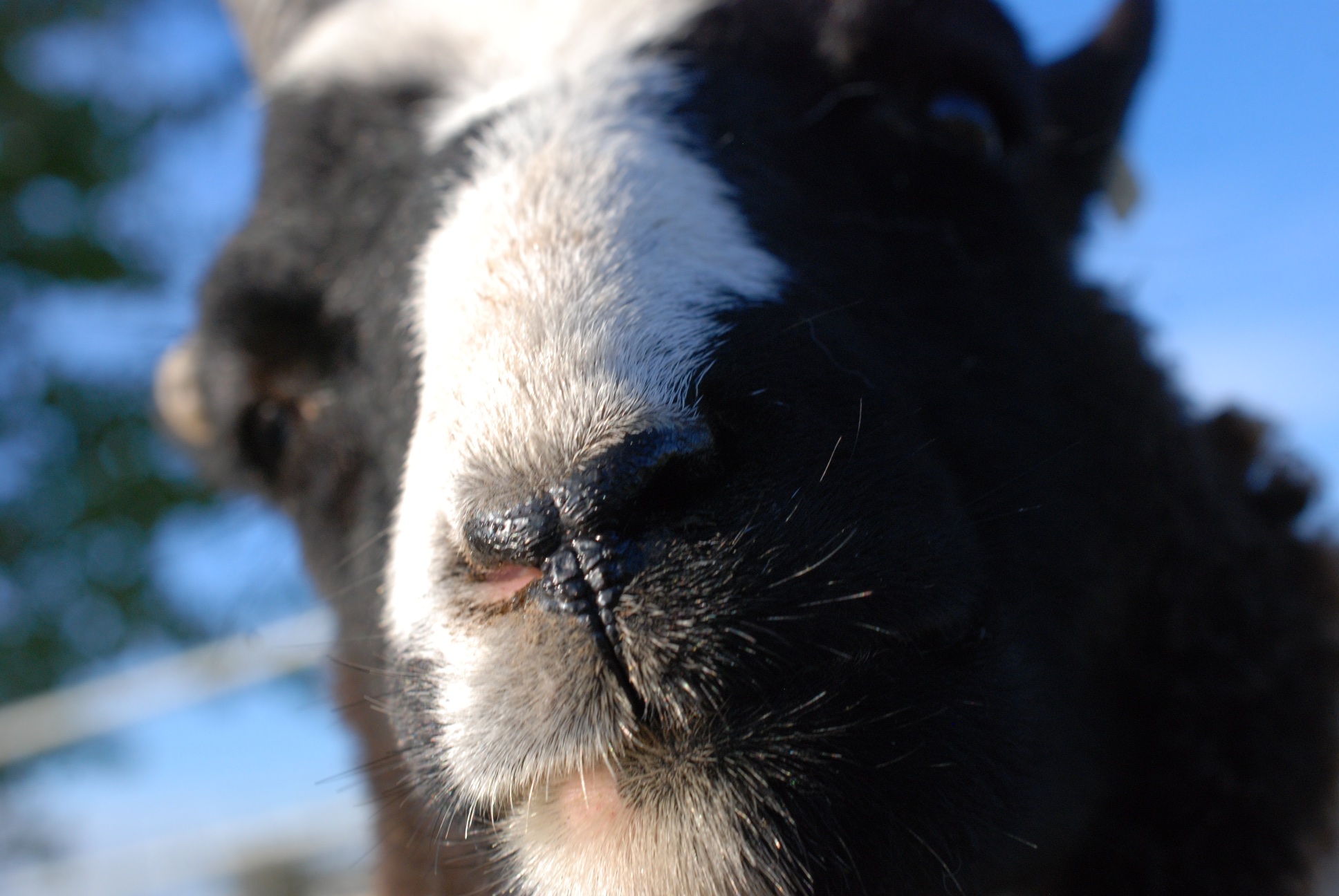
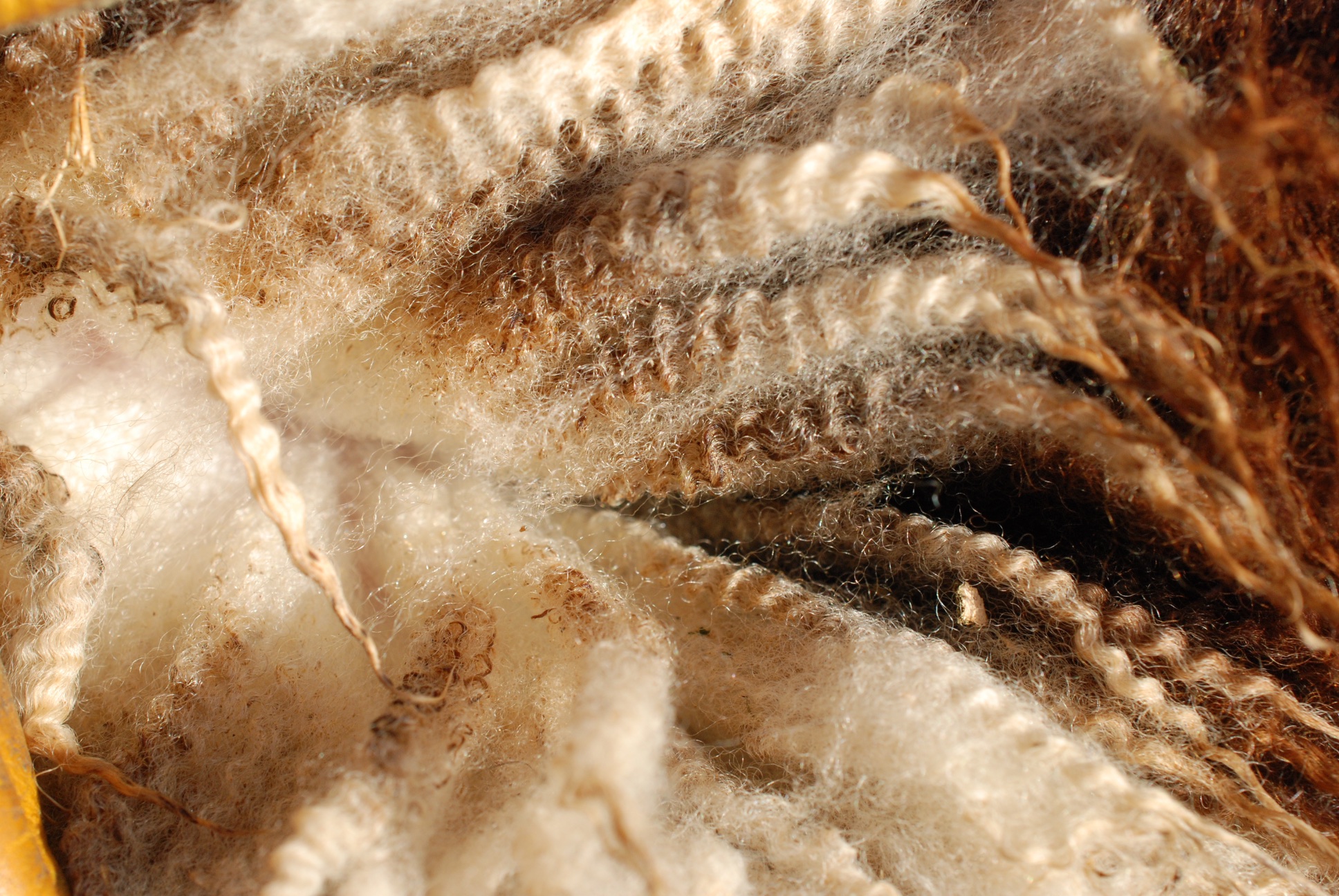 Gorgeous fleece.
Gorgeous fleece.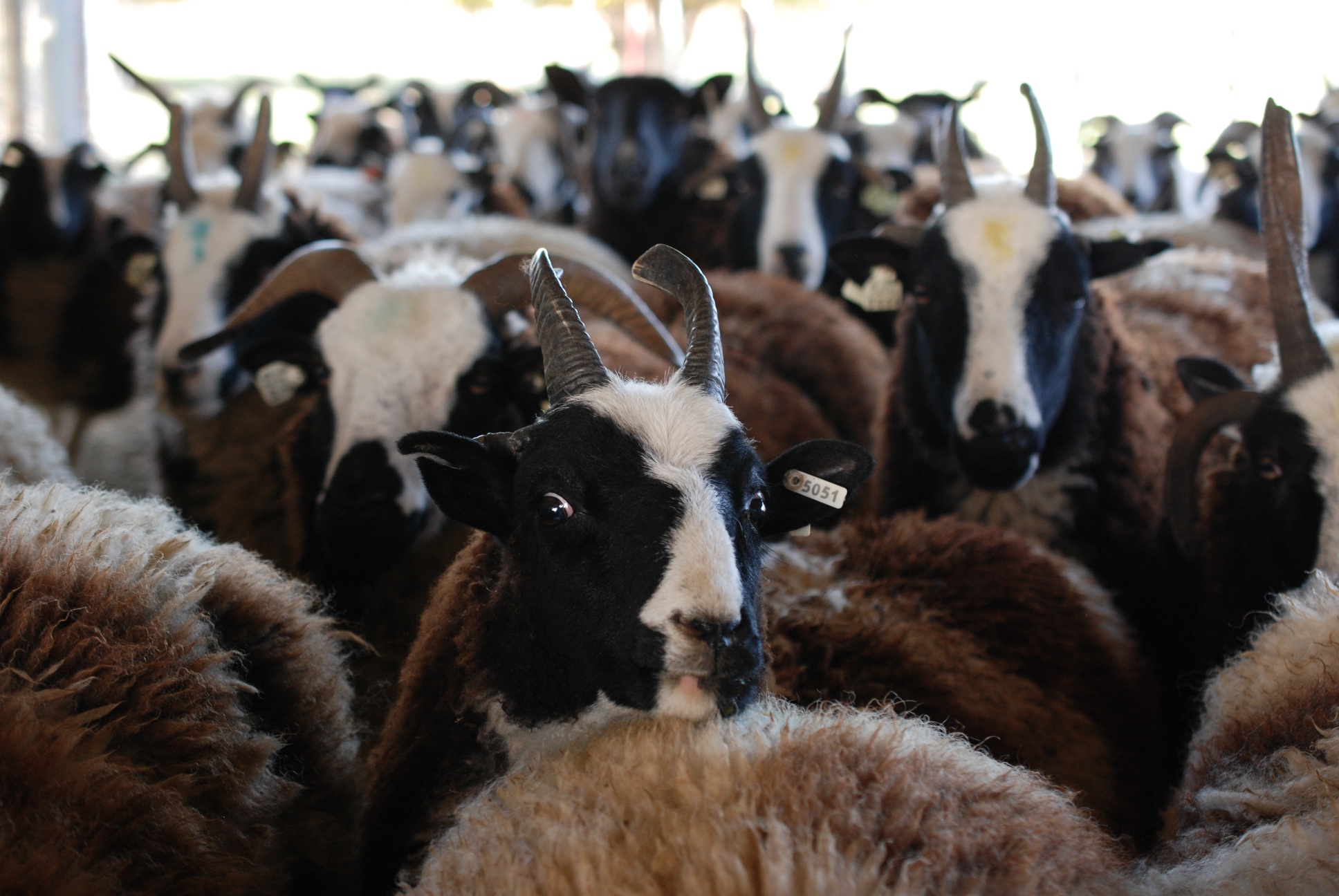 Why, it’s Jade! Who else? She’s the one in the Santa hat in the
Why, it’s Jade! Who else? She’s the one in the Santa hat in the 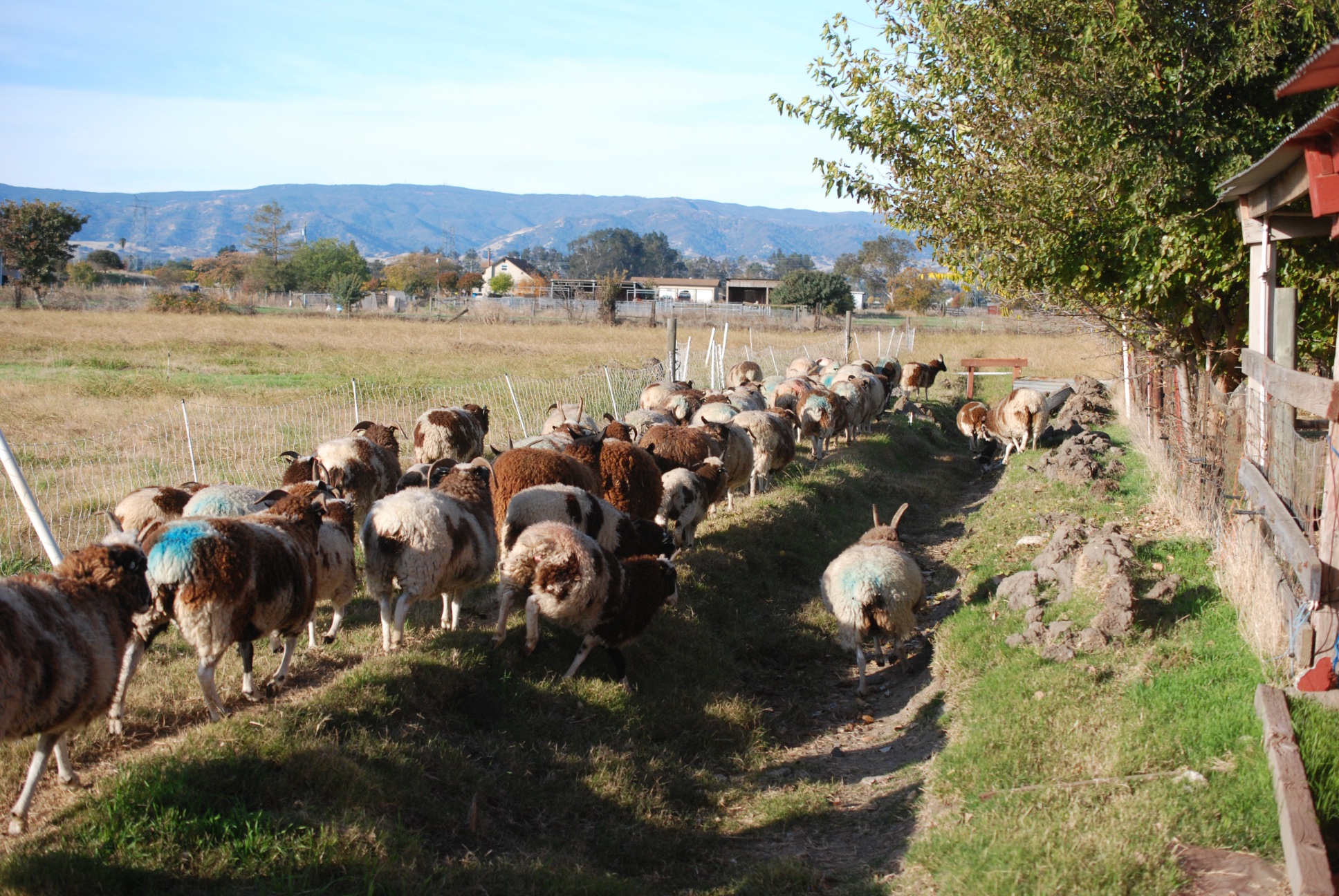 Sheep going out to pasture last week. I’ve closed the gate today. The grasses are dormant and need warm weather and more daylight to get growing well again…if they get water, that is. This grass is showing signs of drying out. I hope some of the rain that is predicted comes through.
Sheep going out to pasture last week. I’ve closed the gate today. The grasses are dormant and need warm weather and more daylight to get growing well again…if they get water, that is. This grass is showing signs of drying out. I hope some of the rain that is predicted comes through.